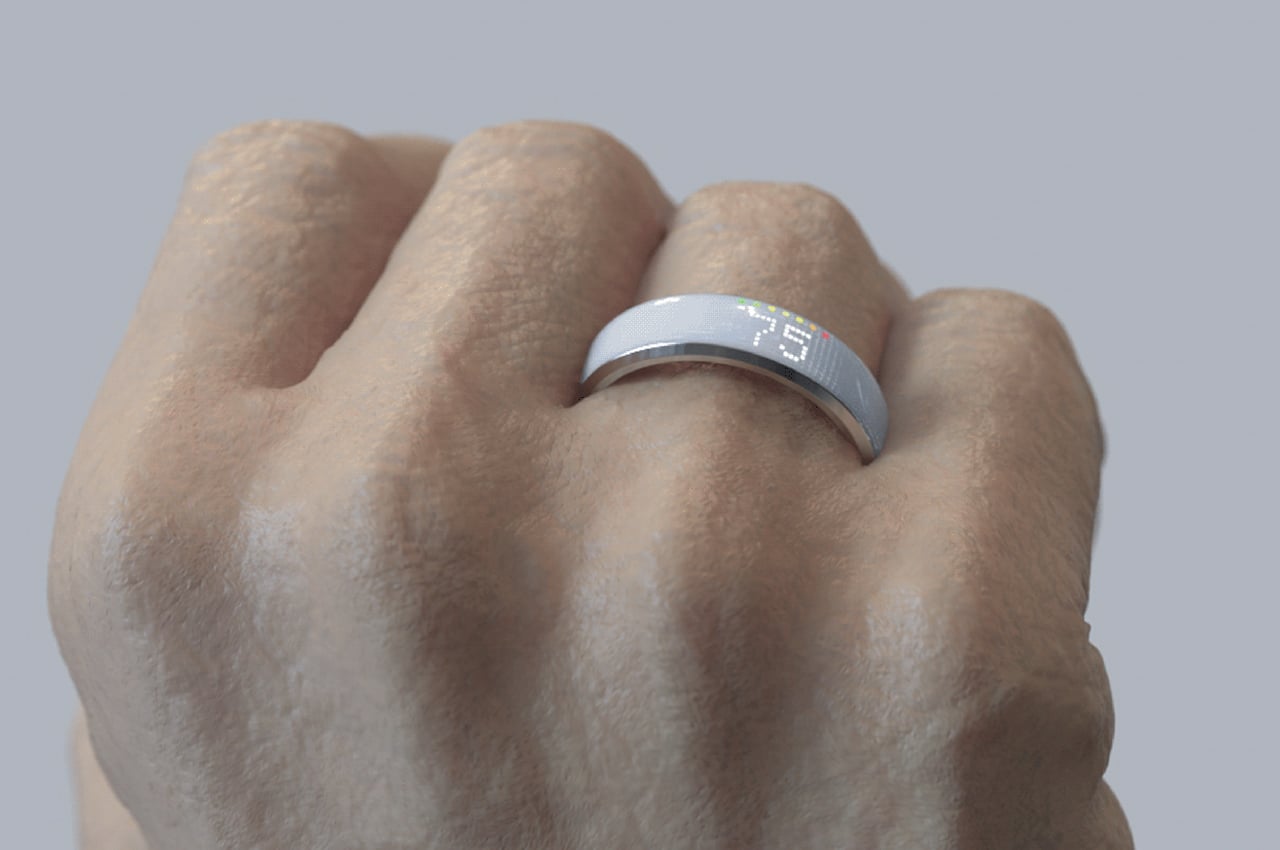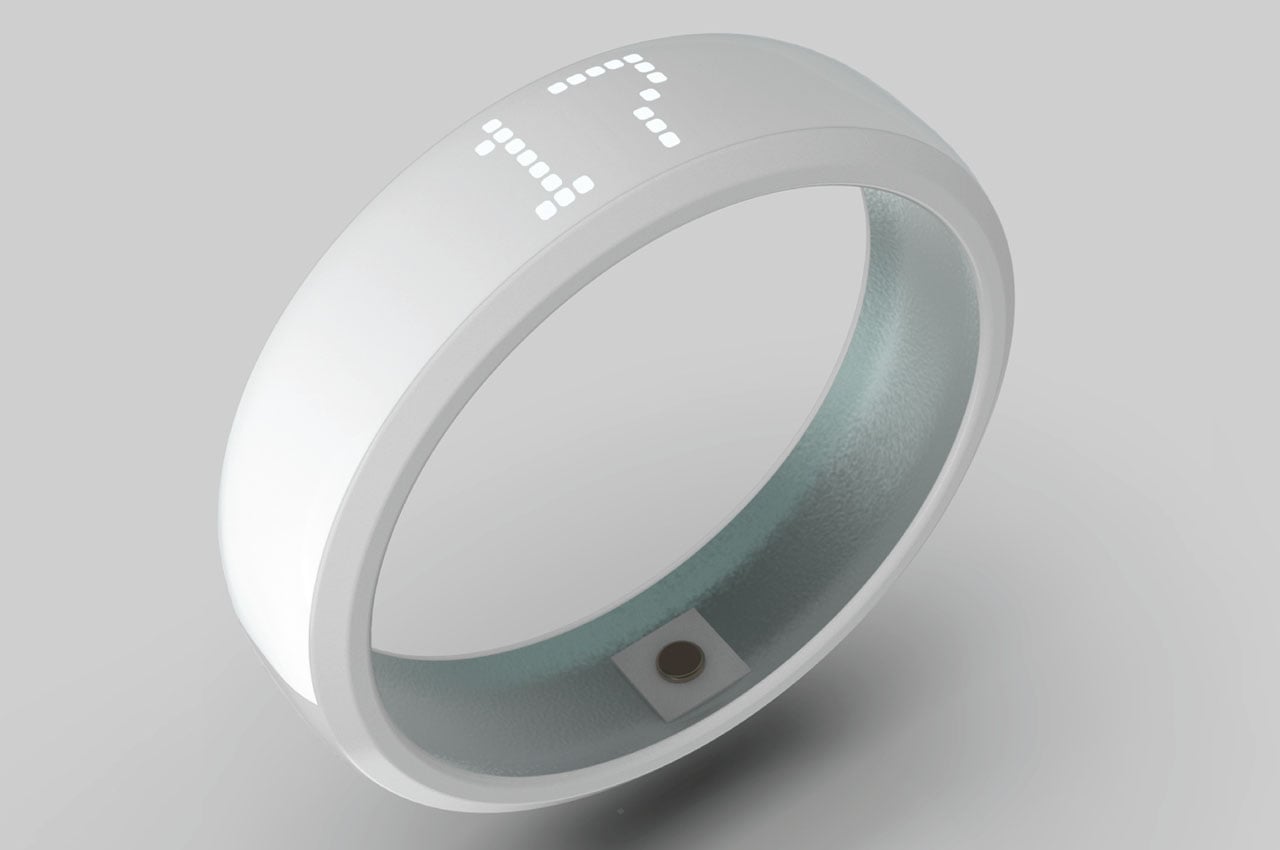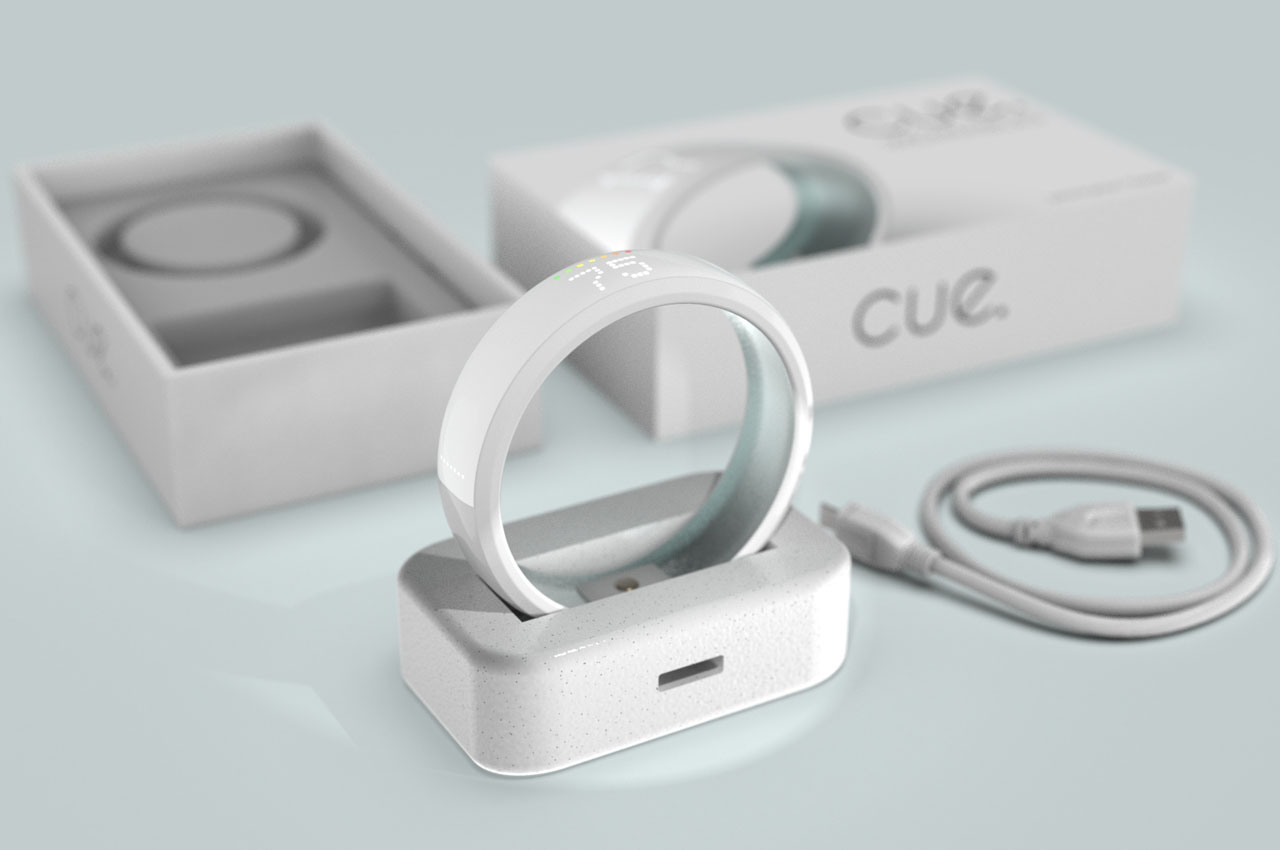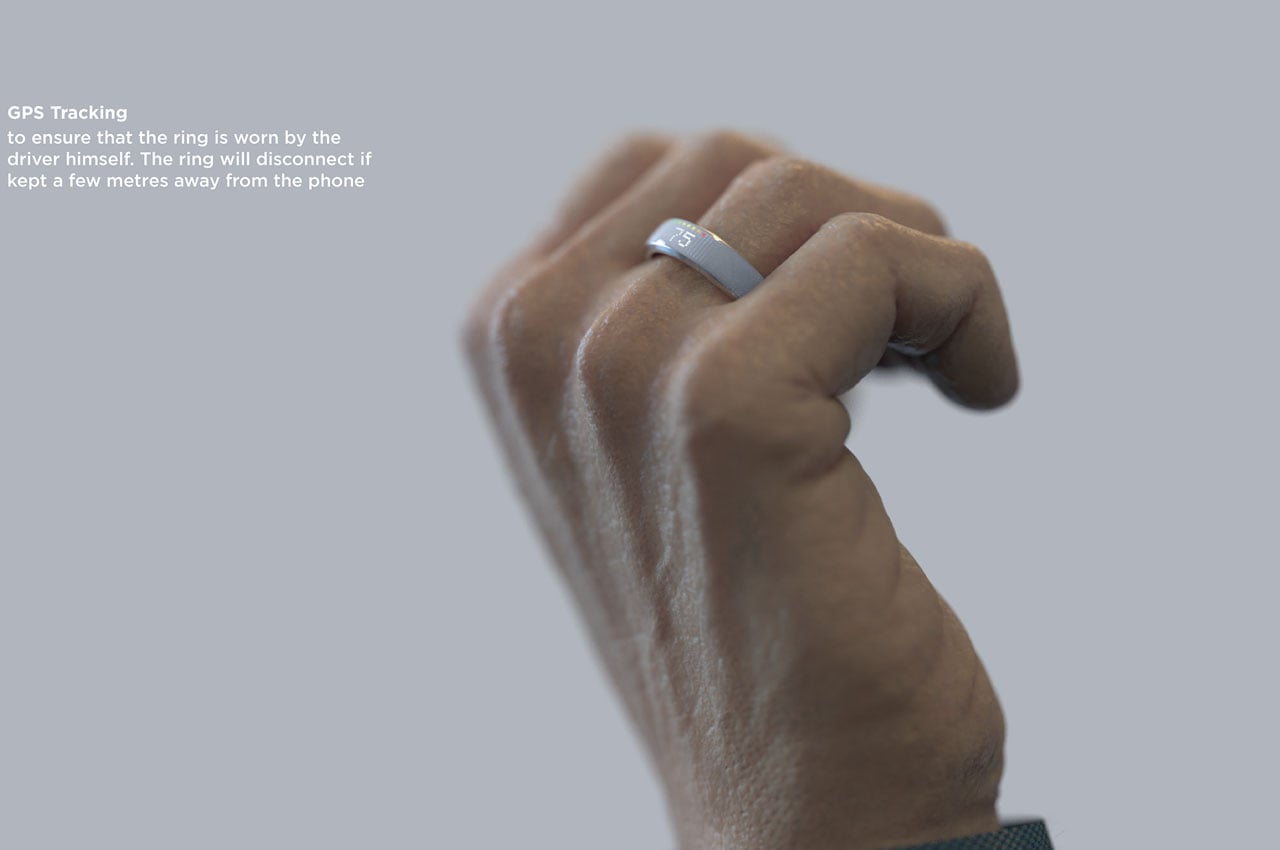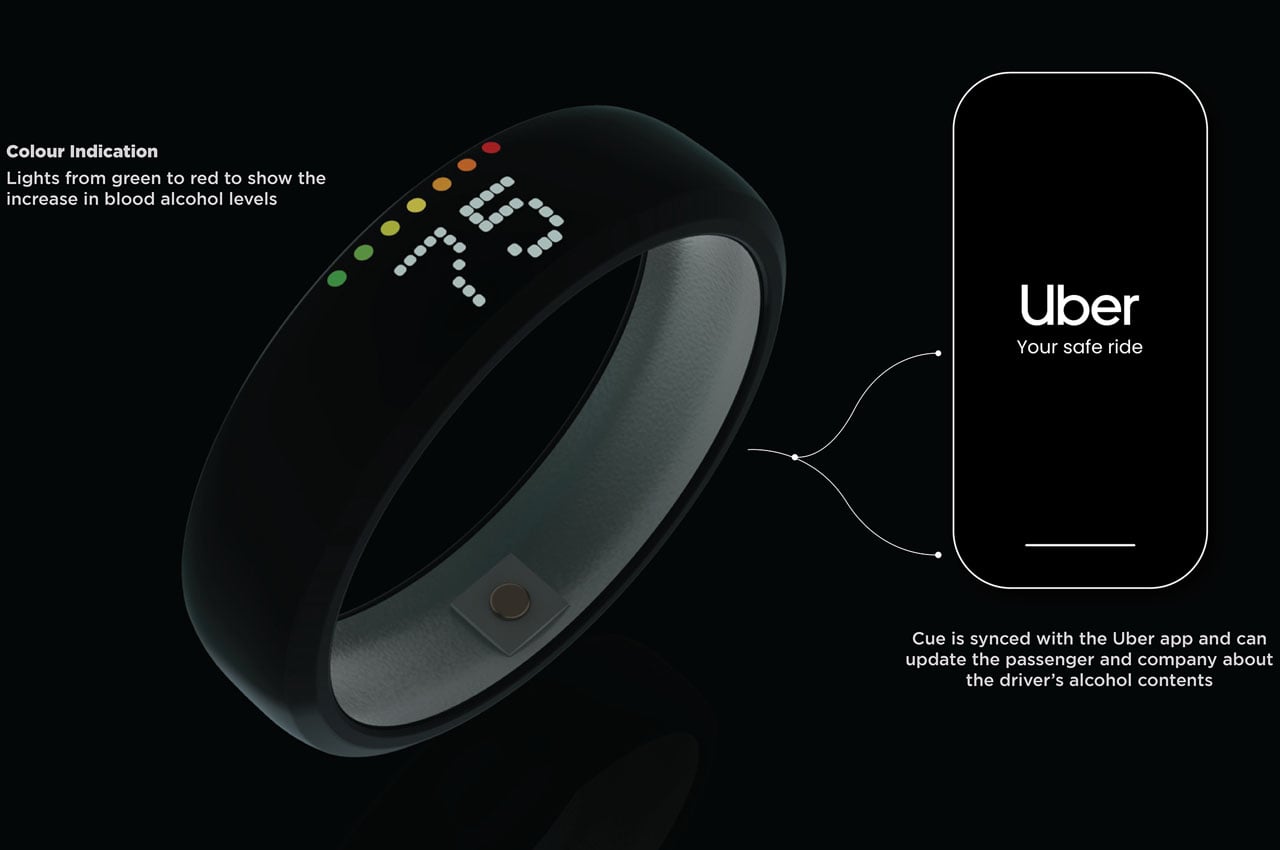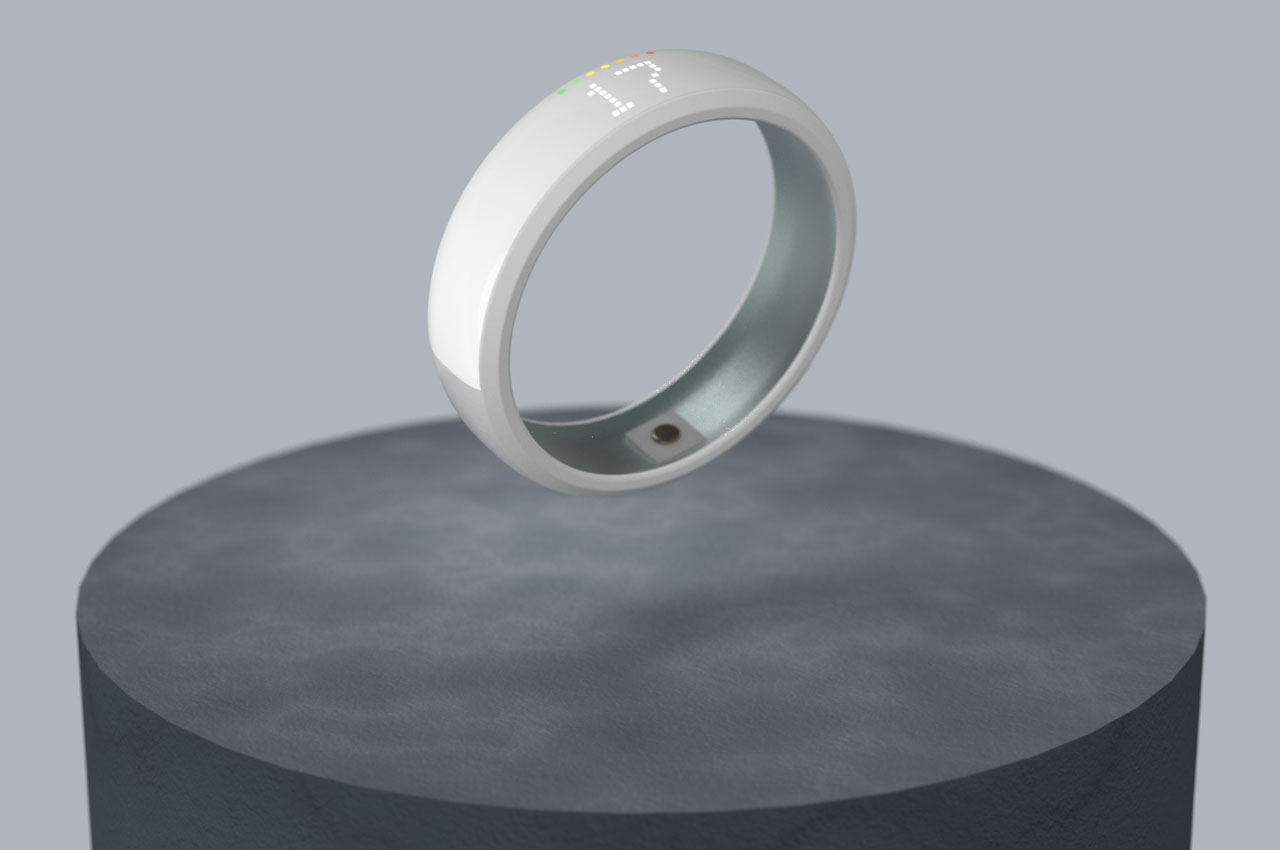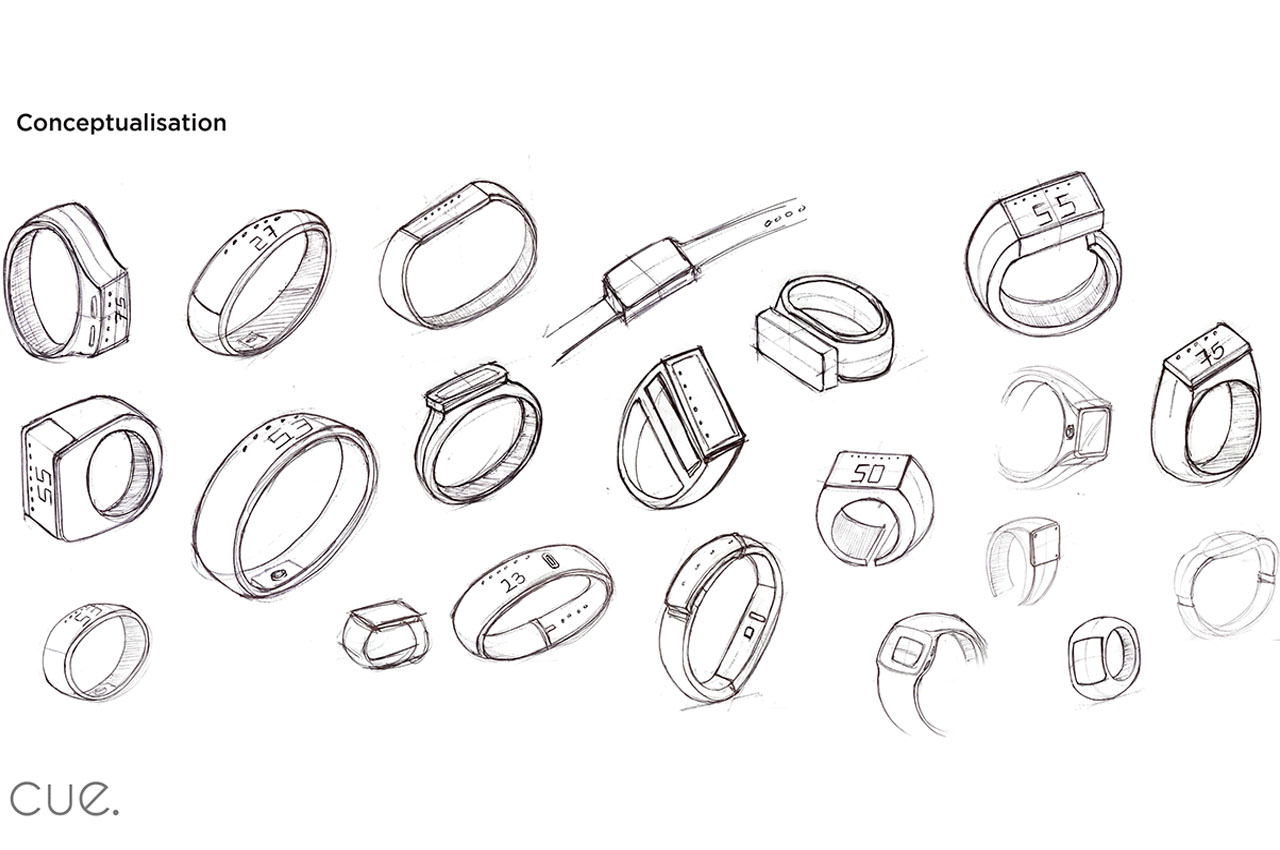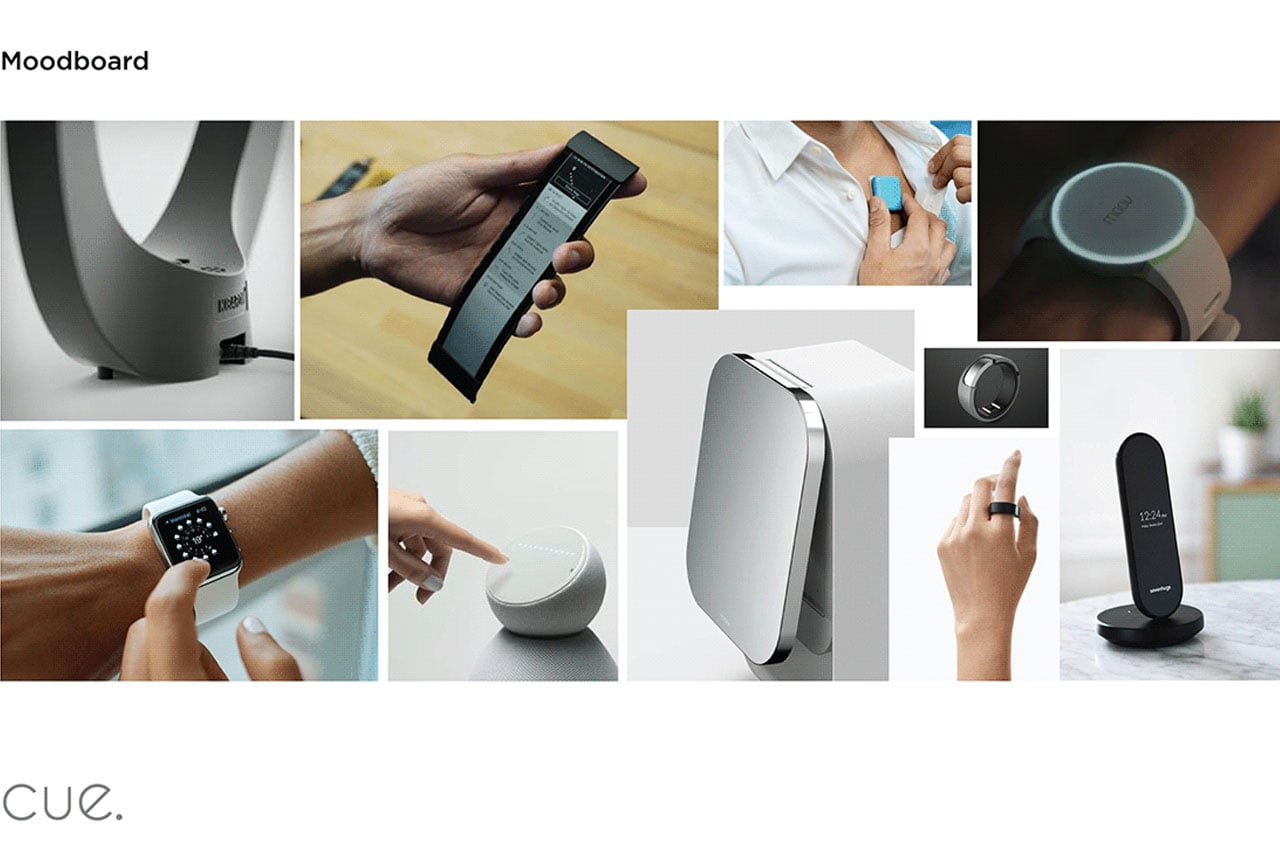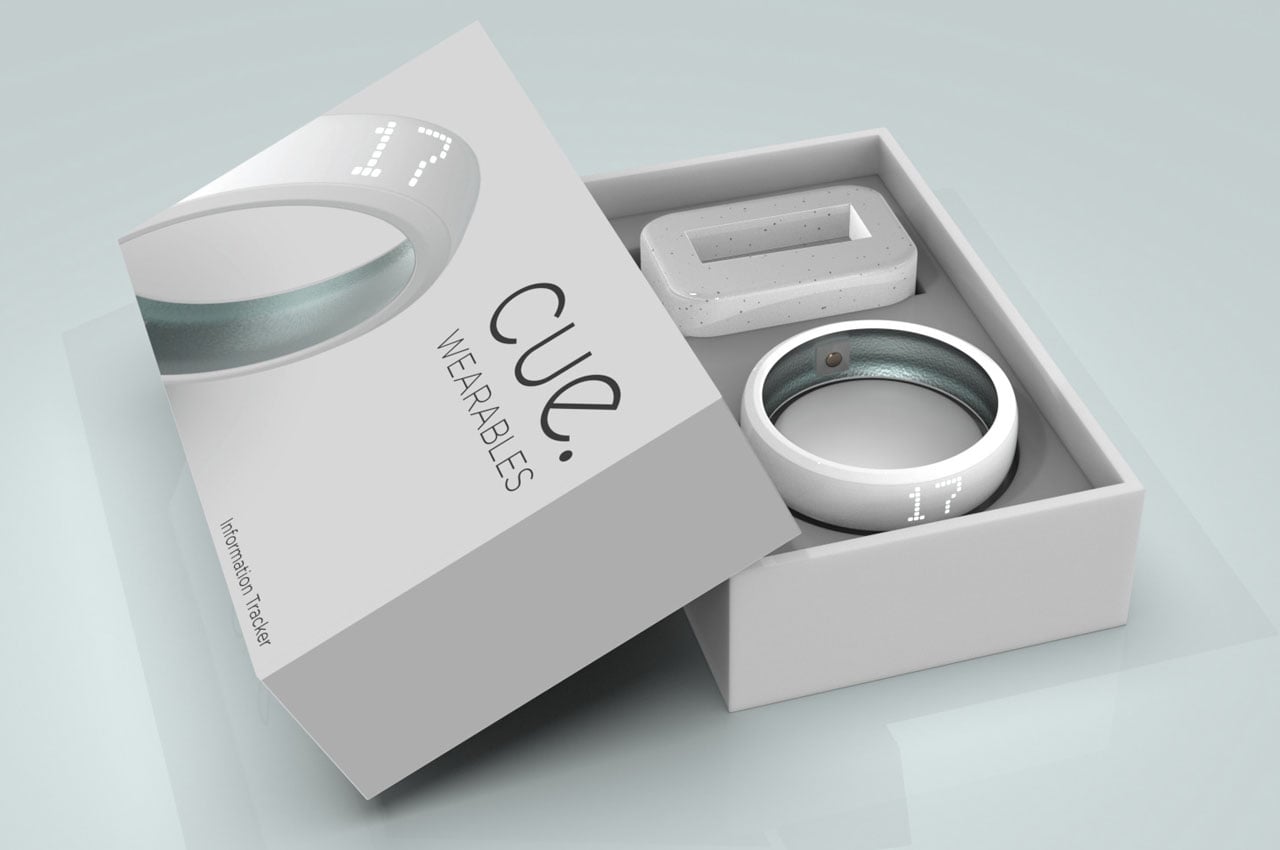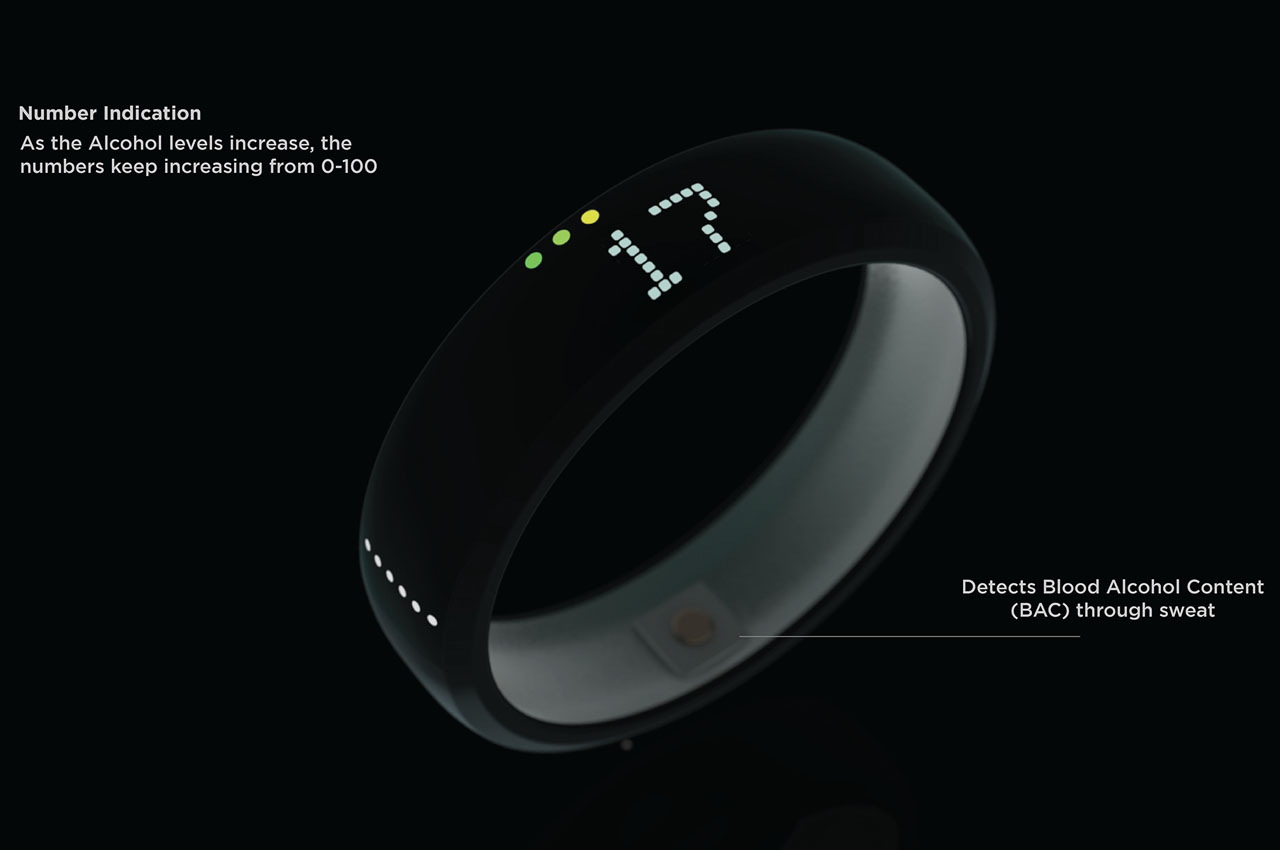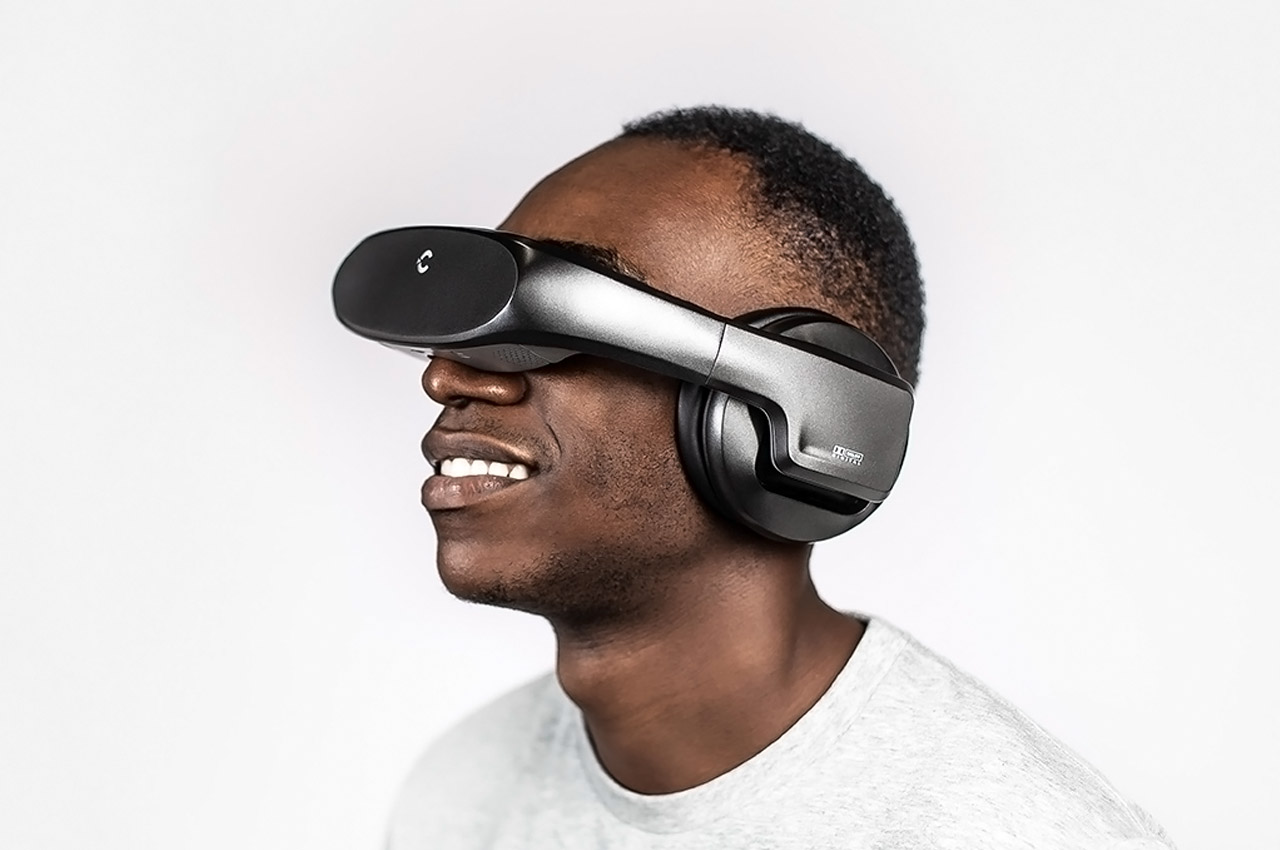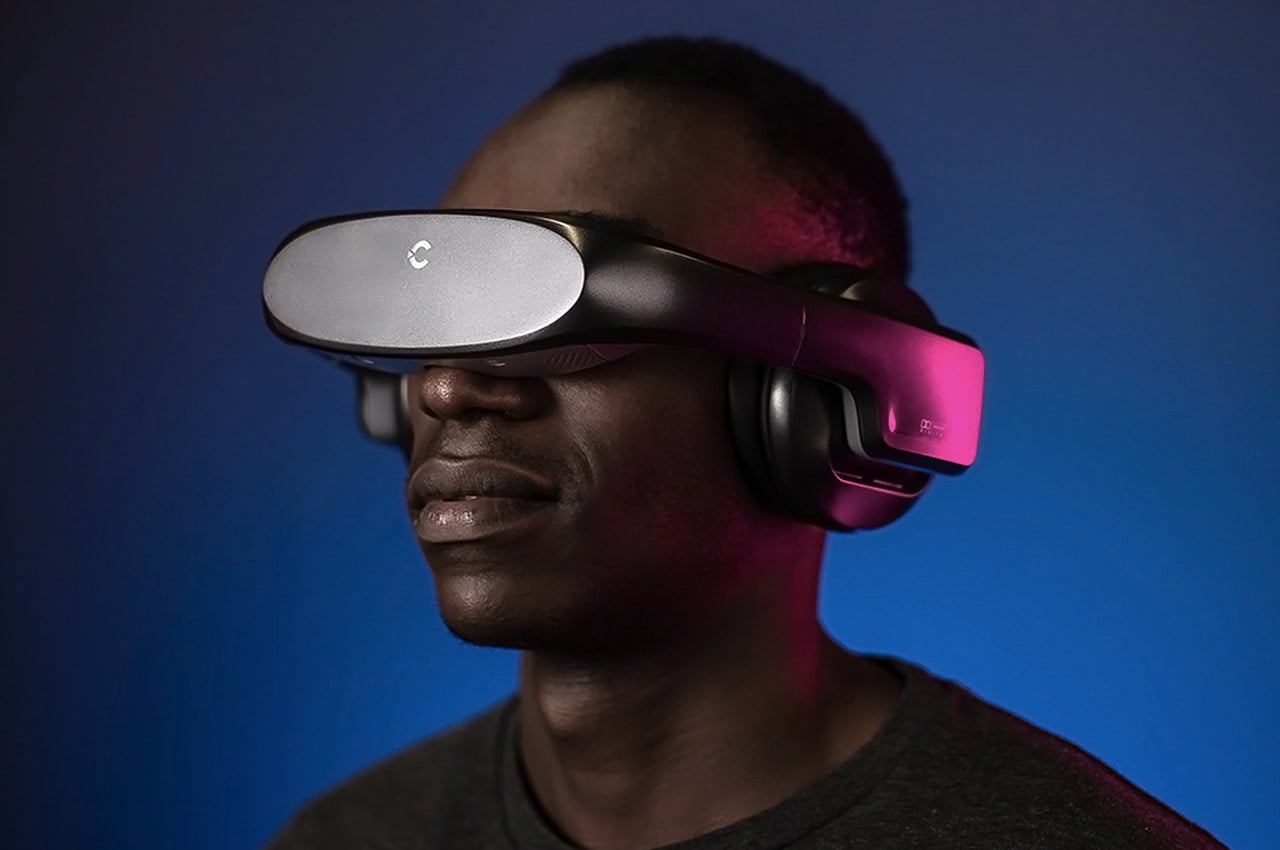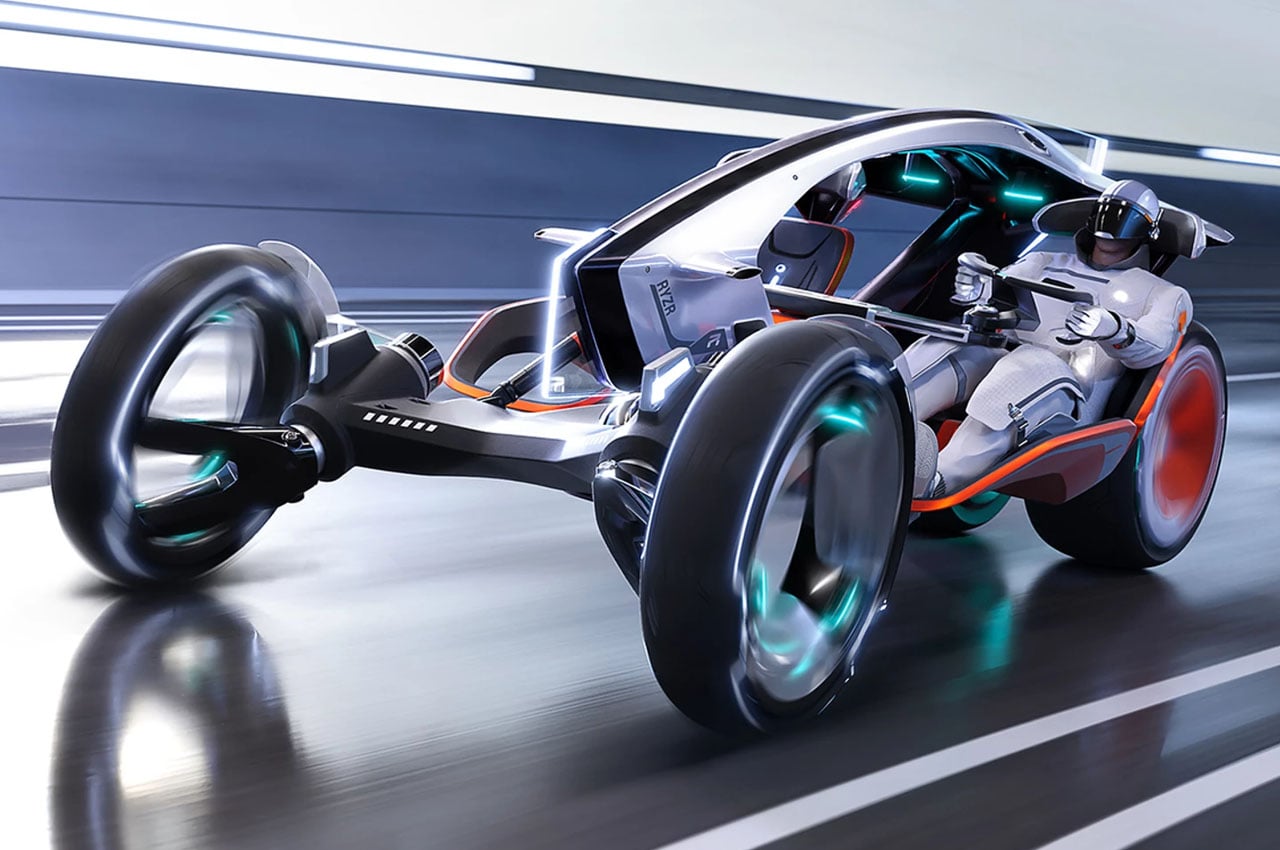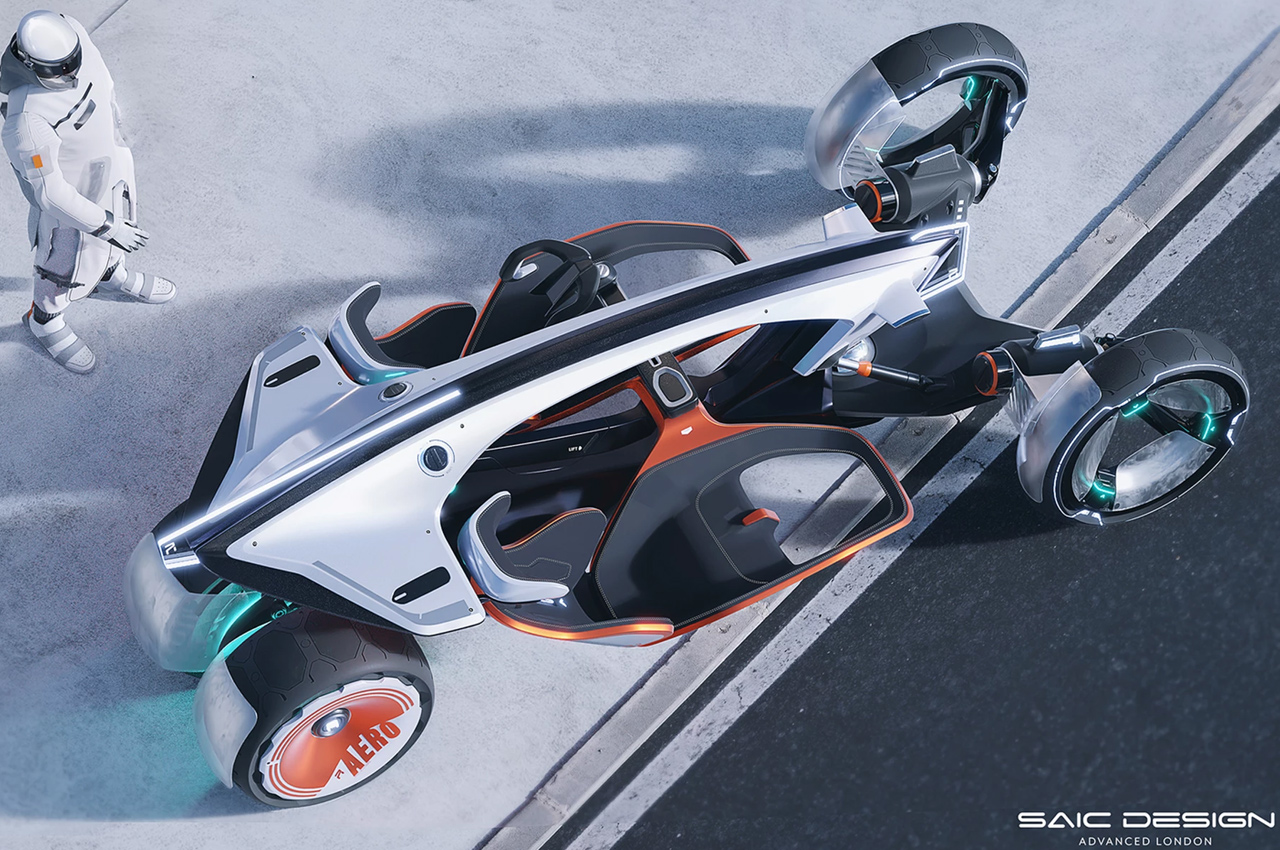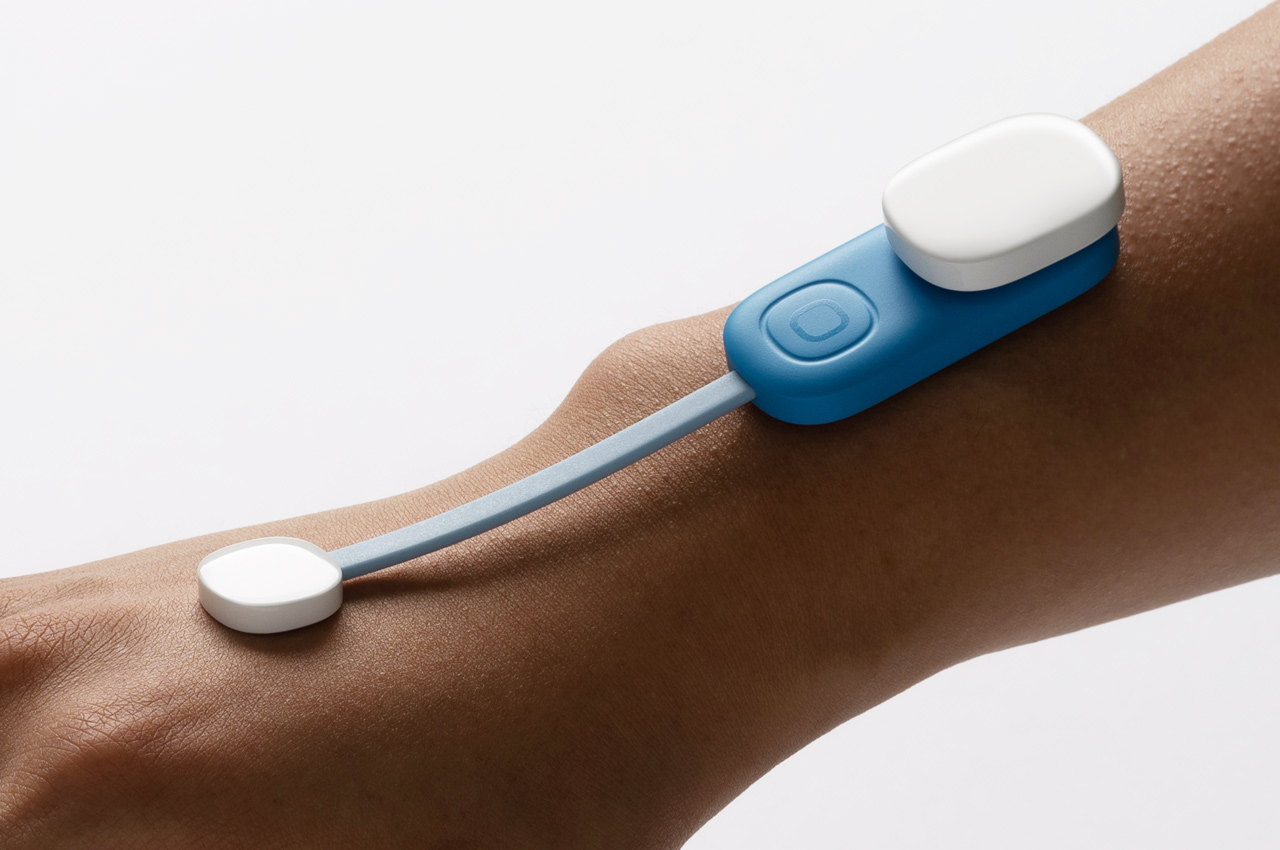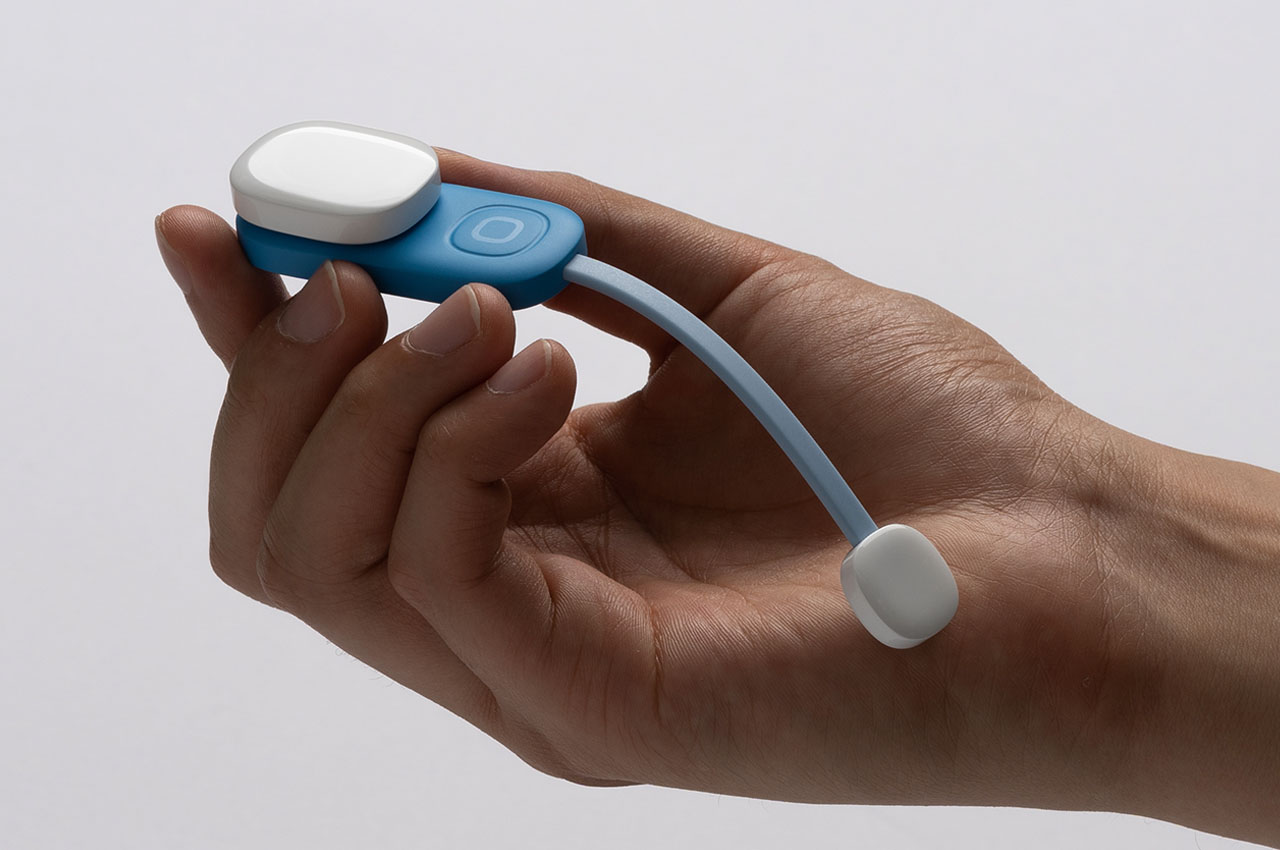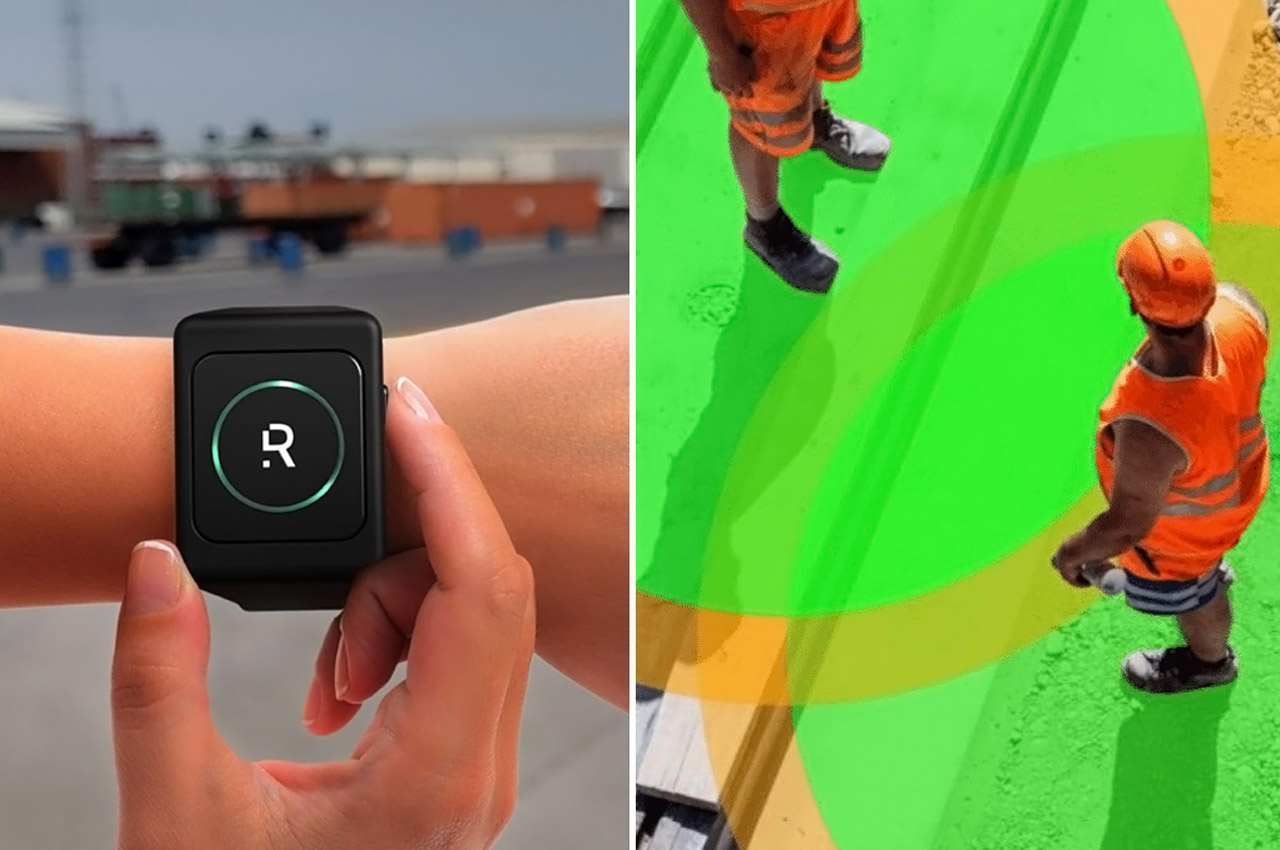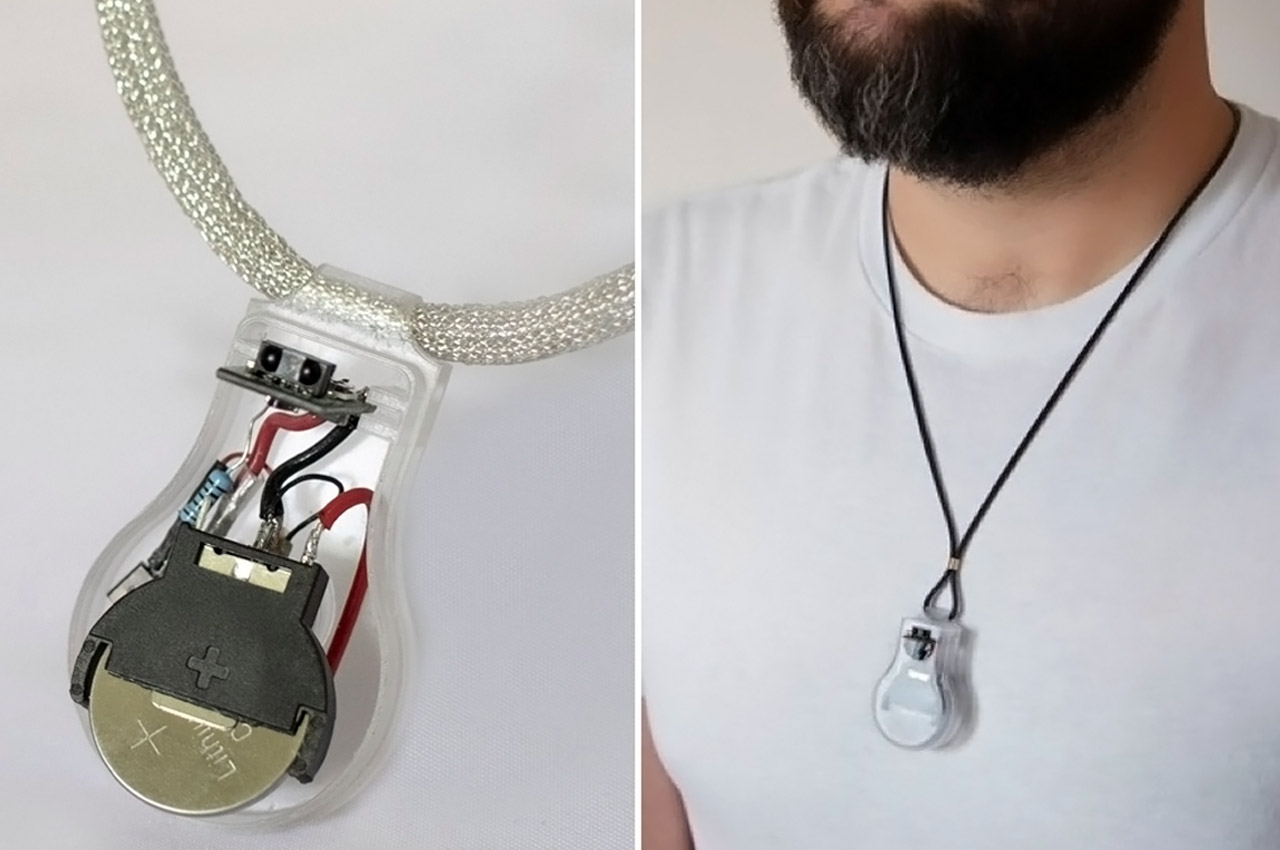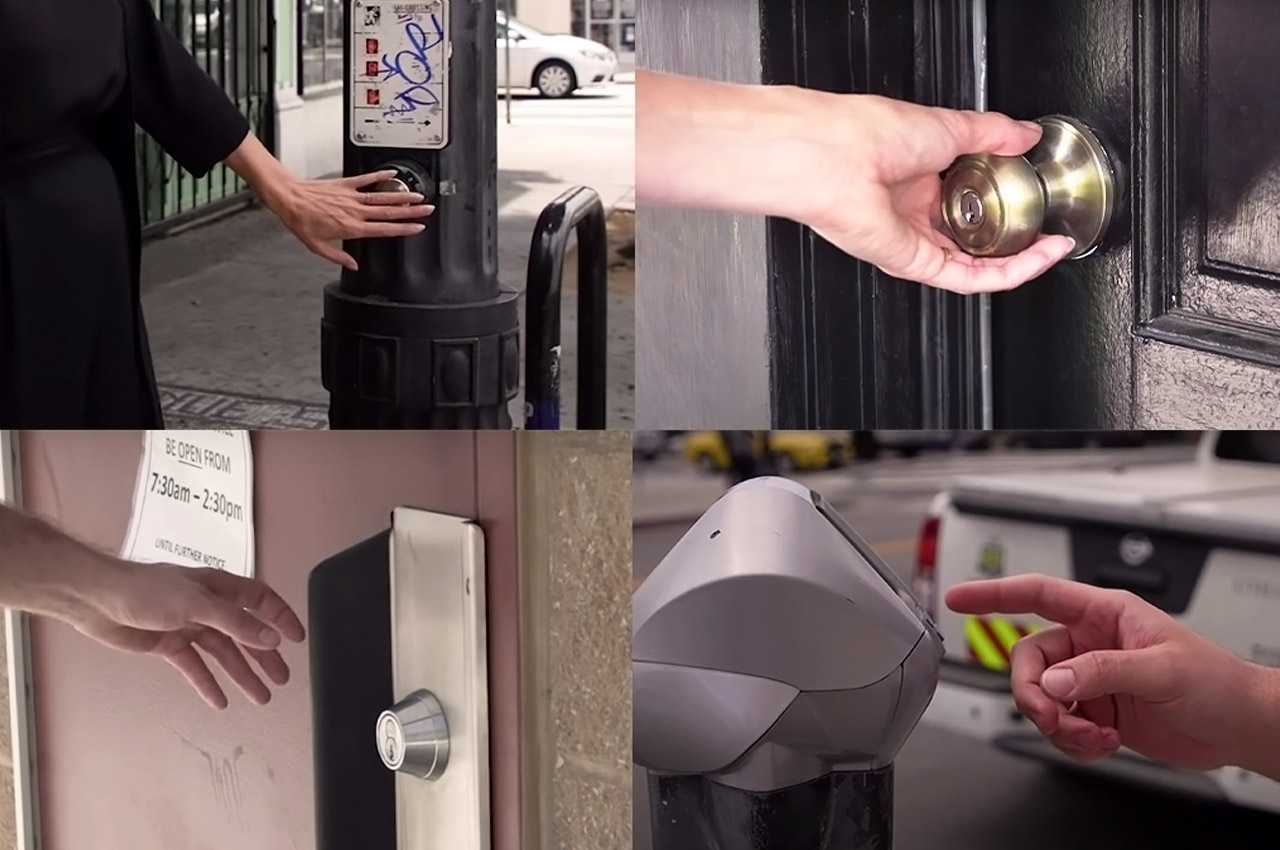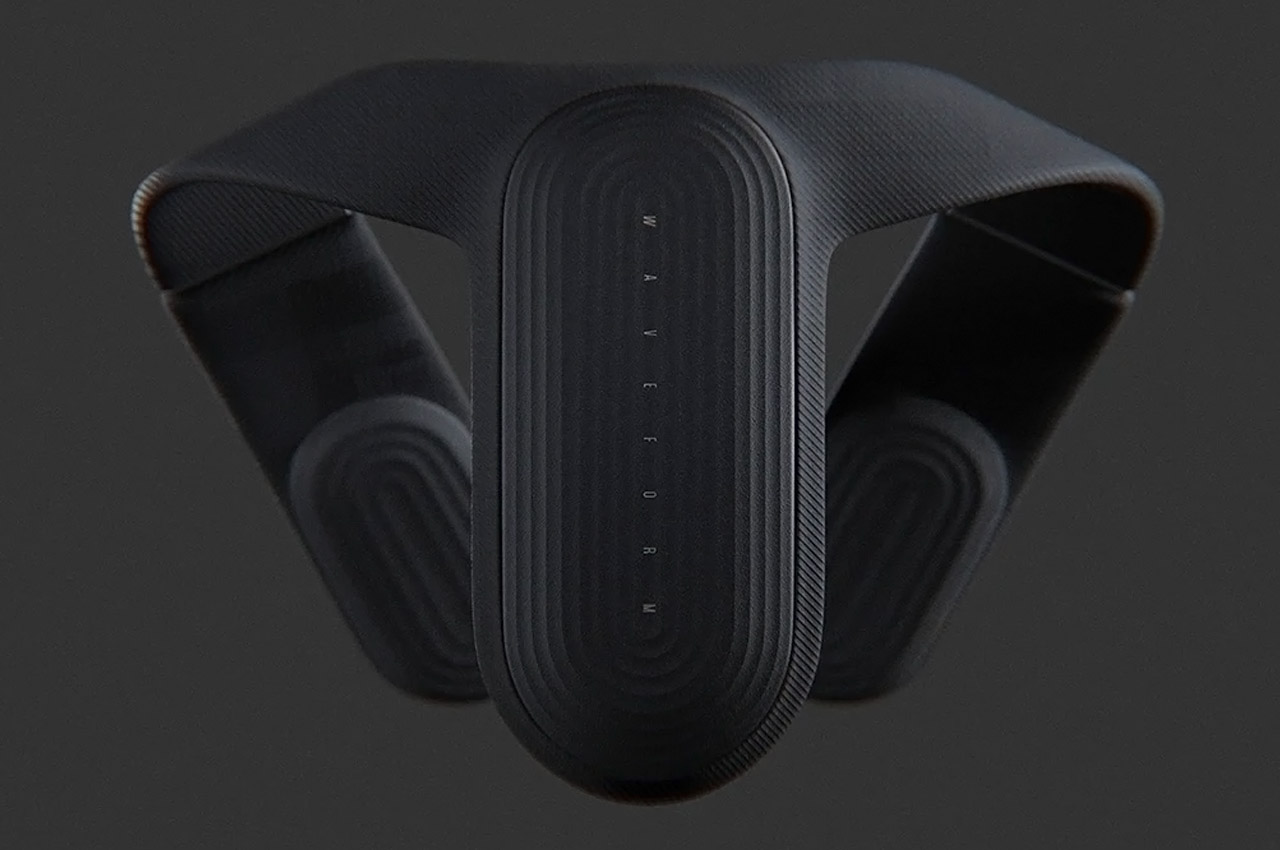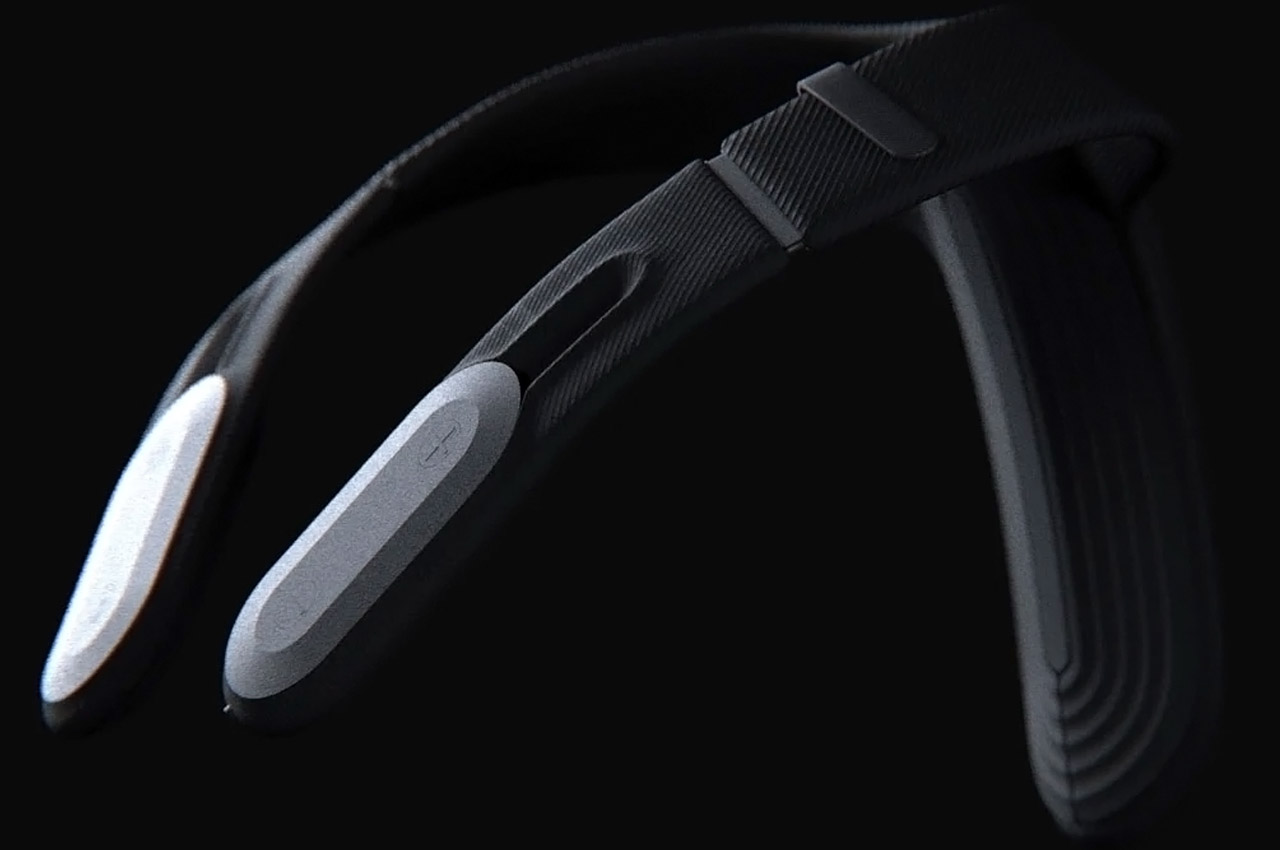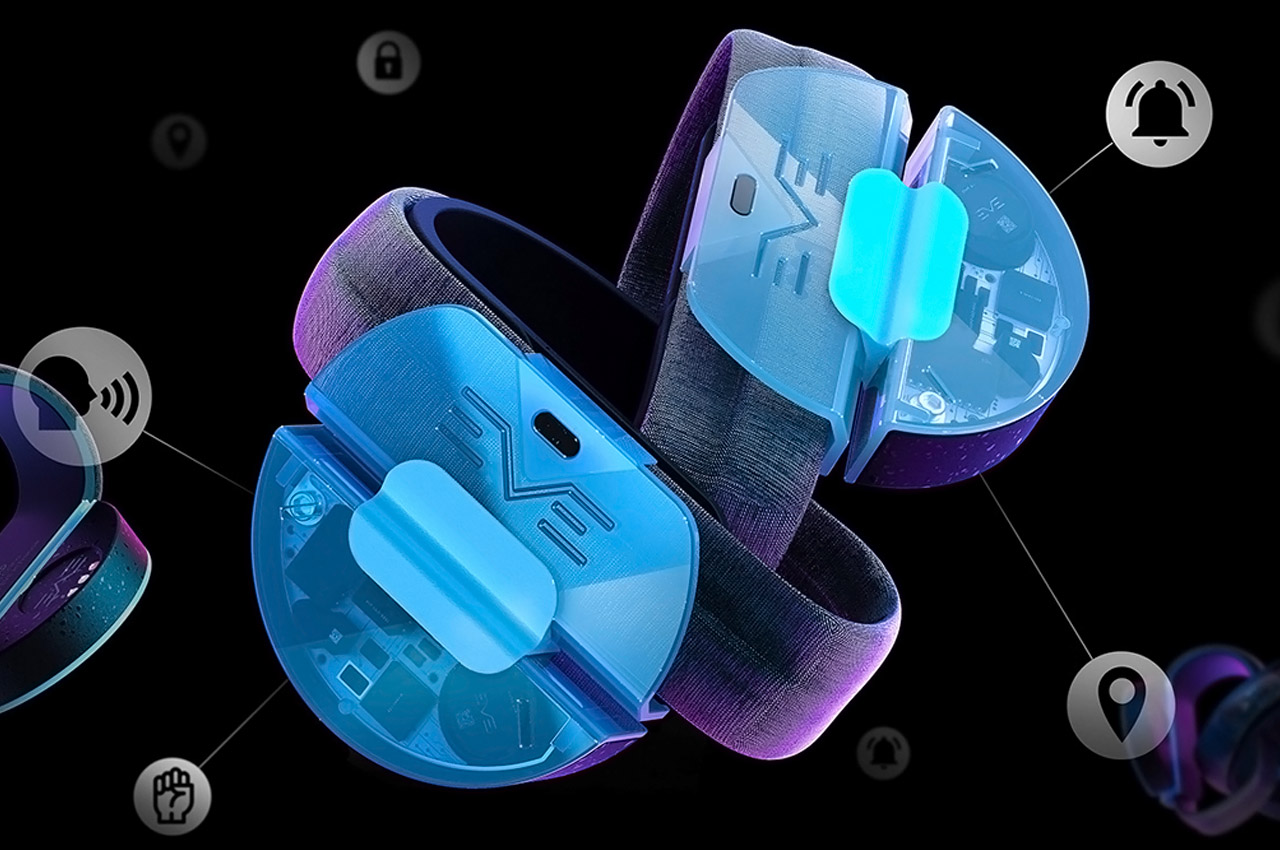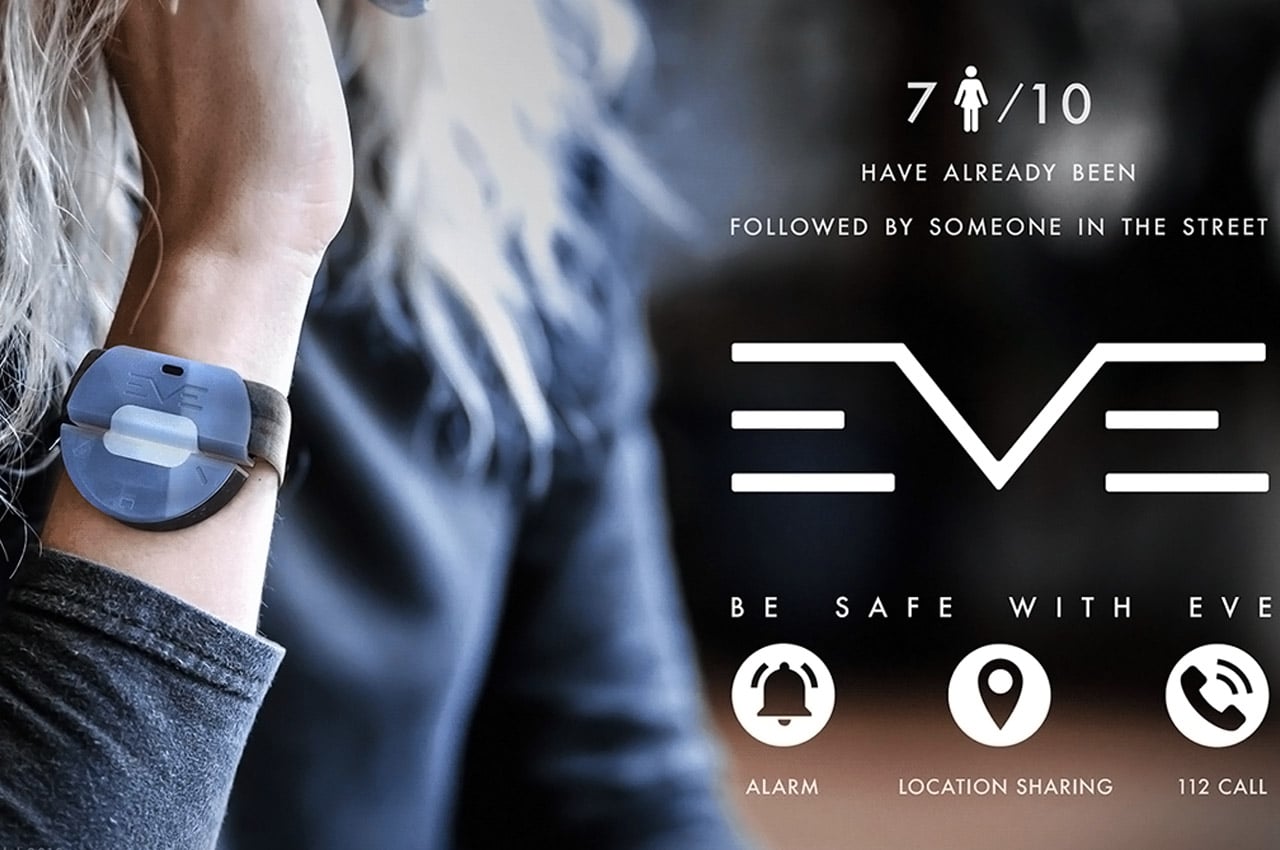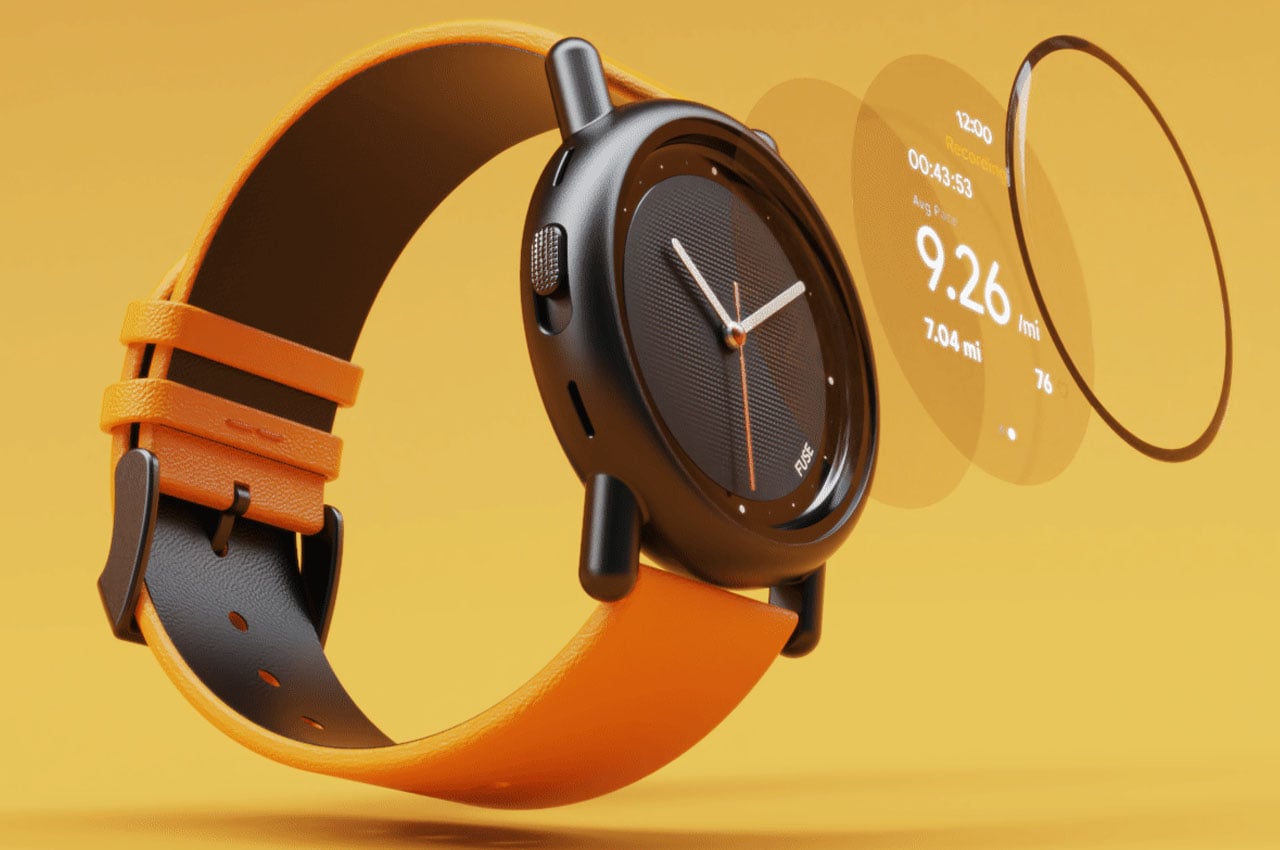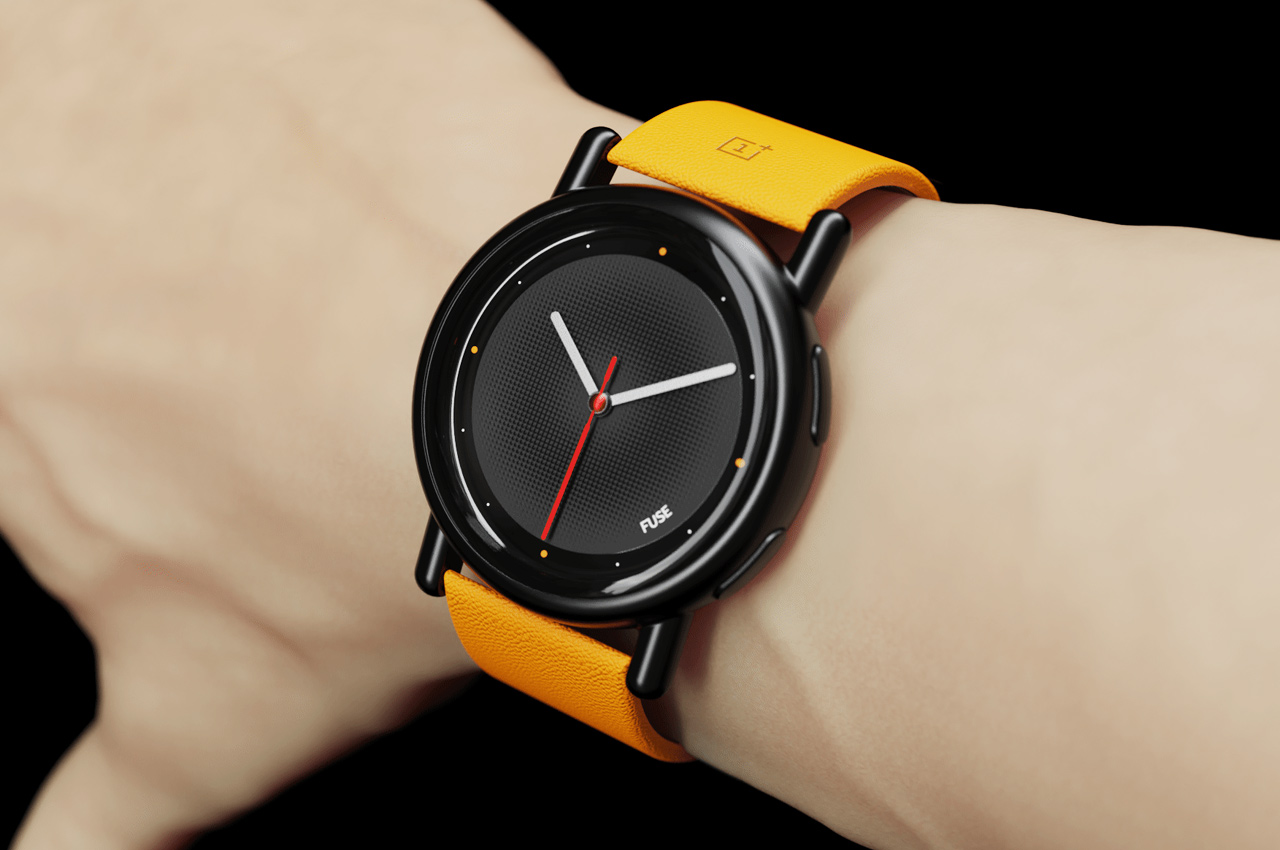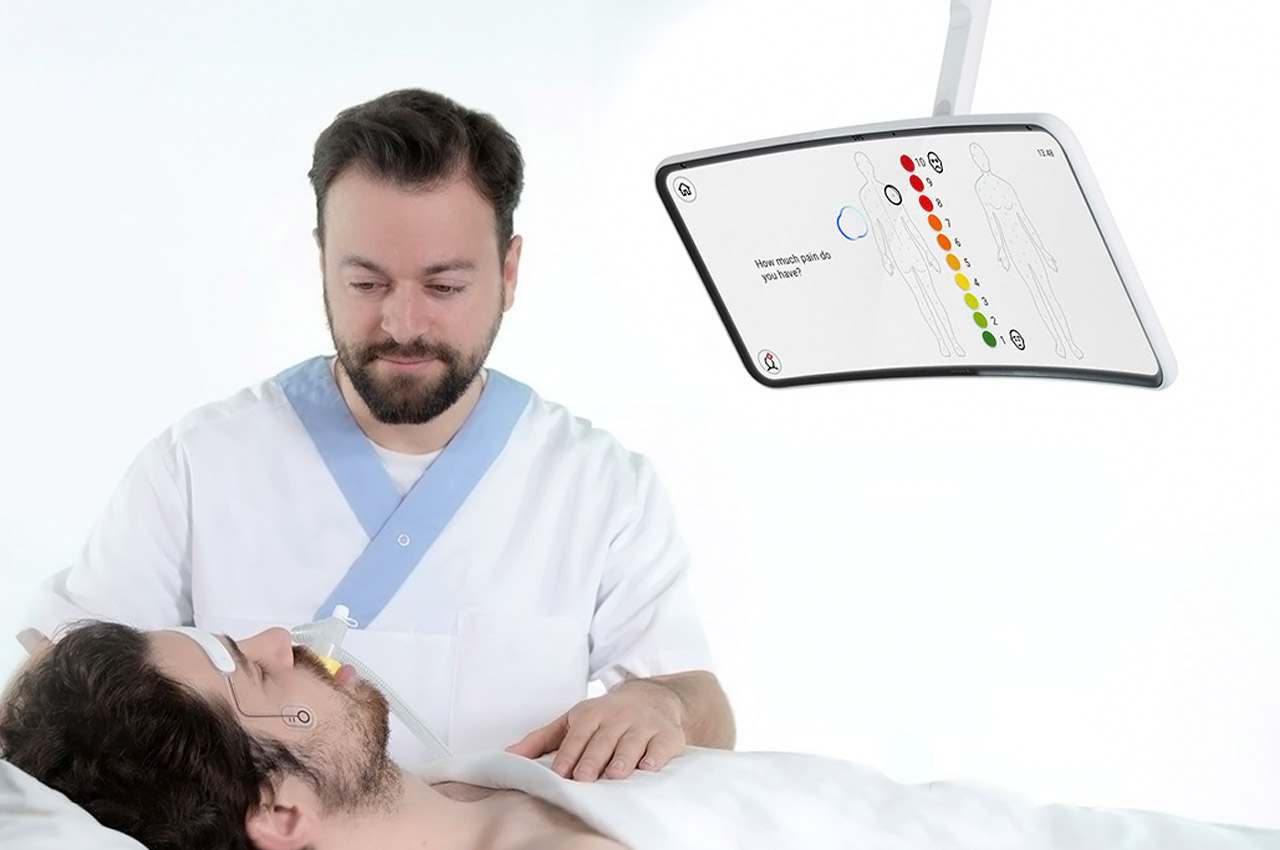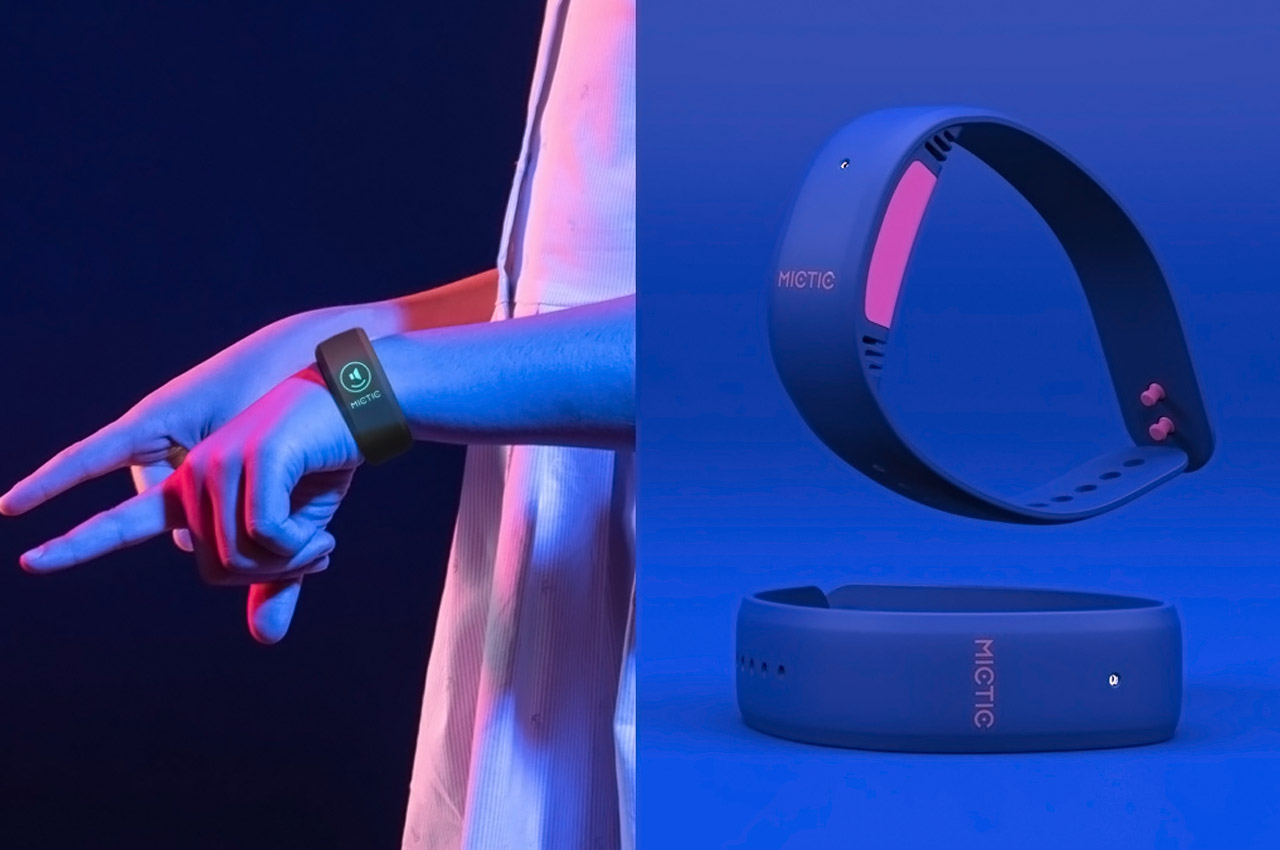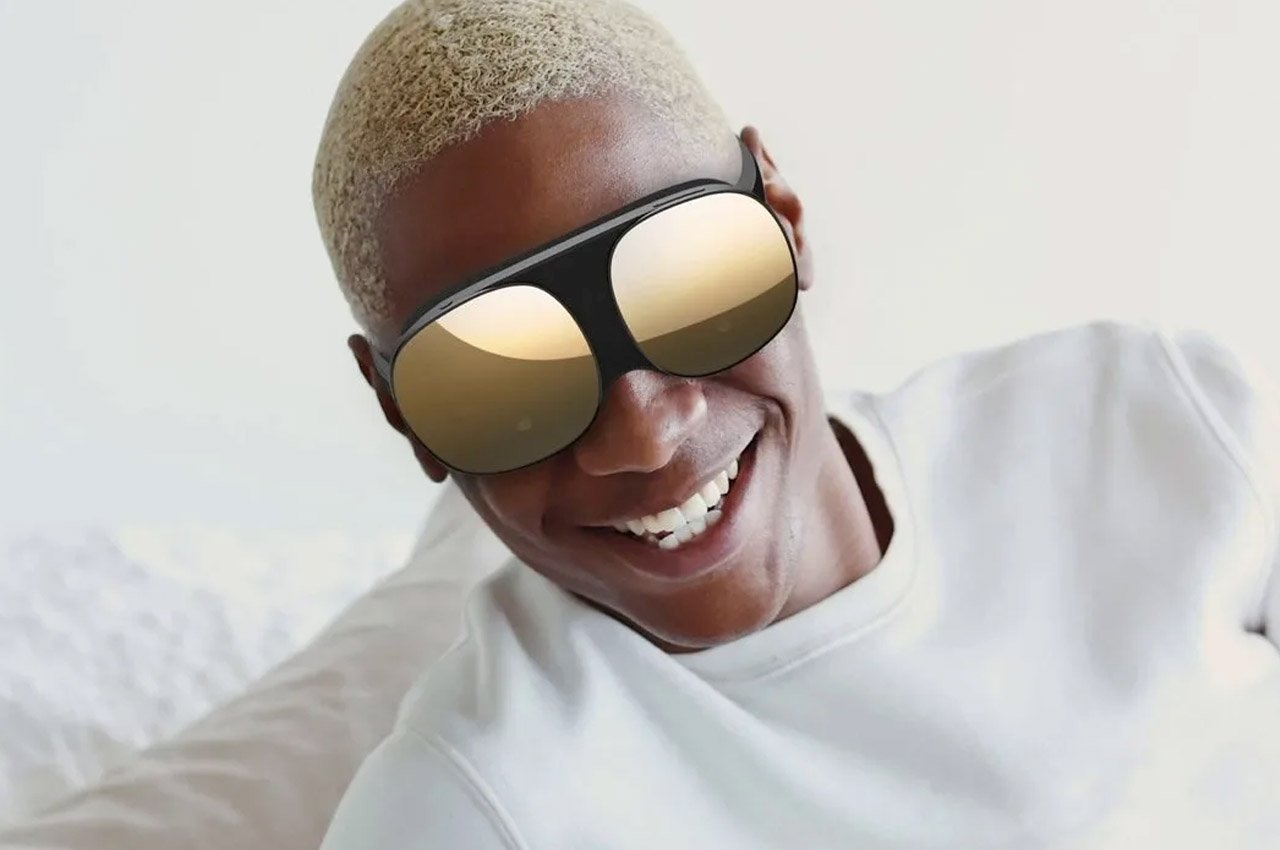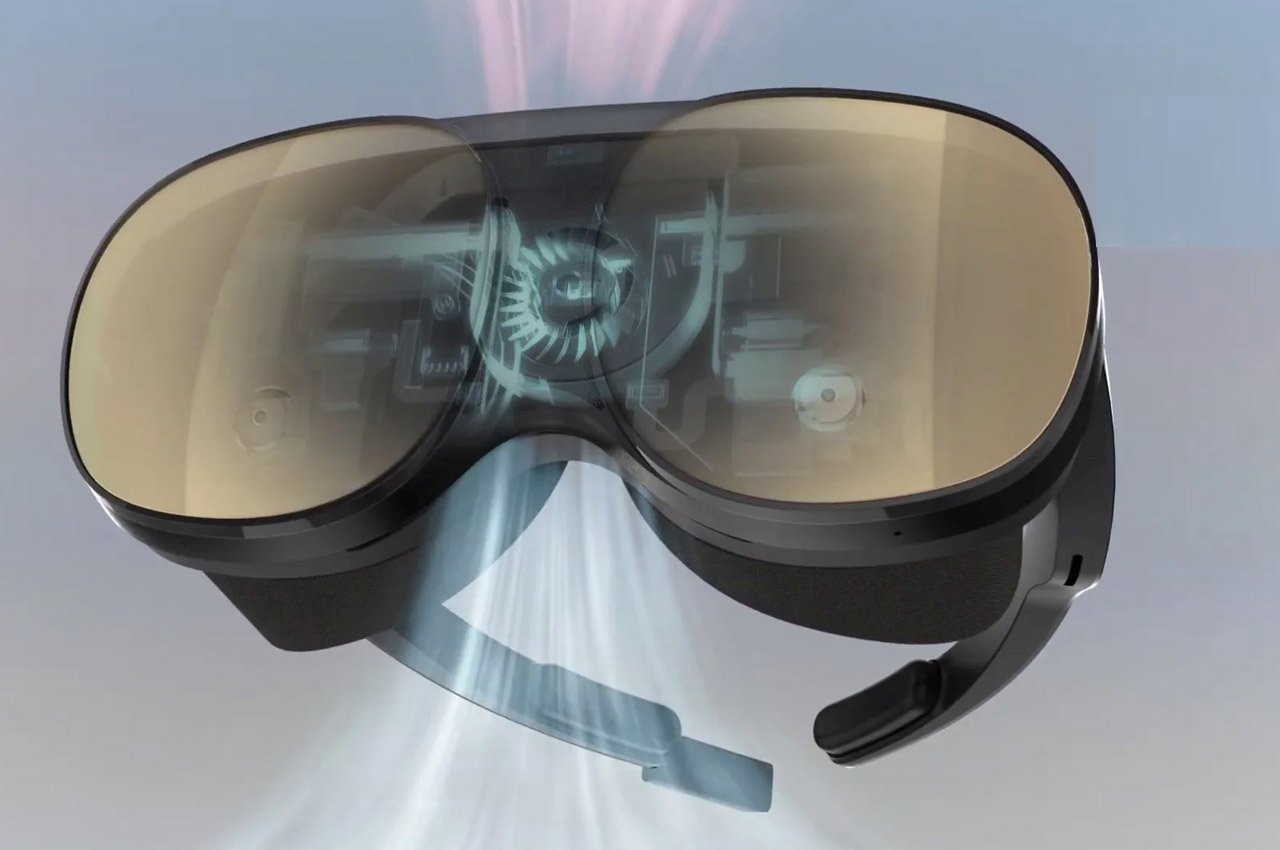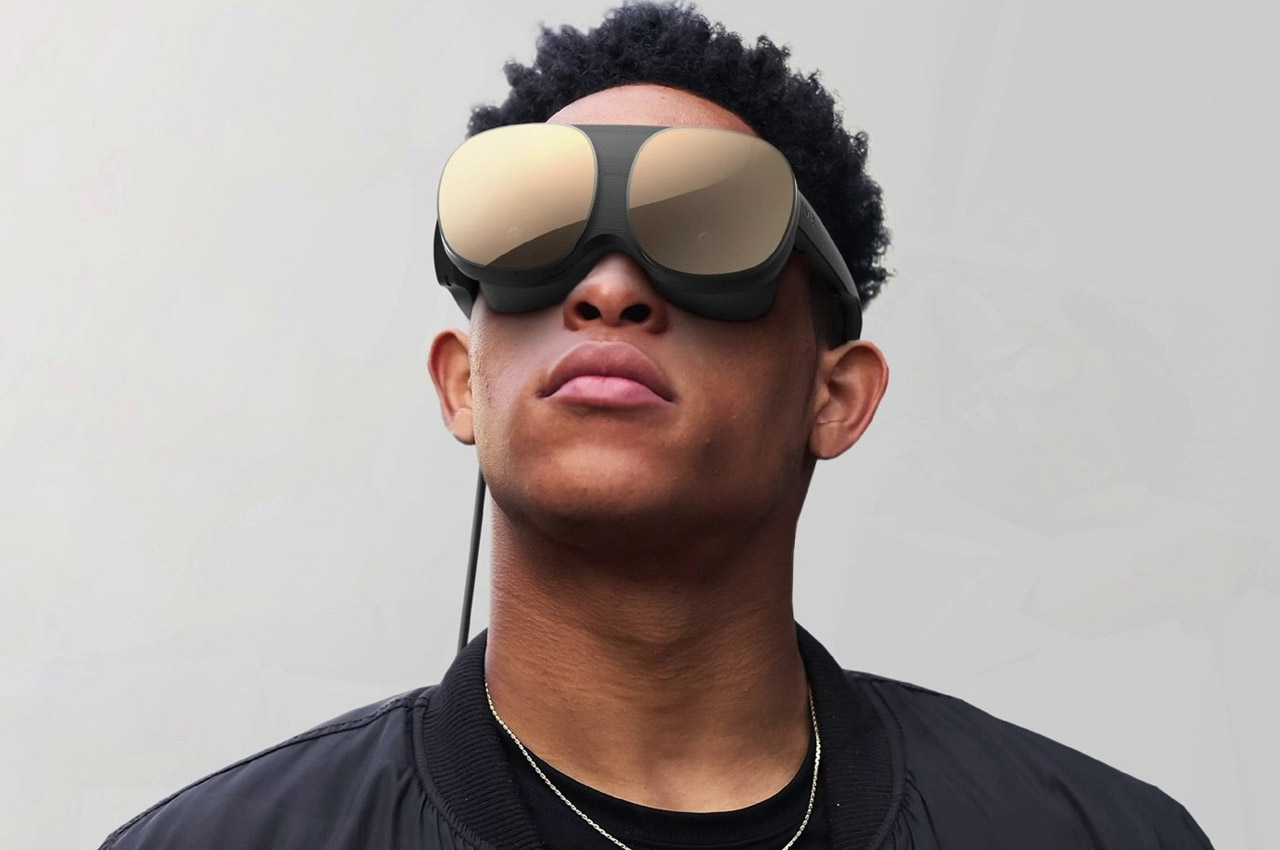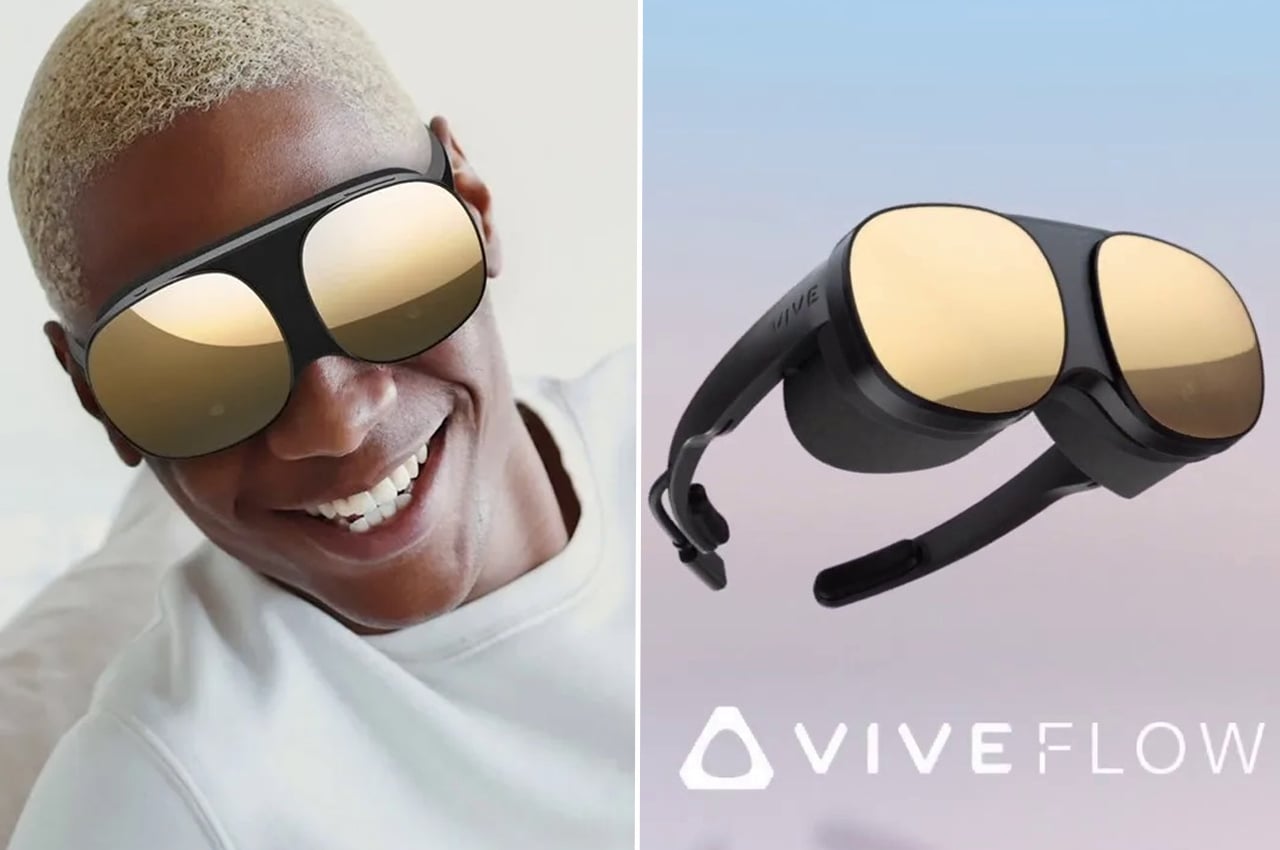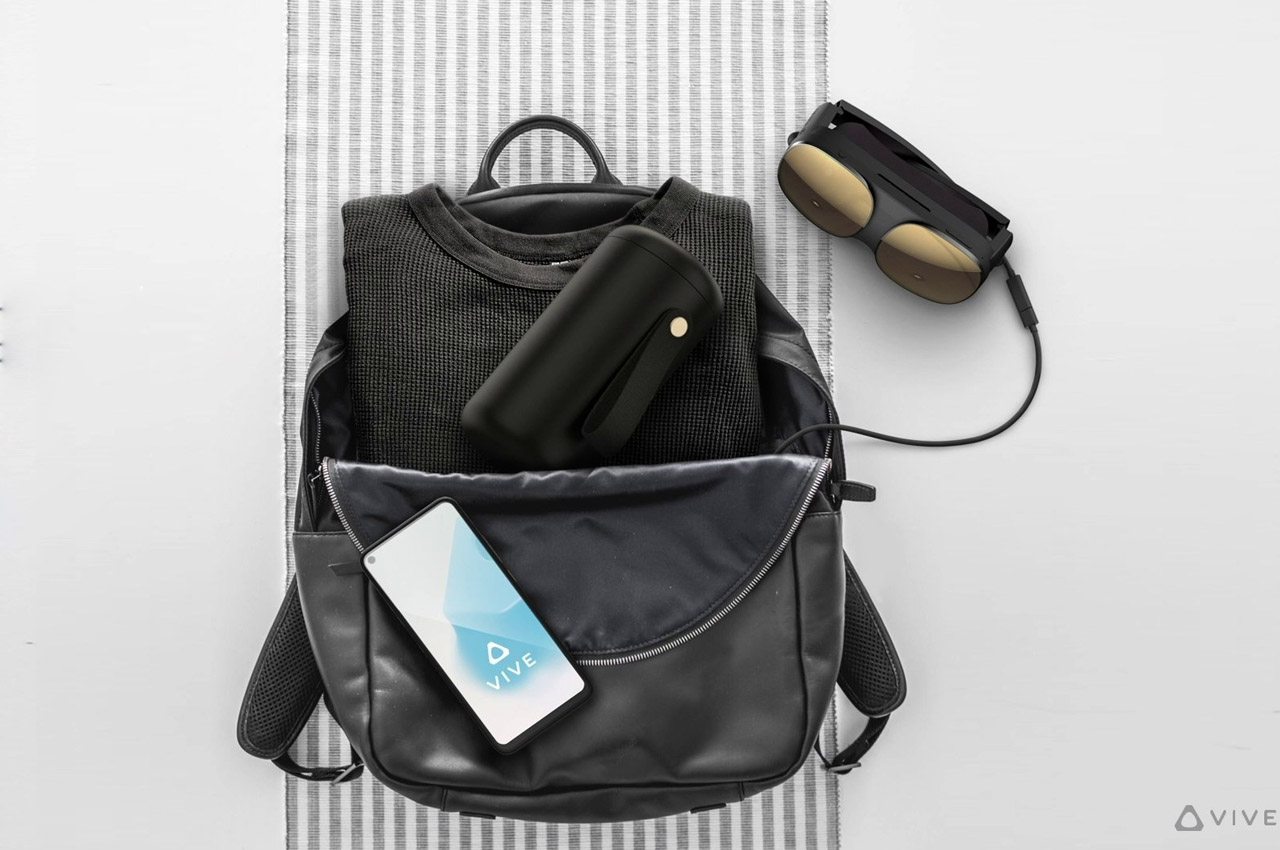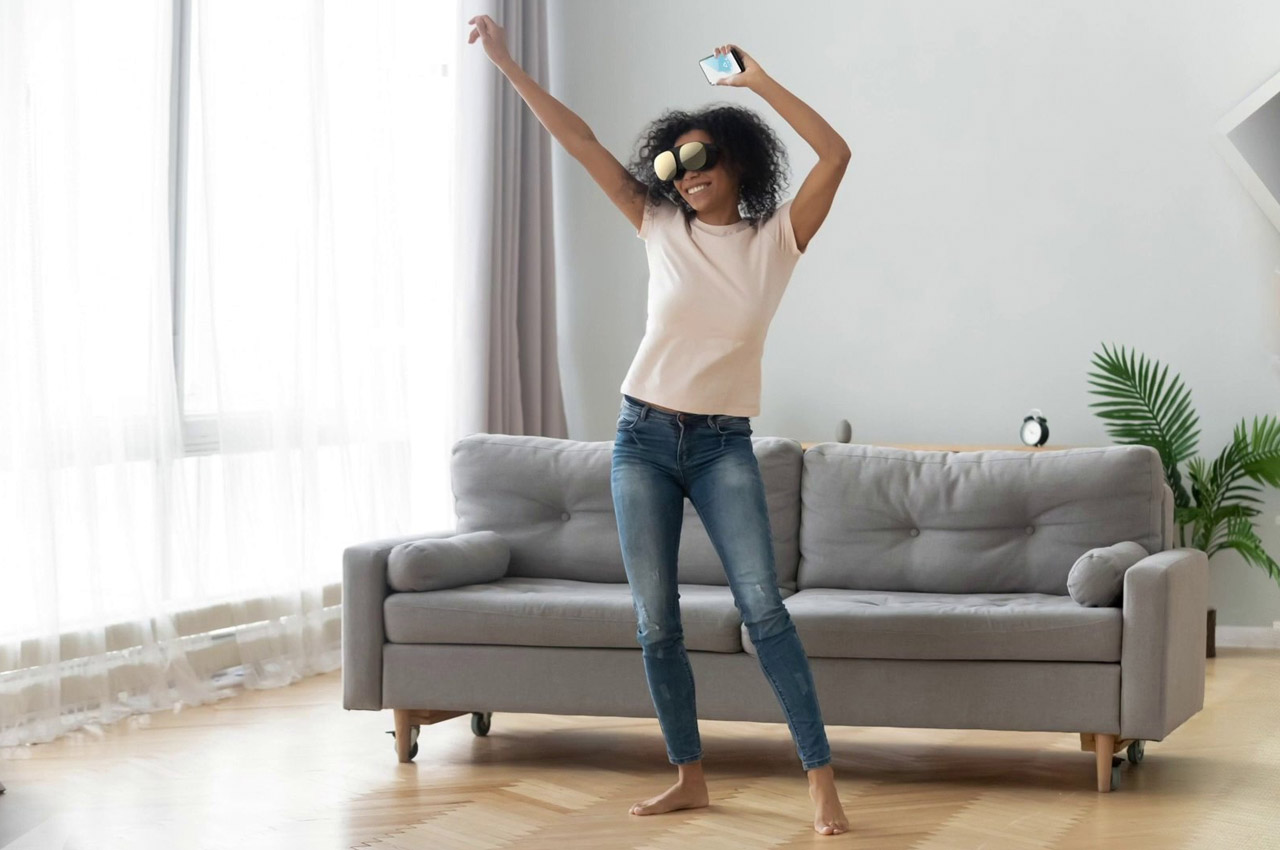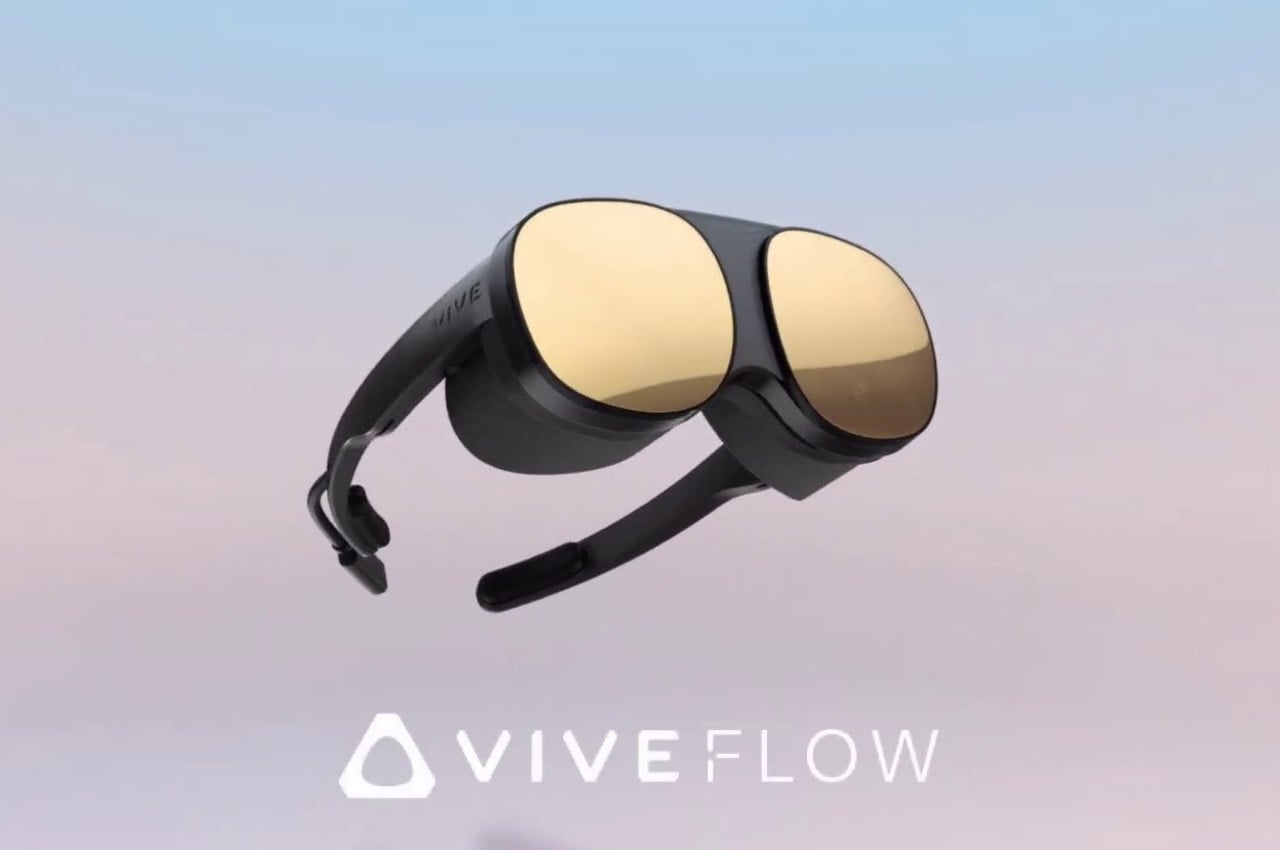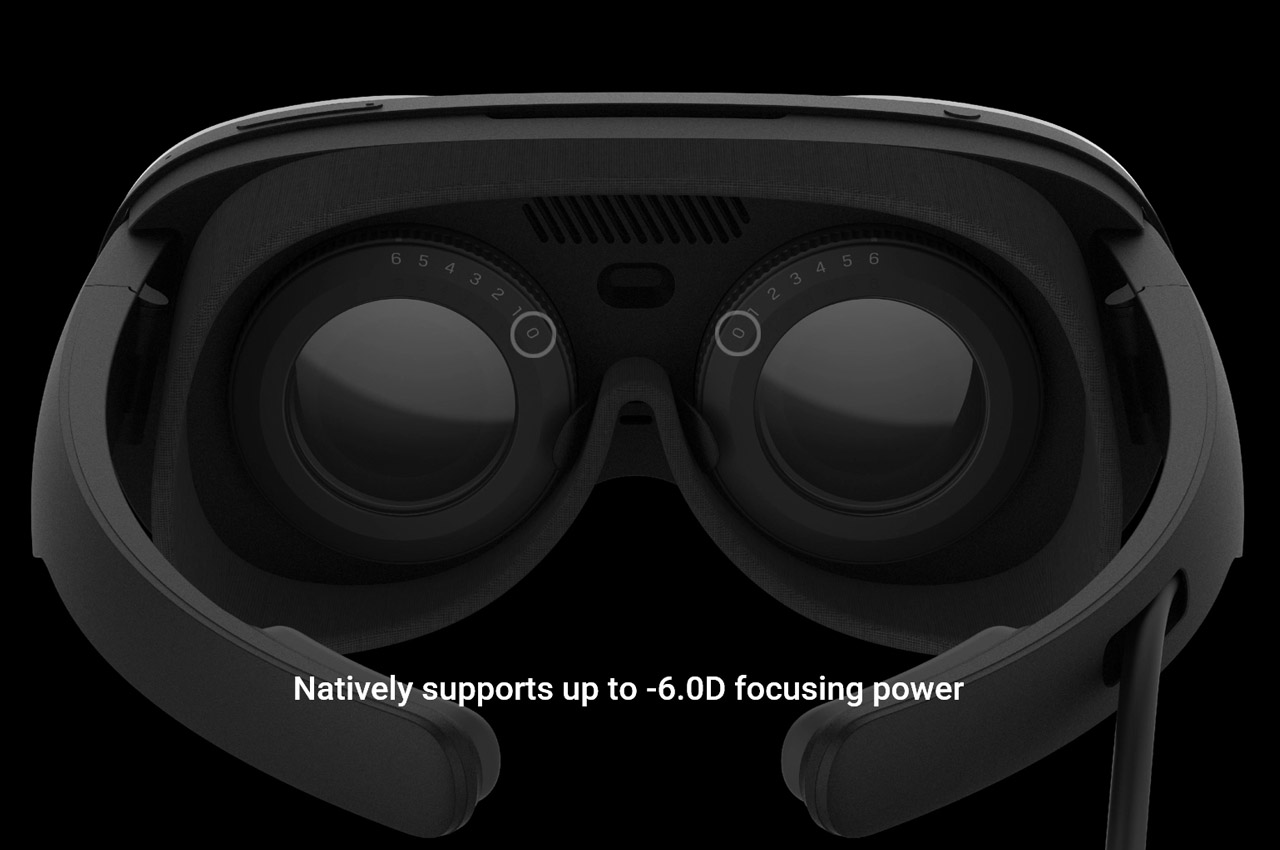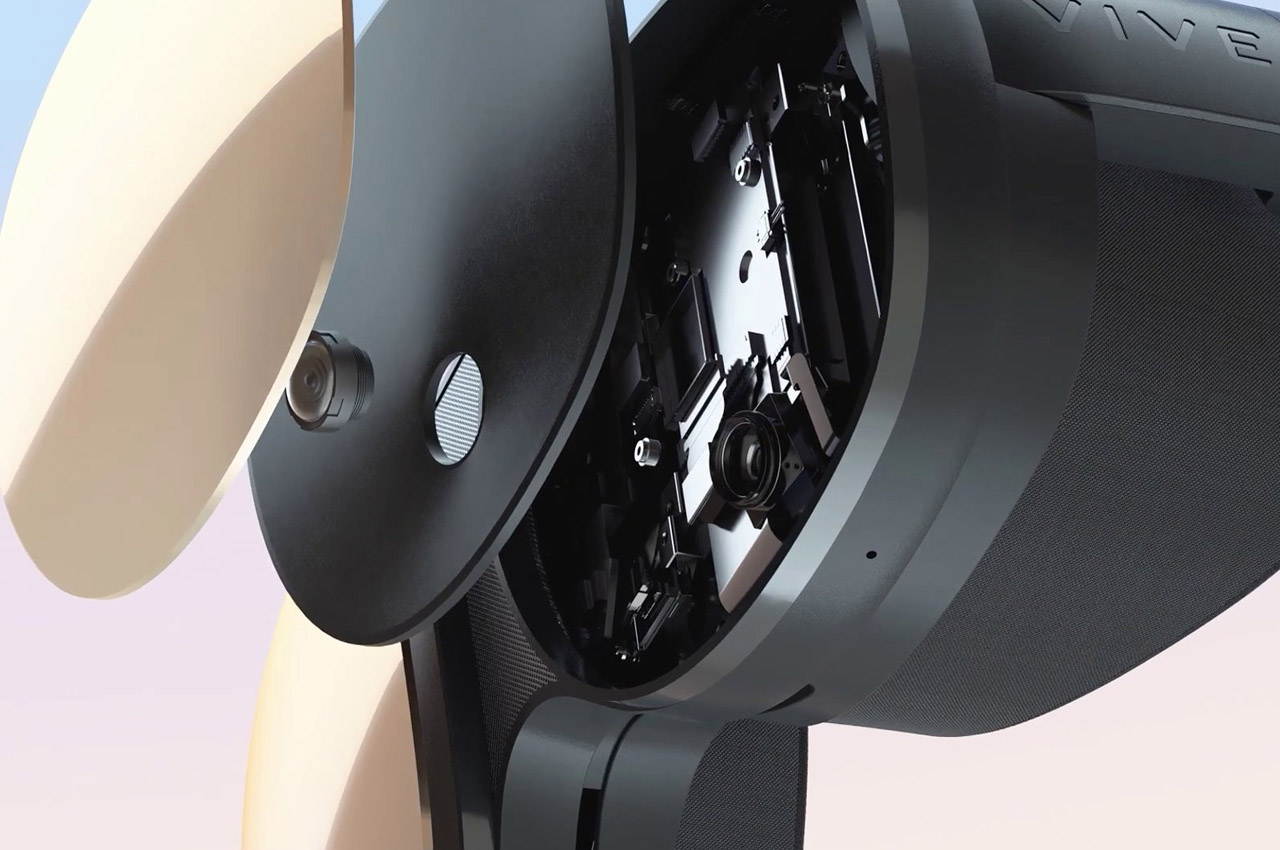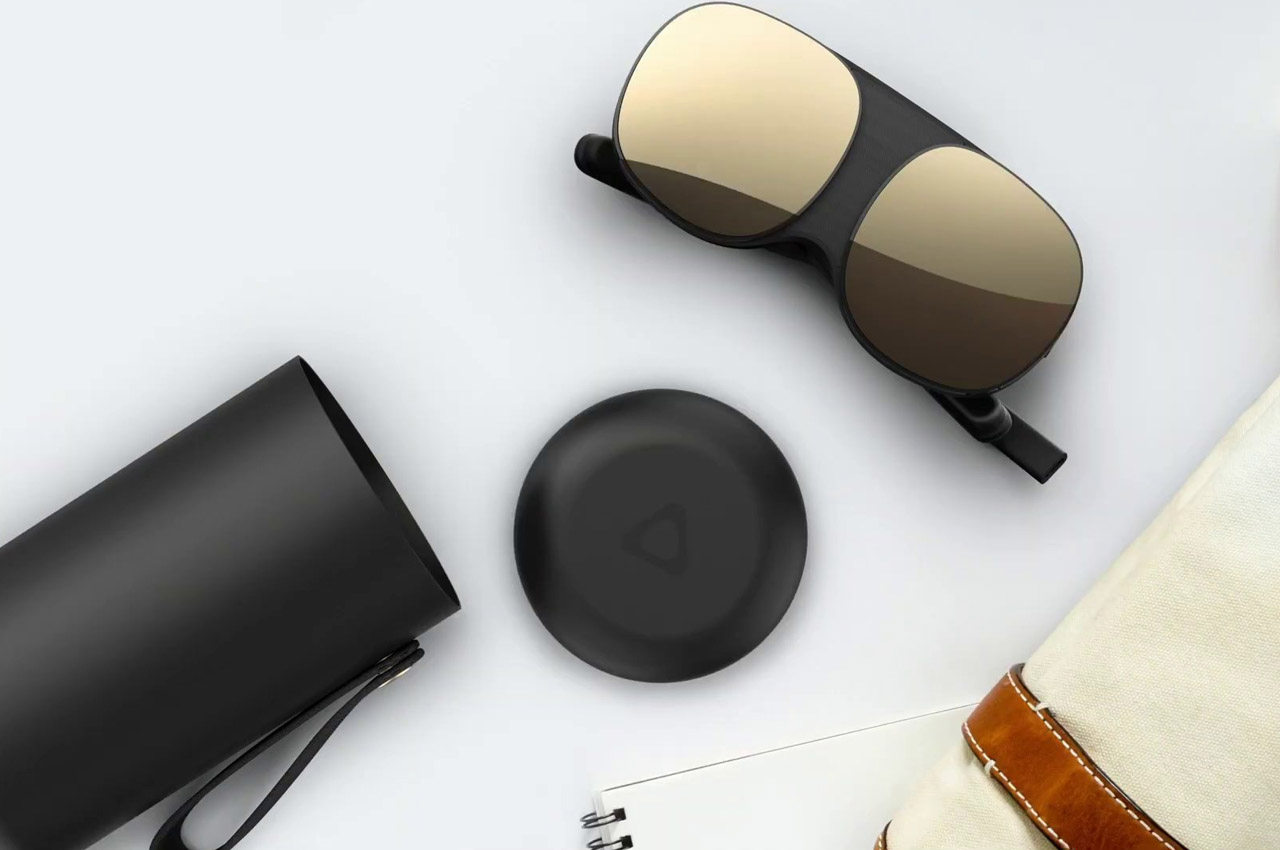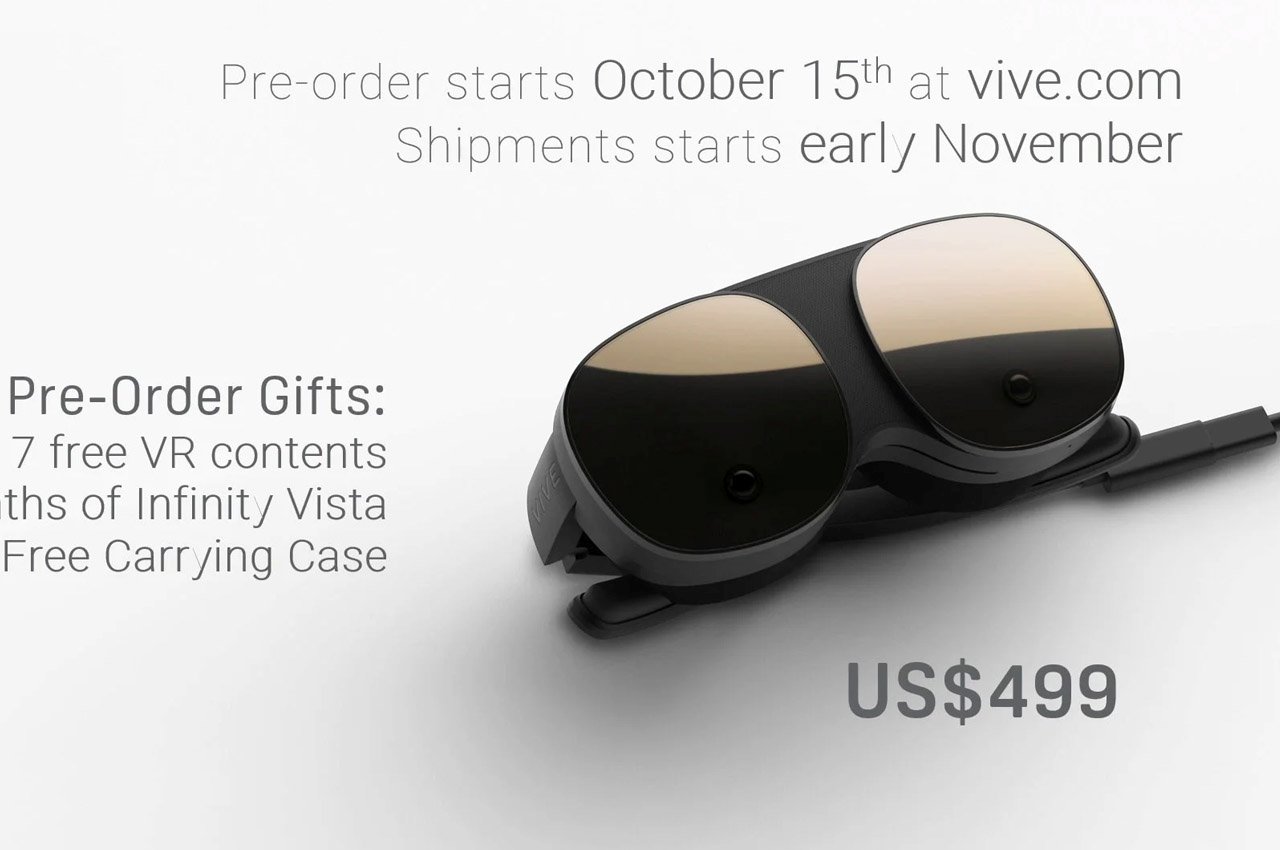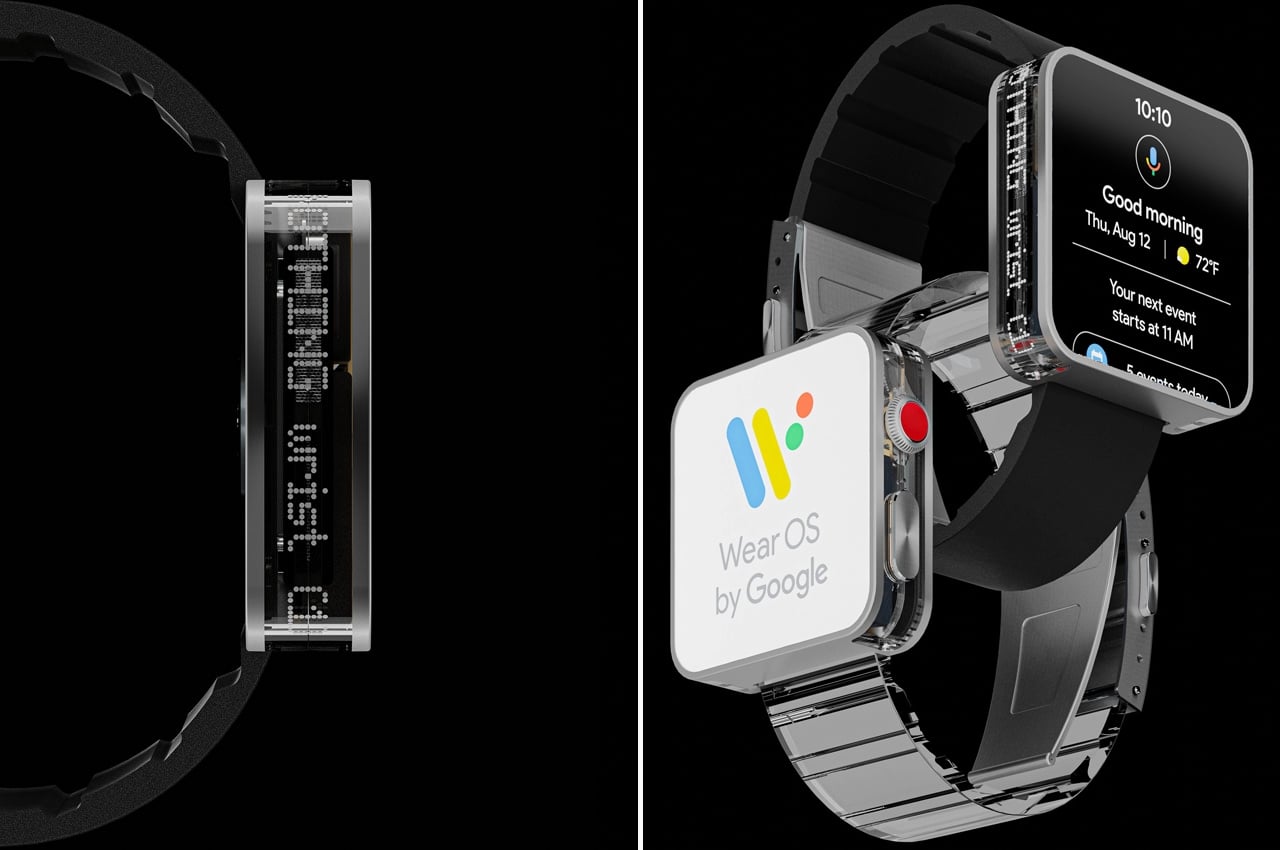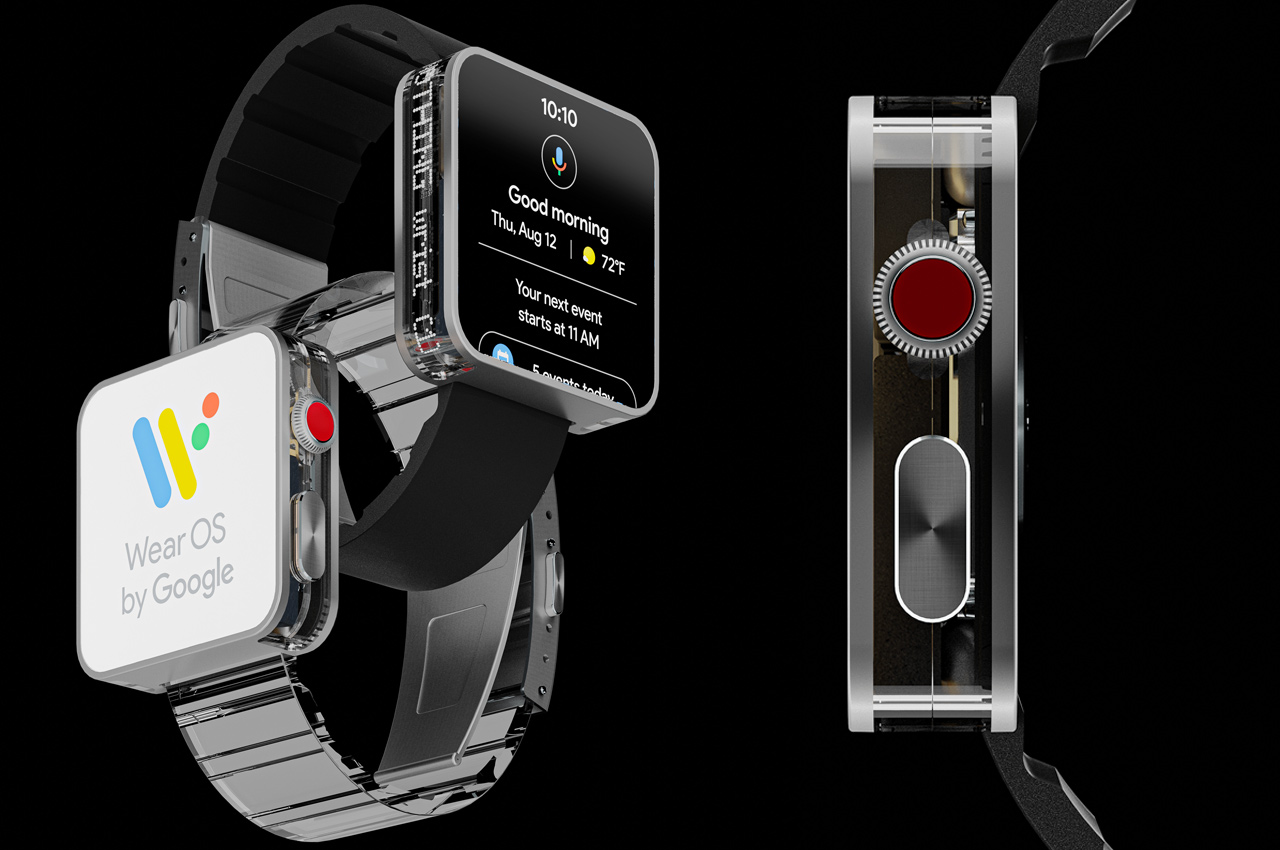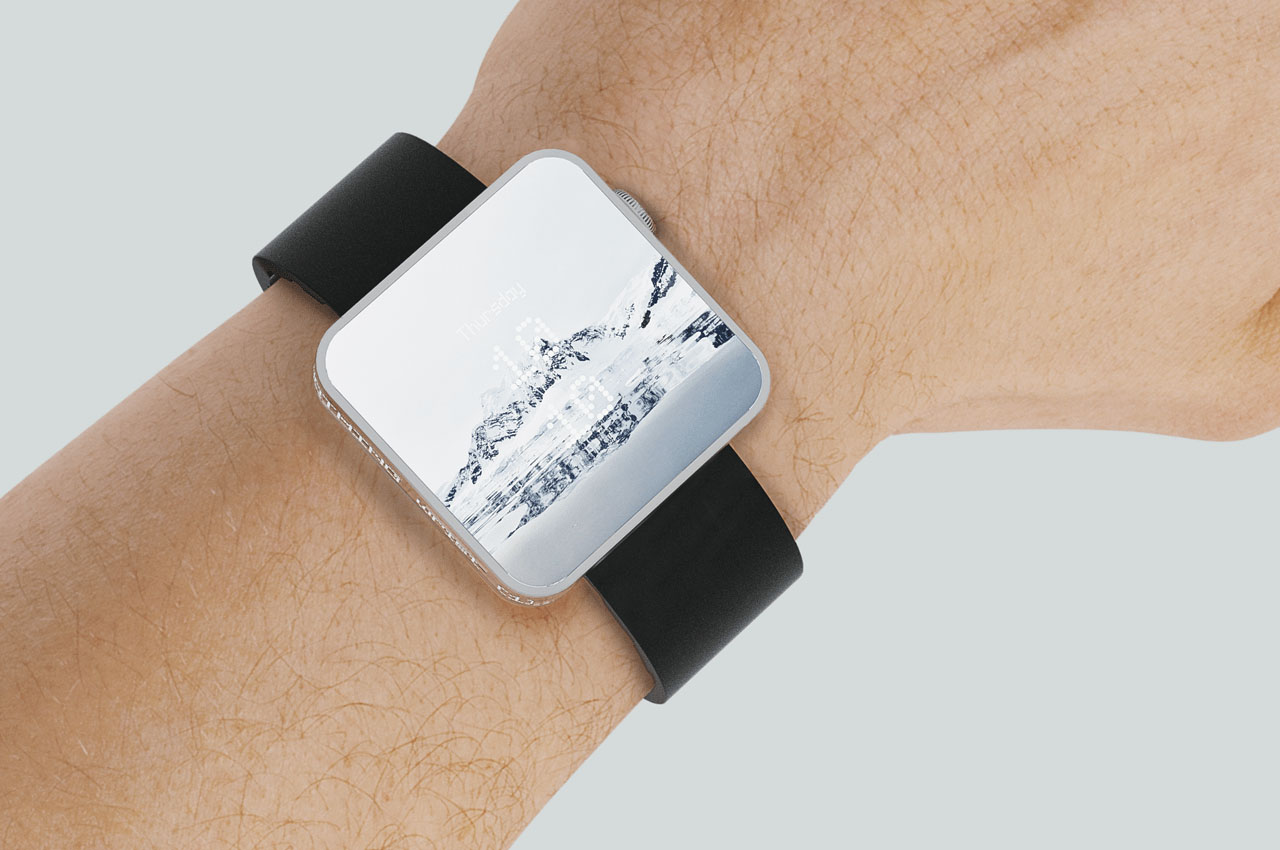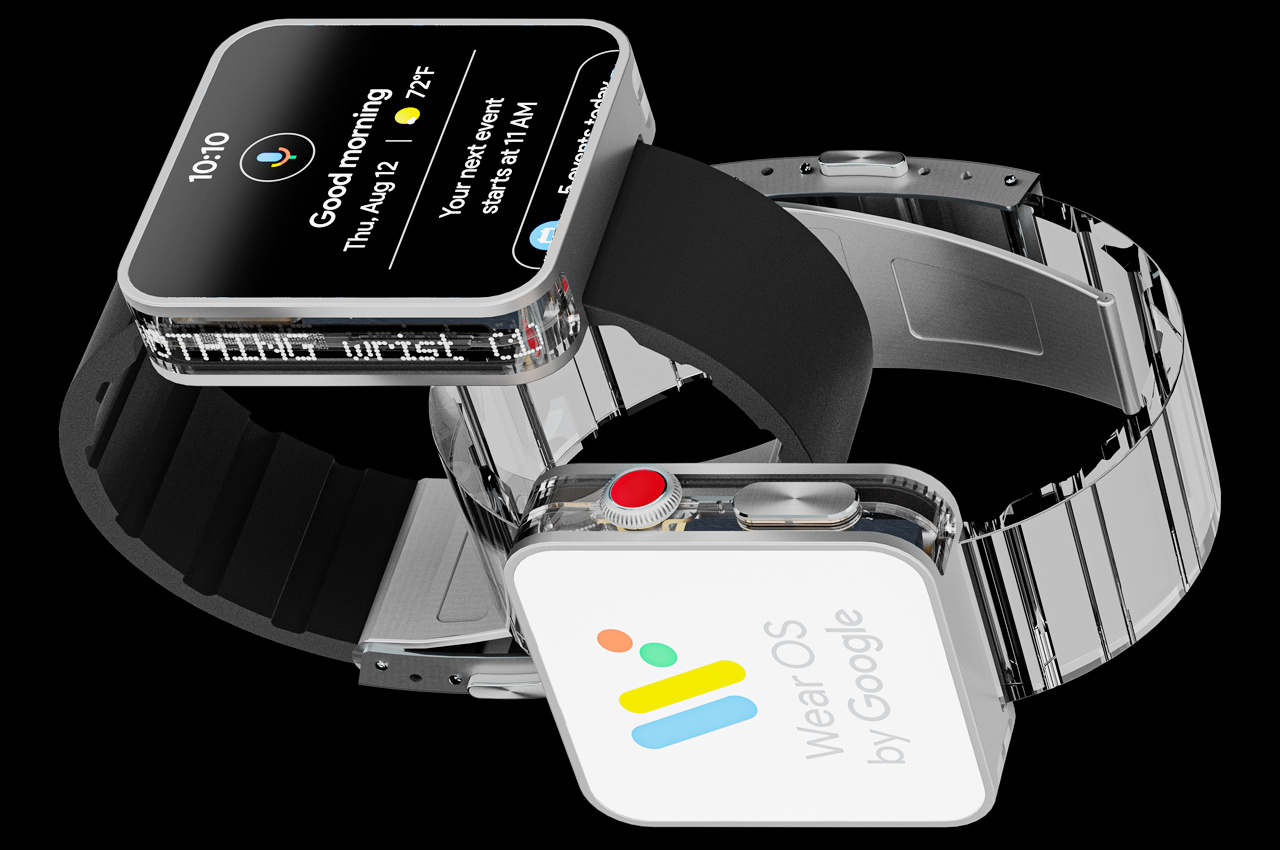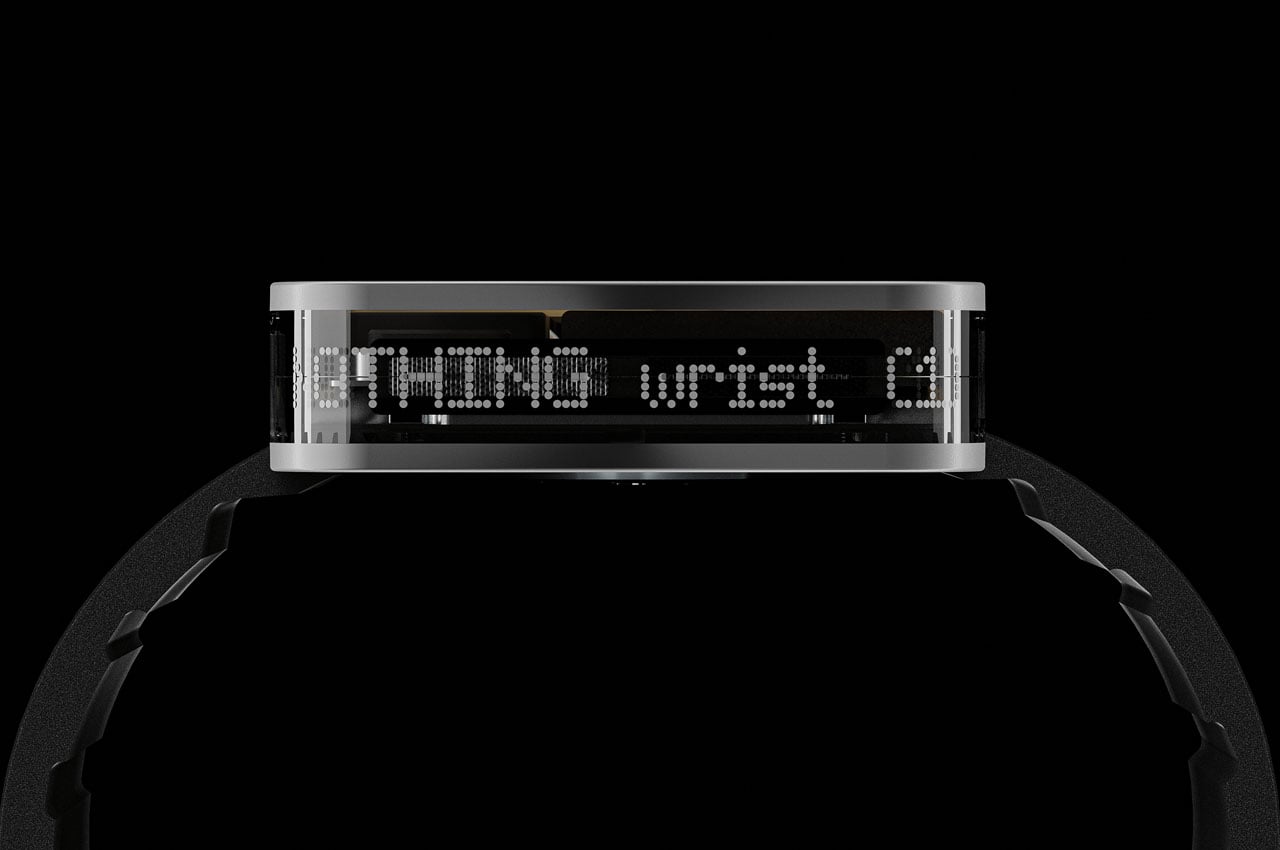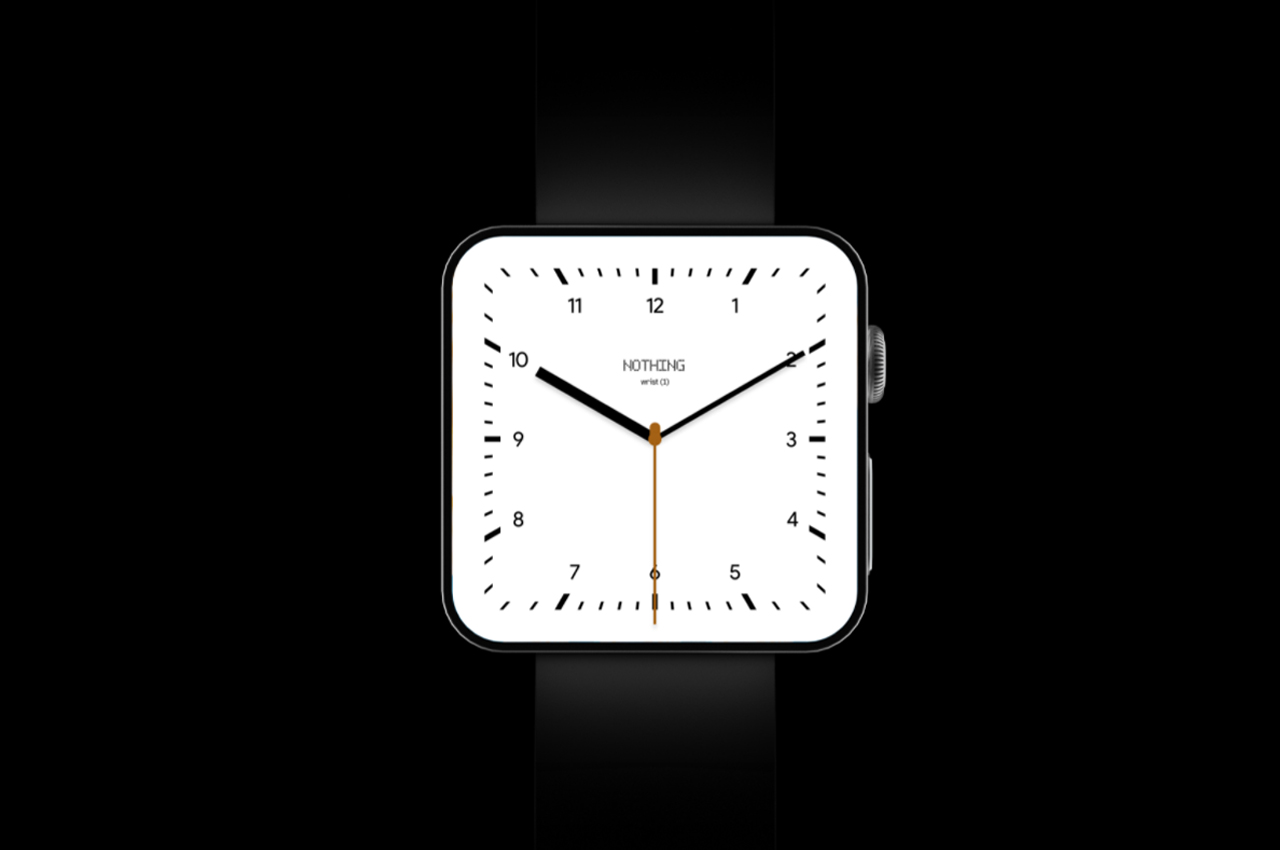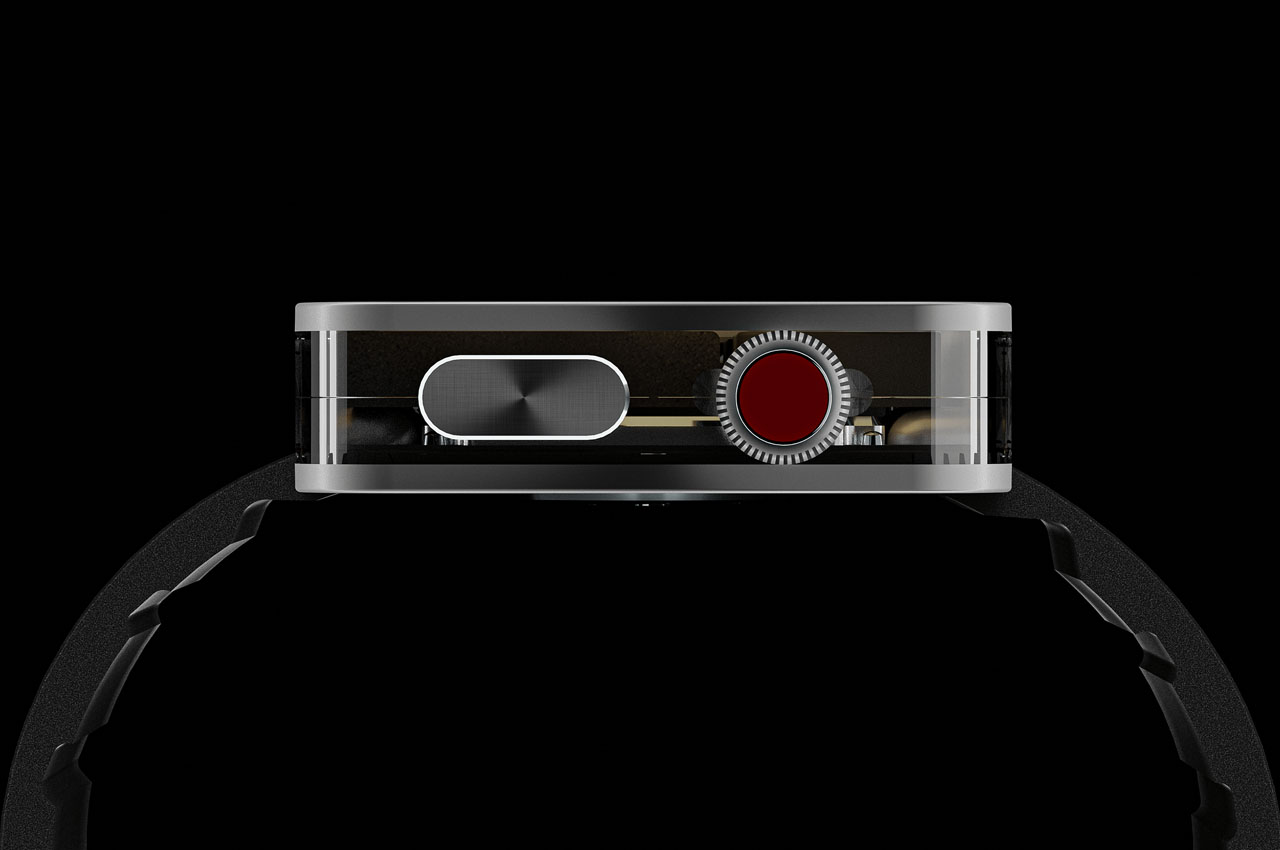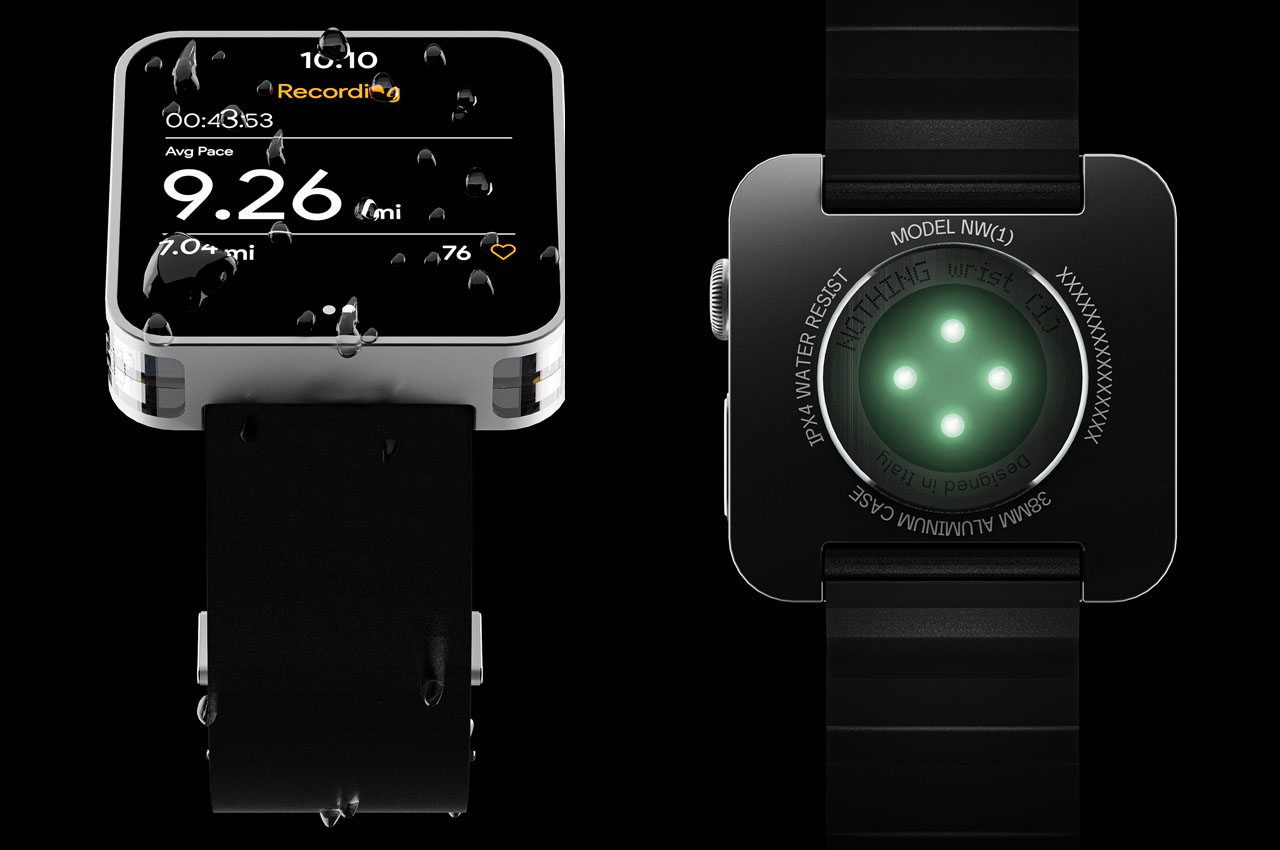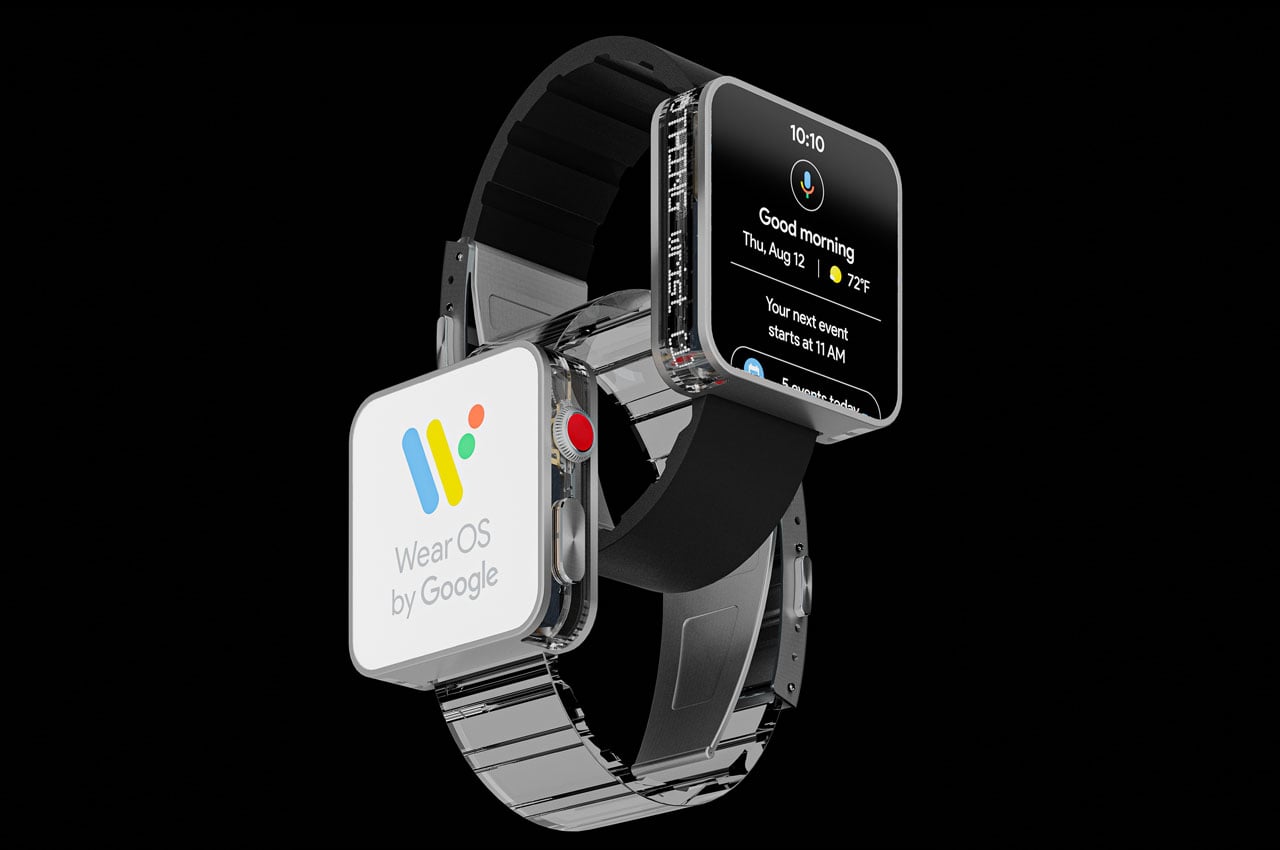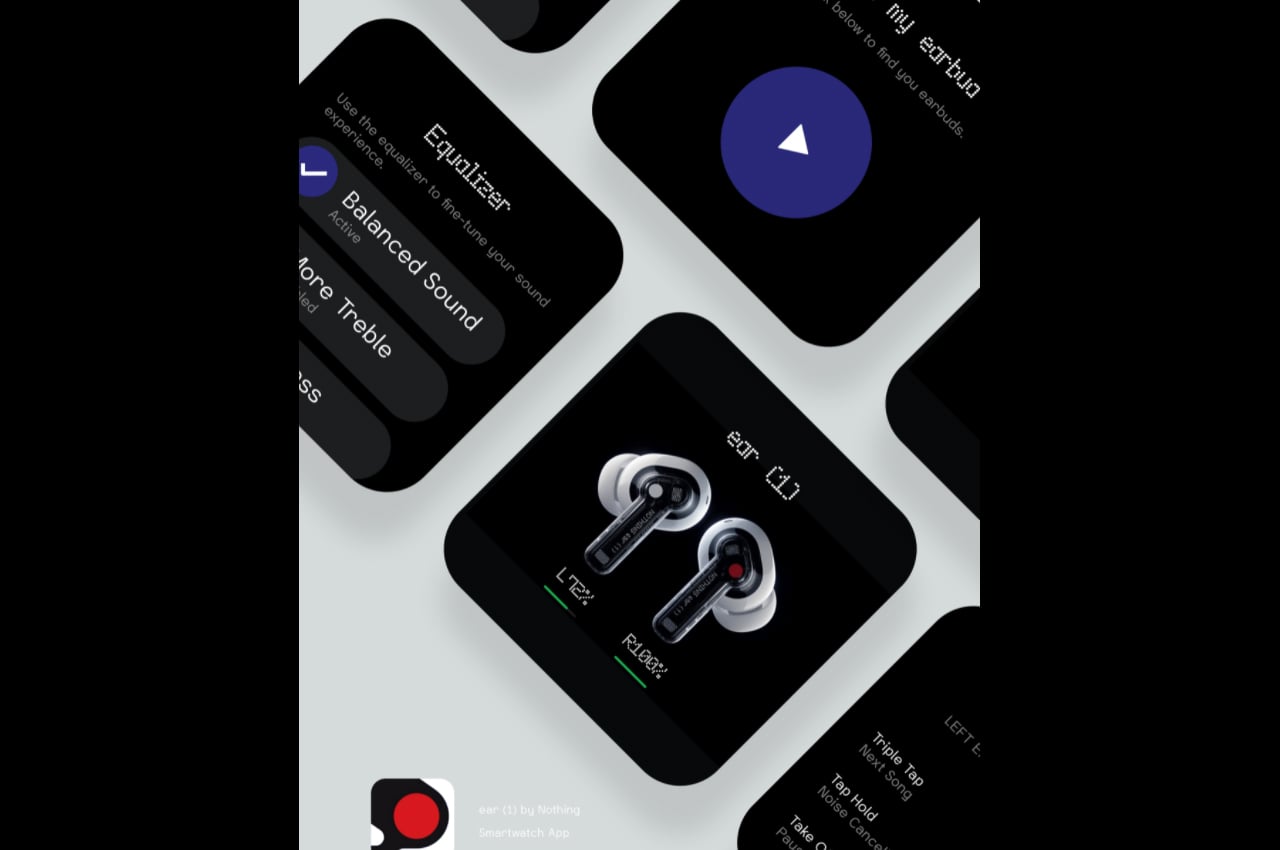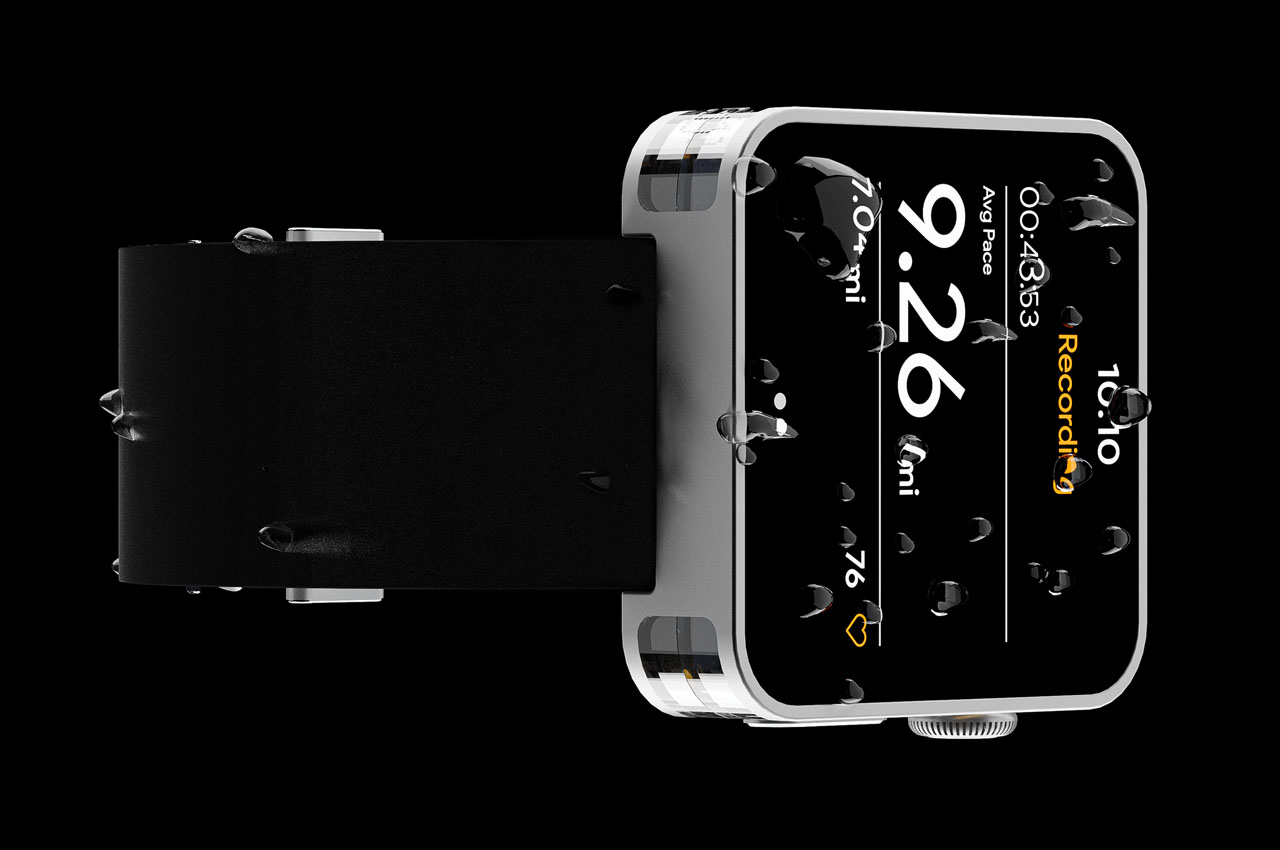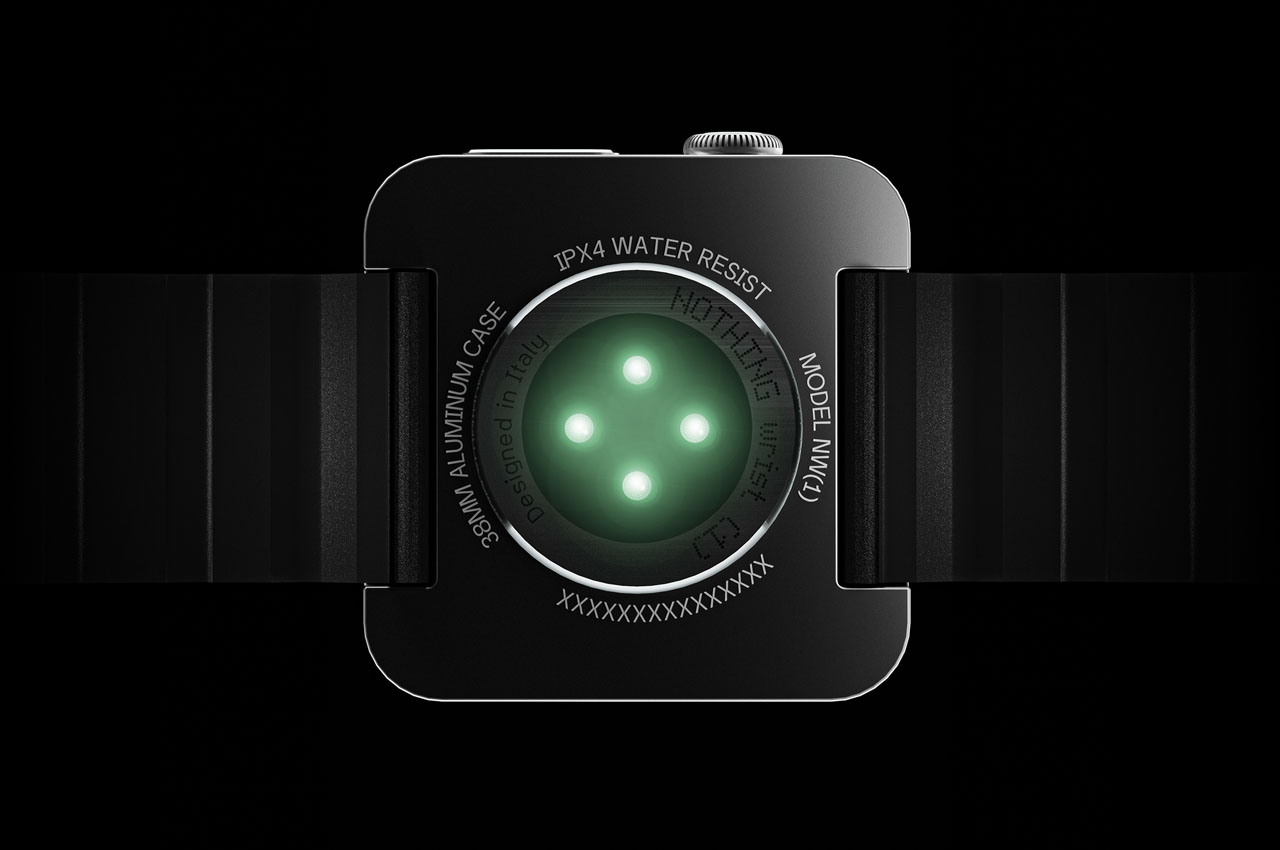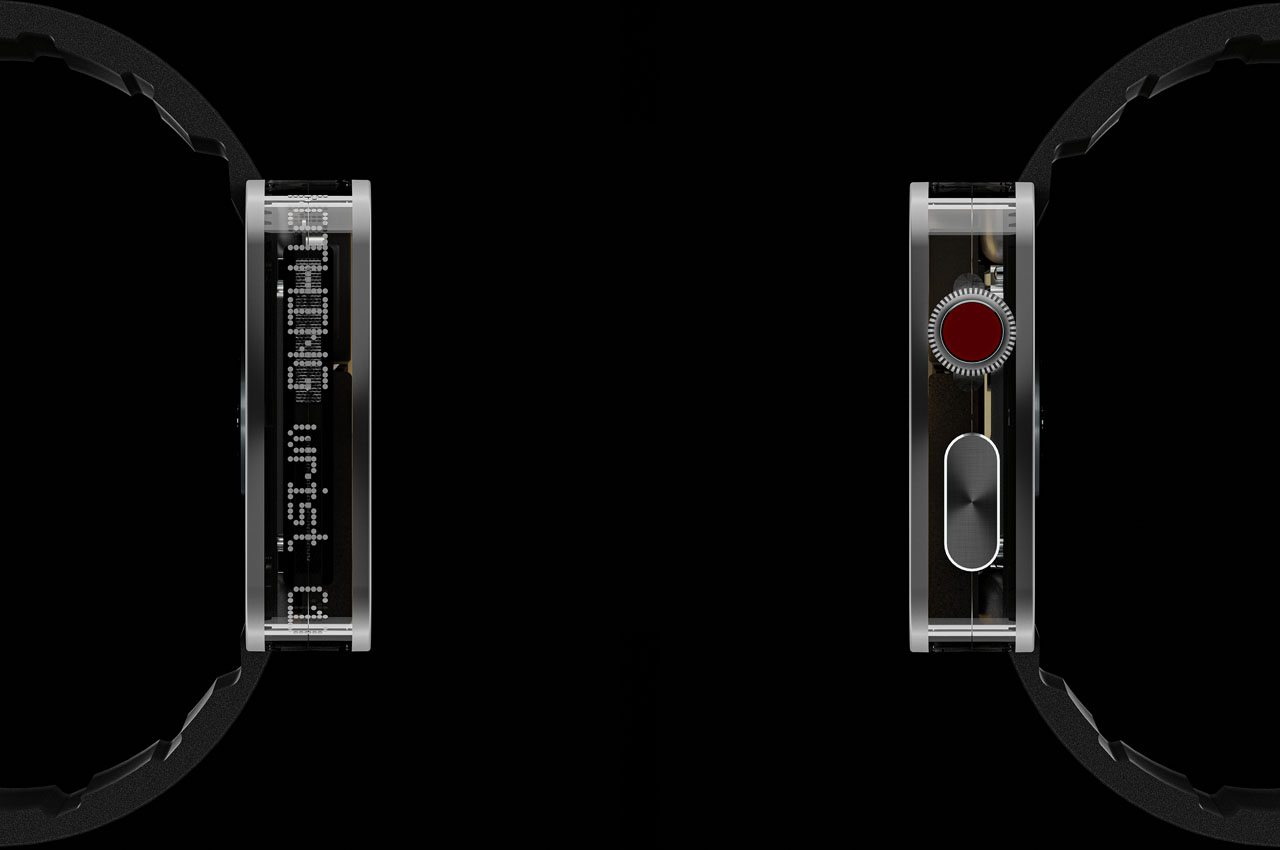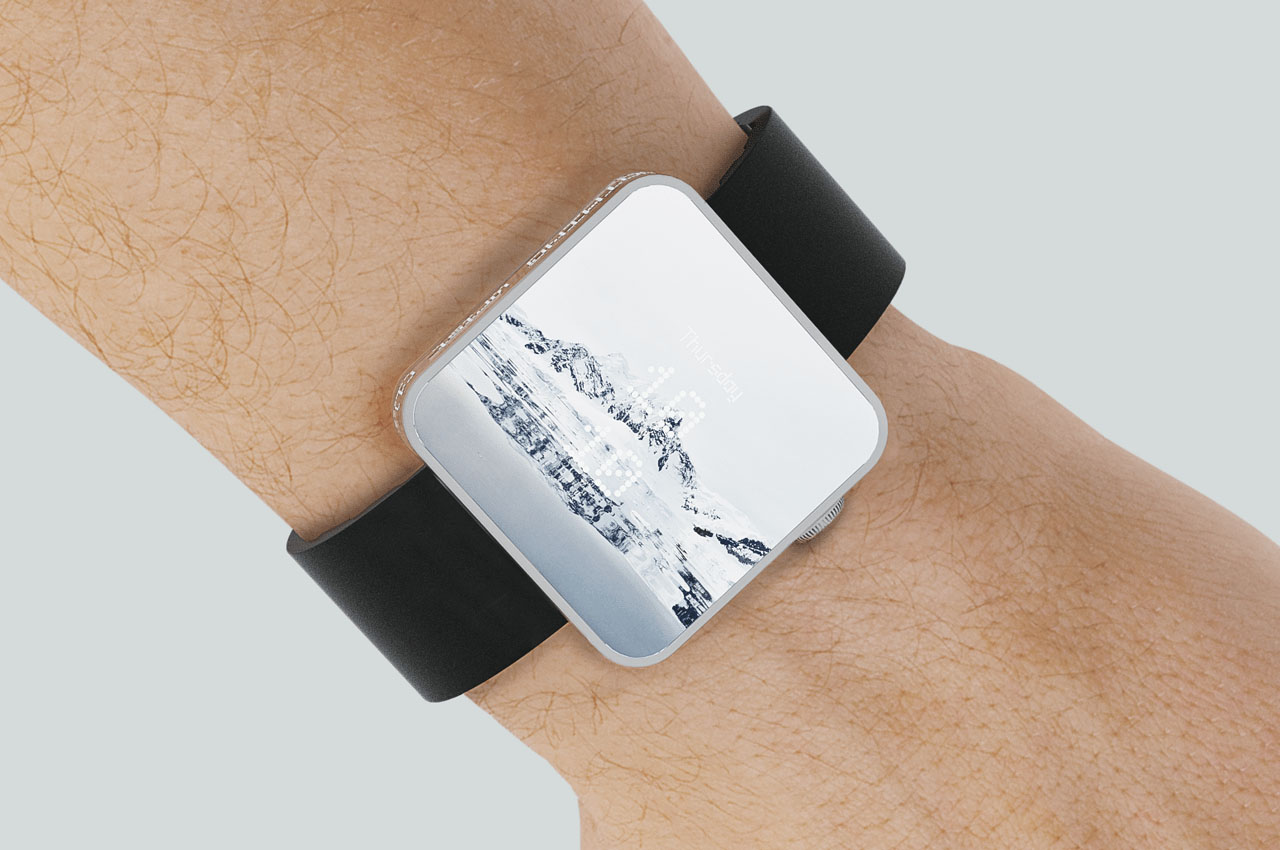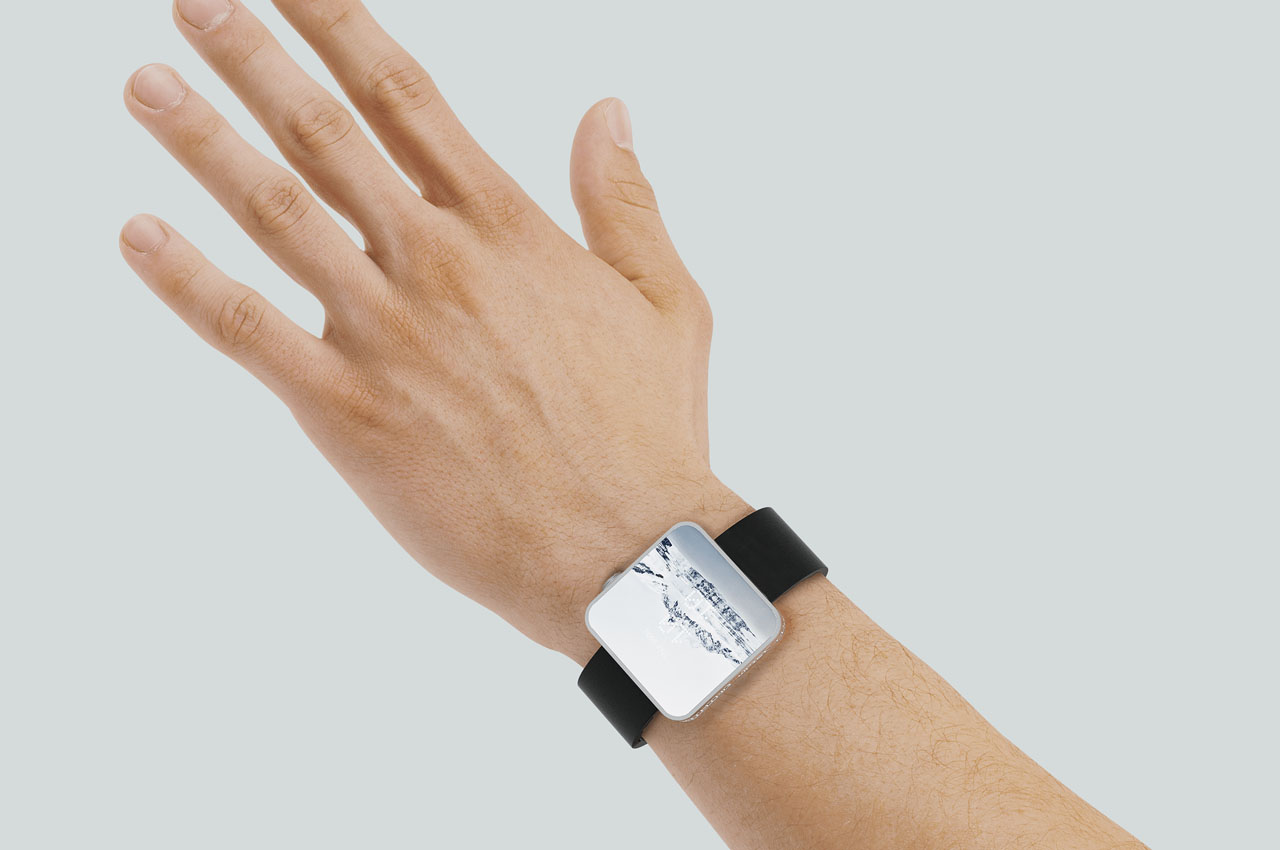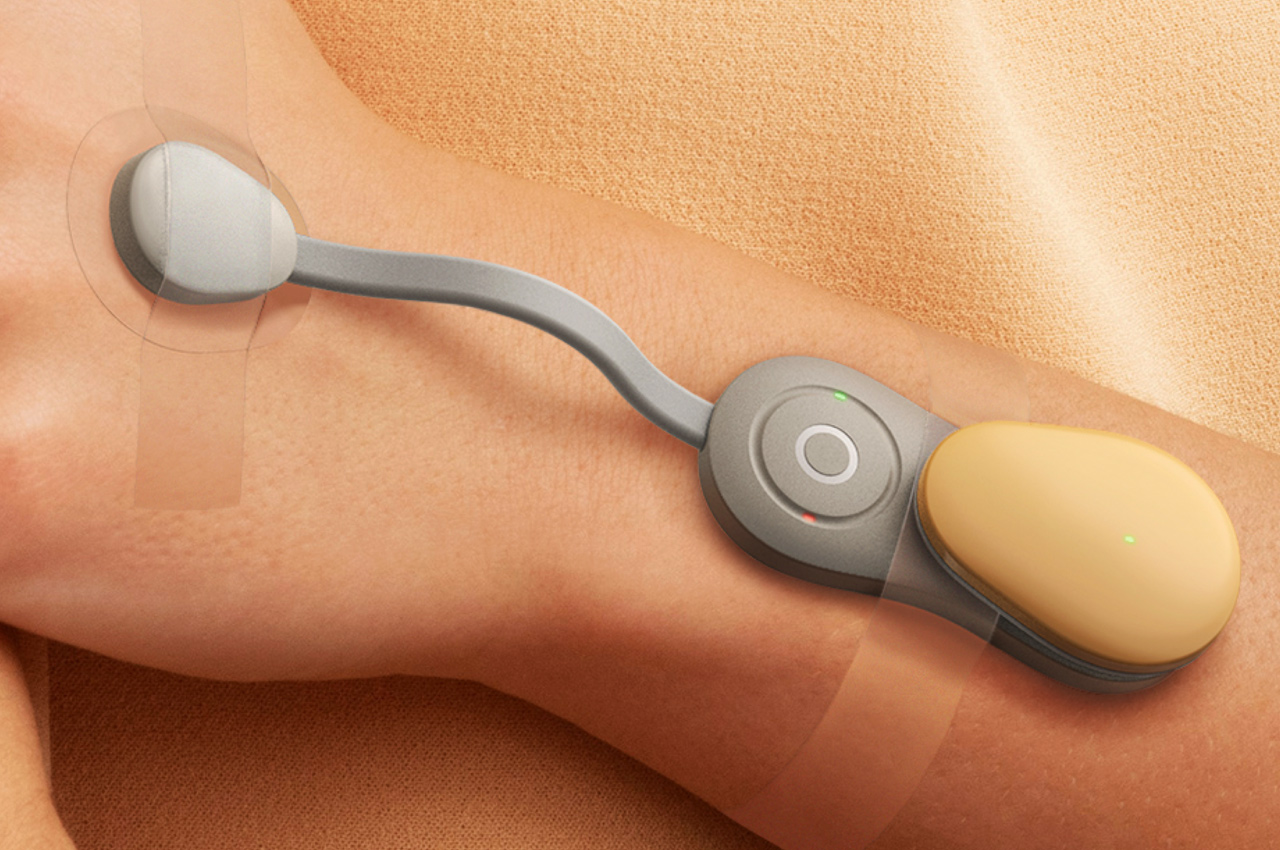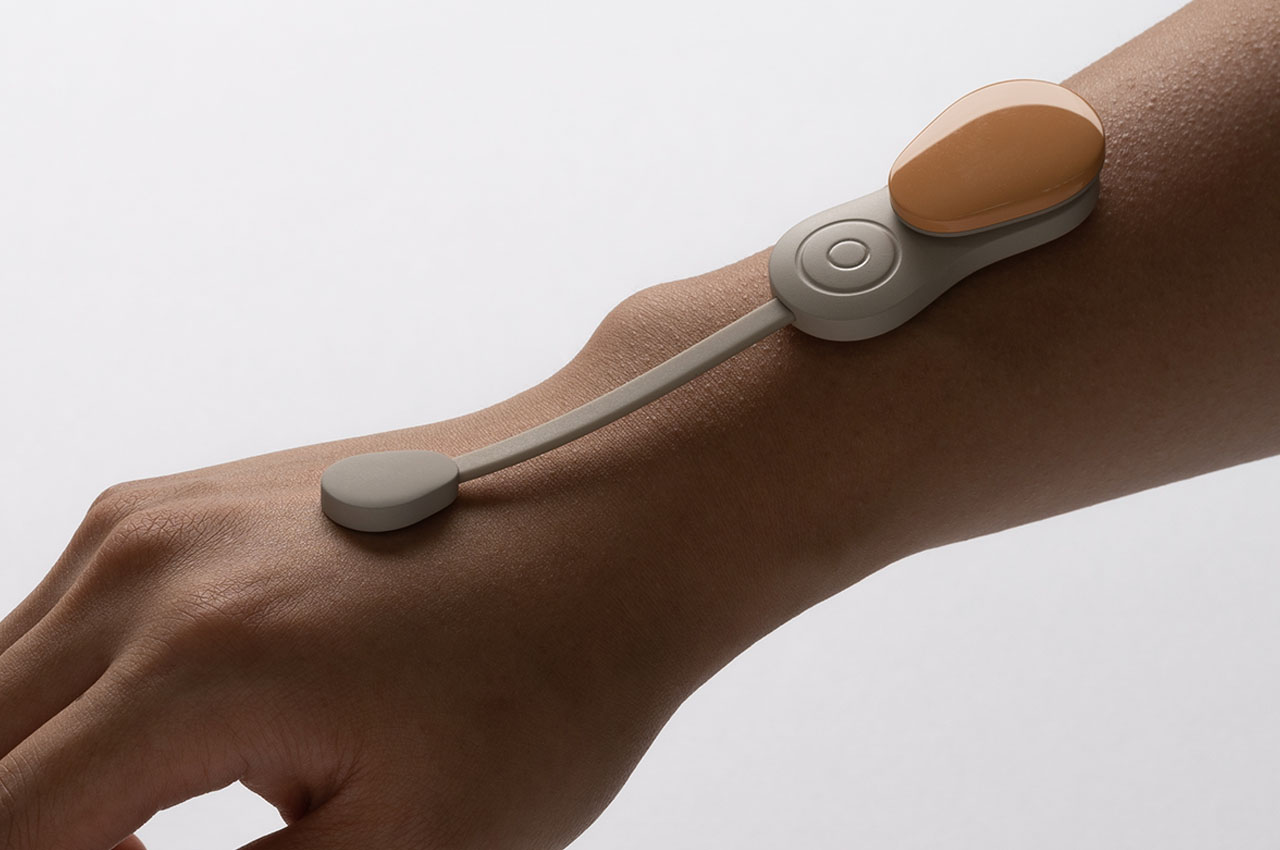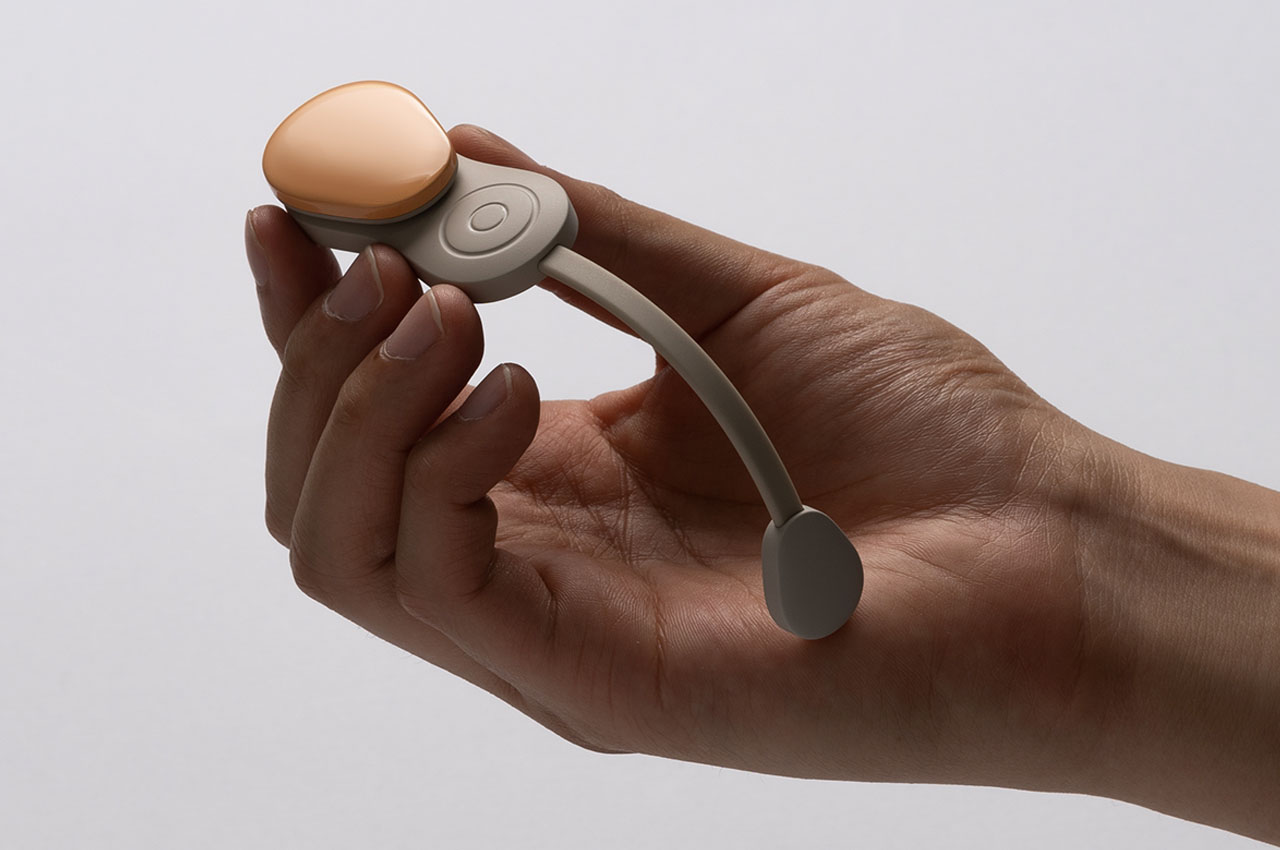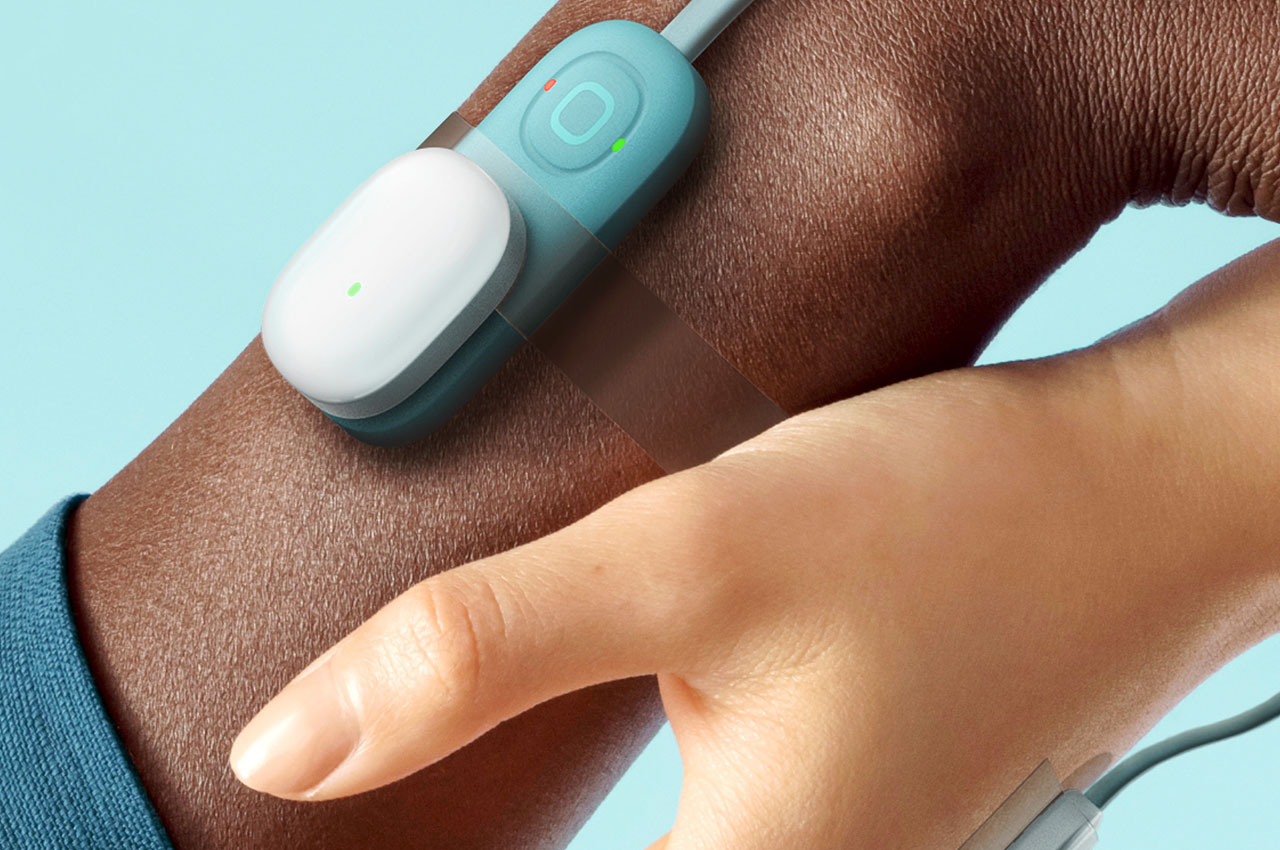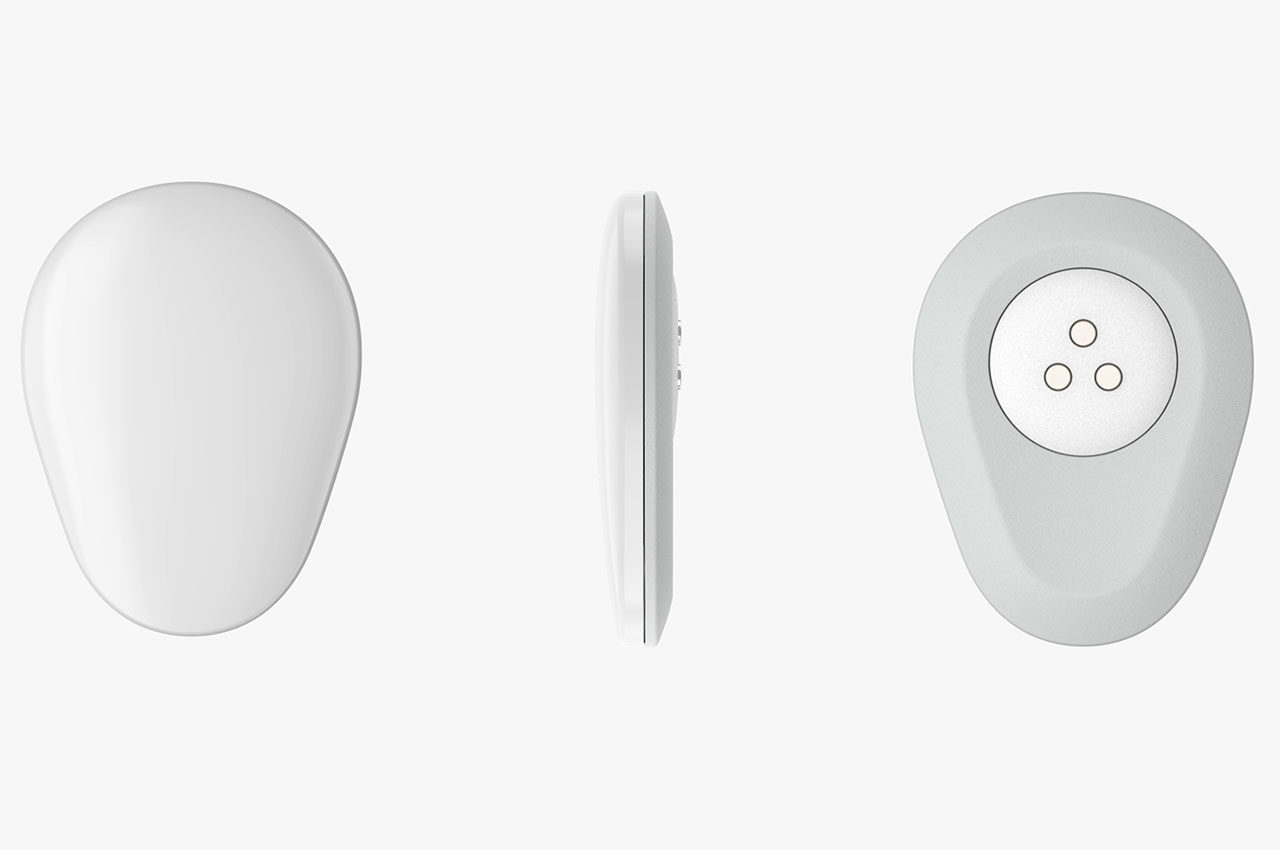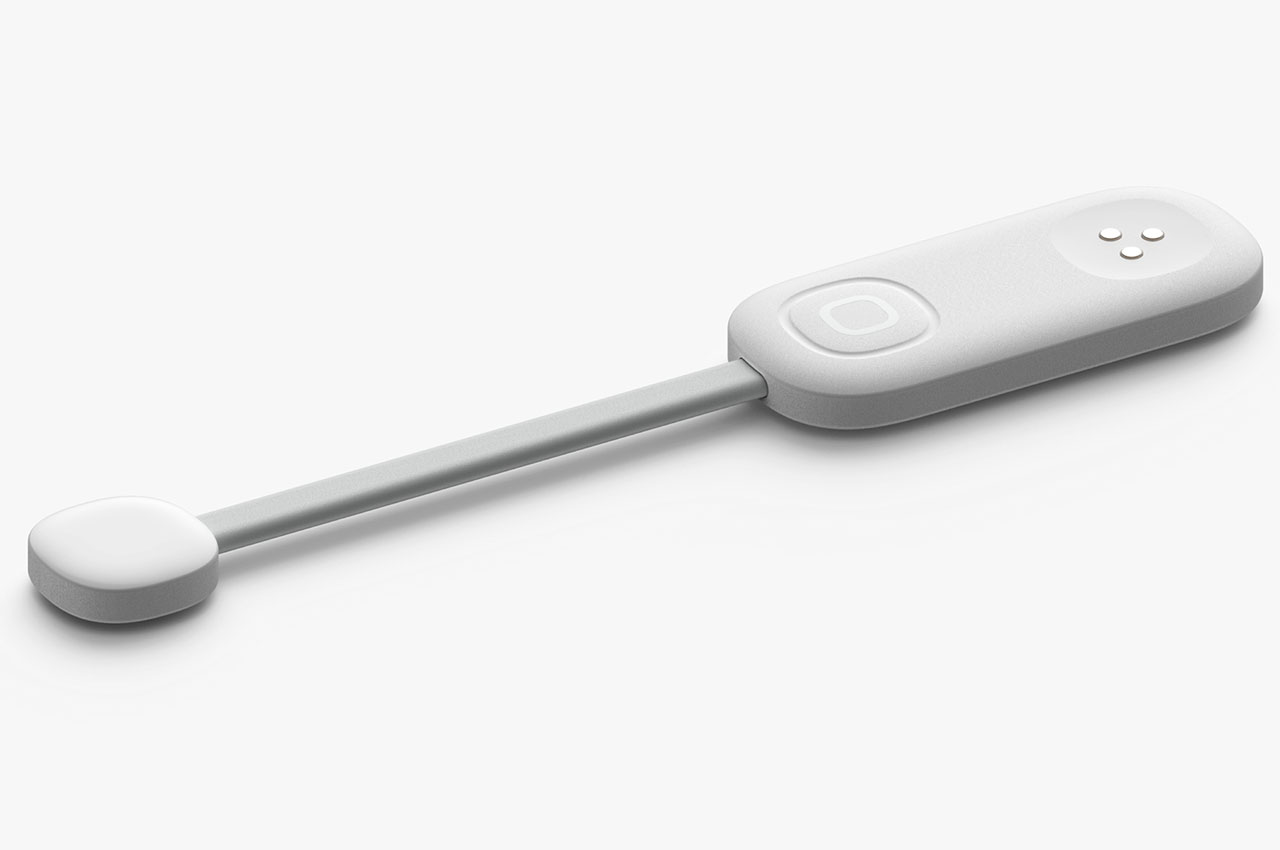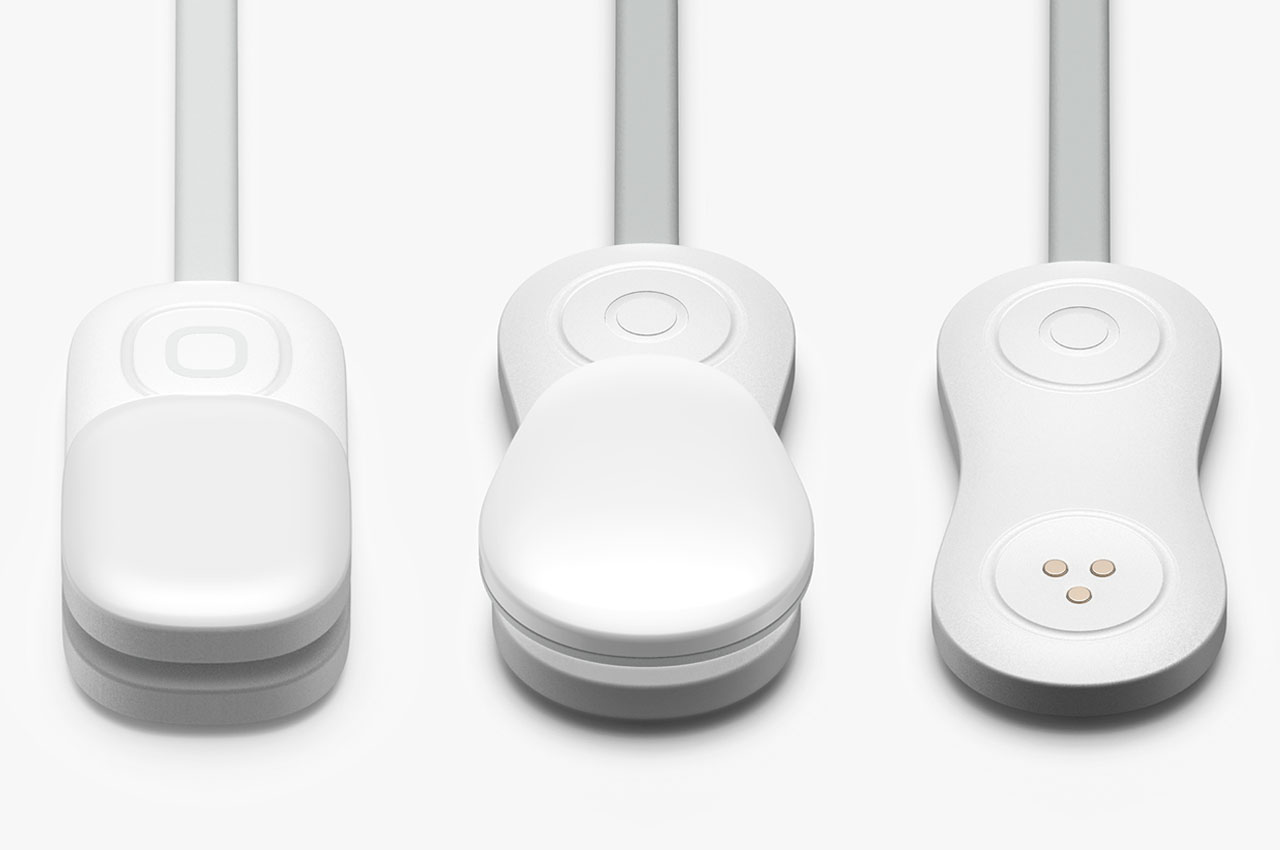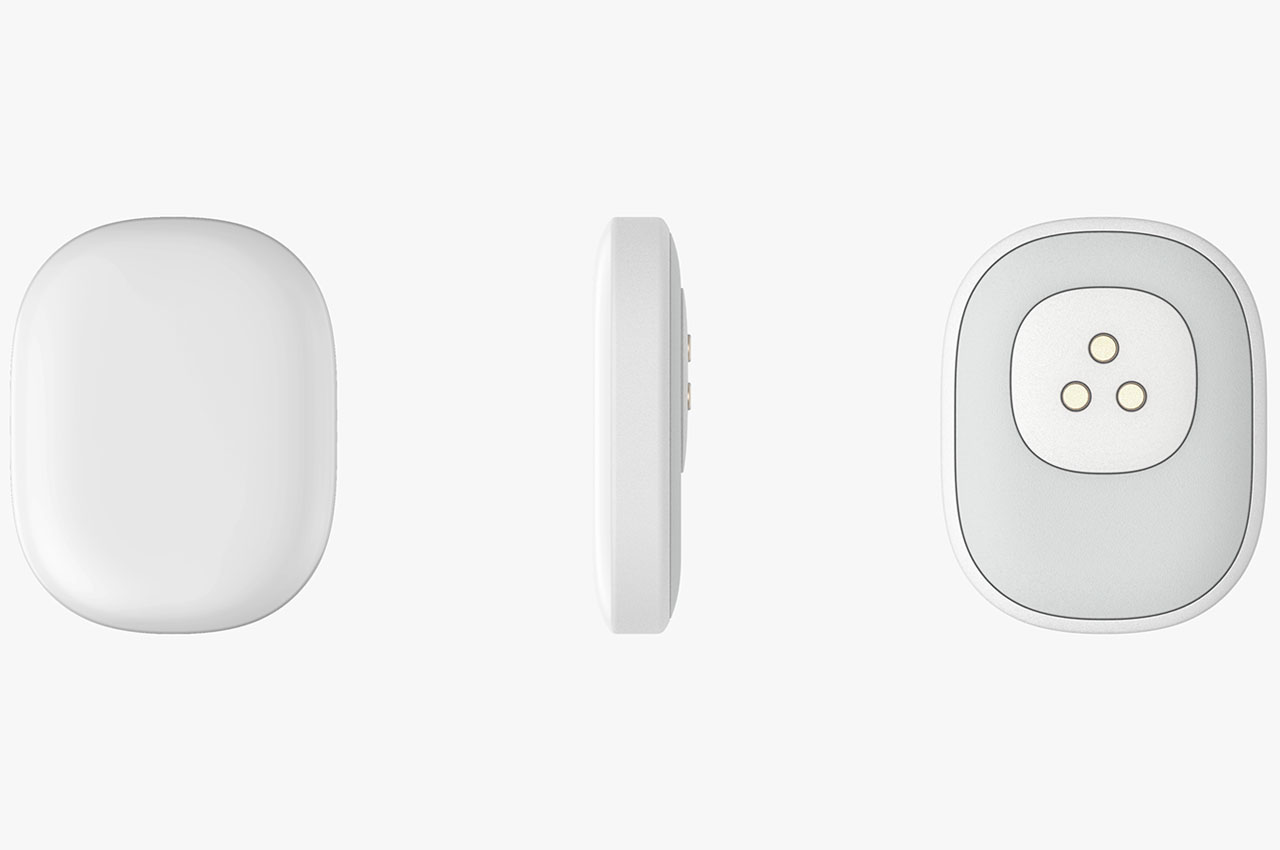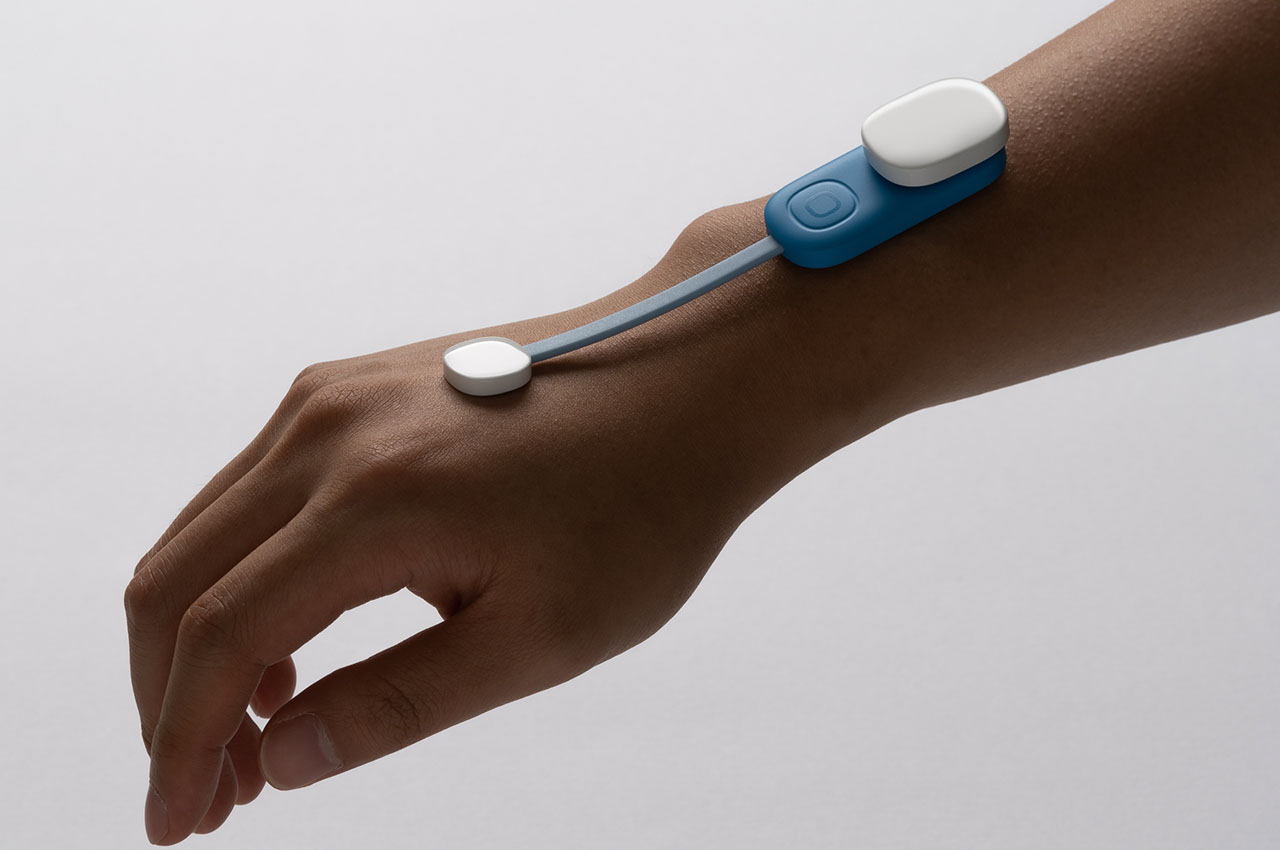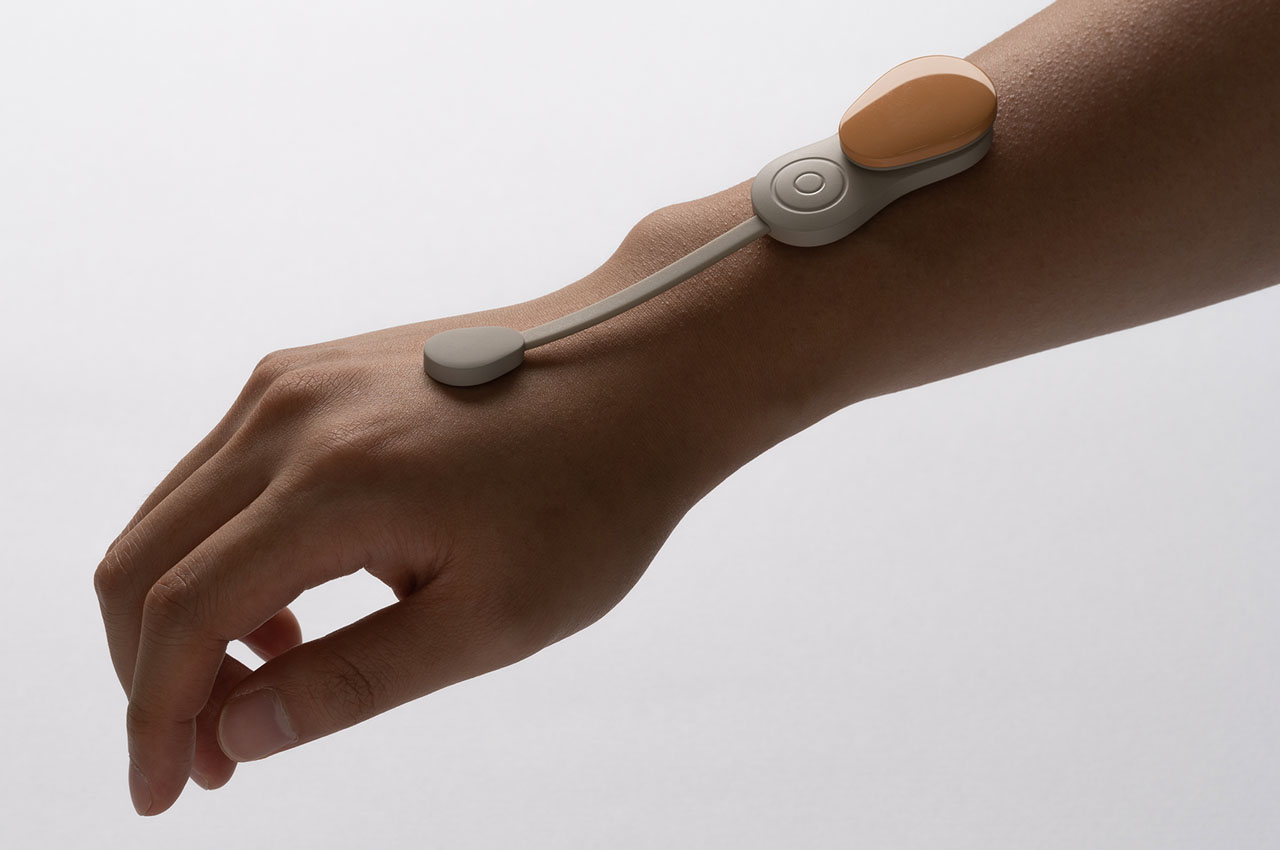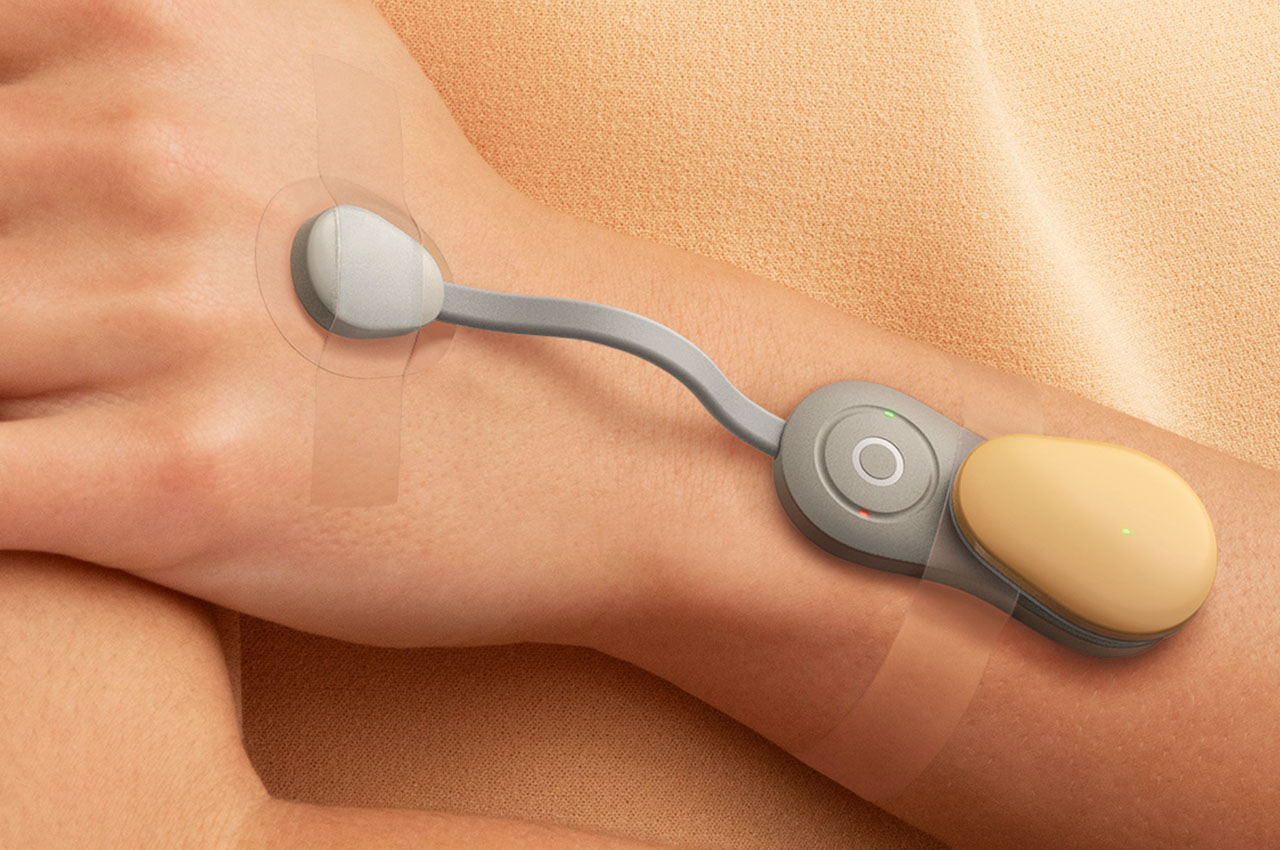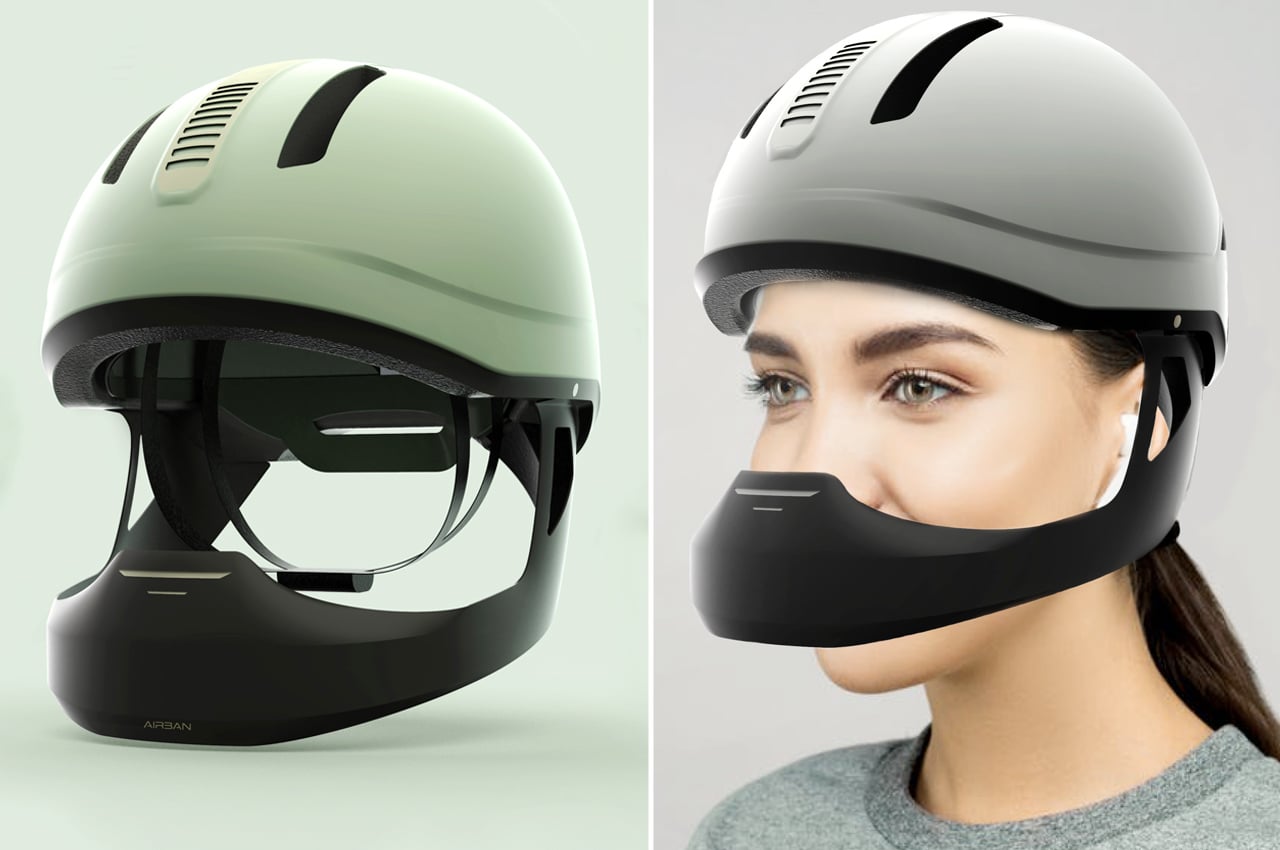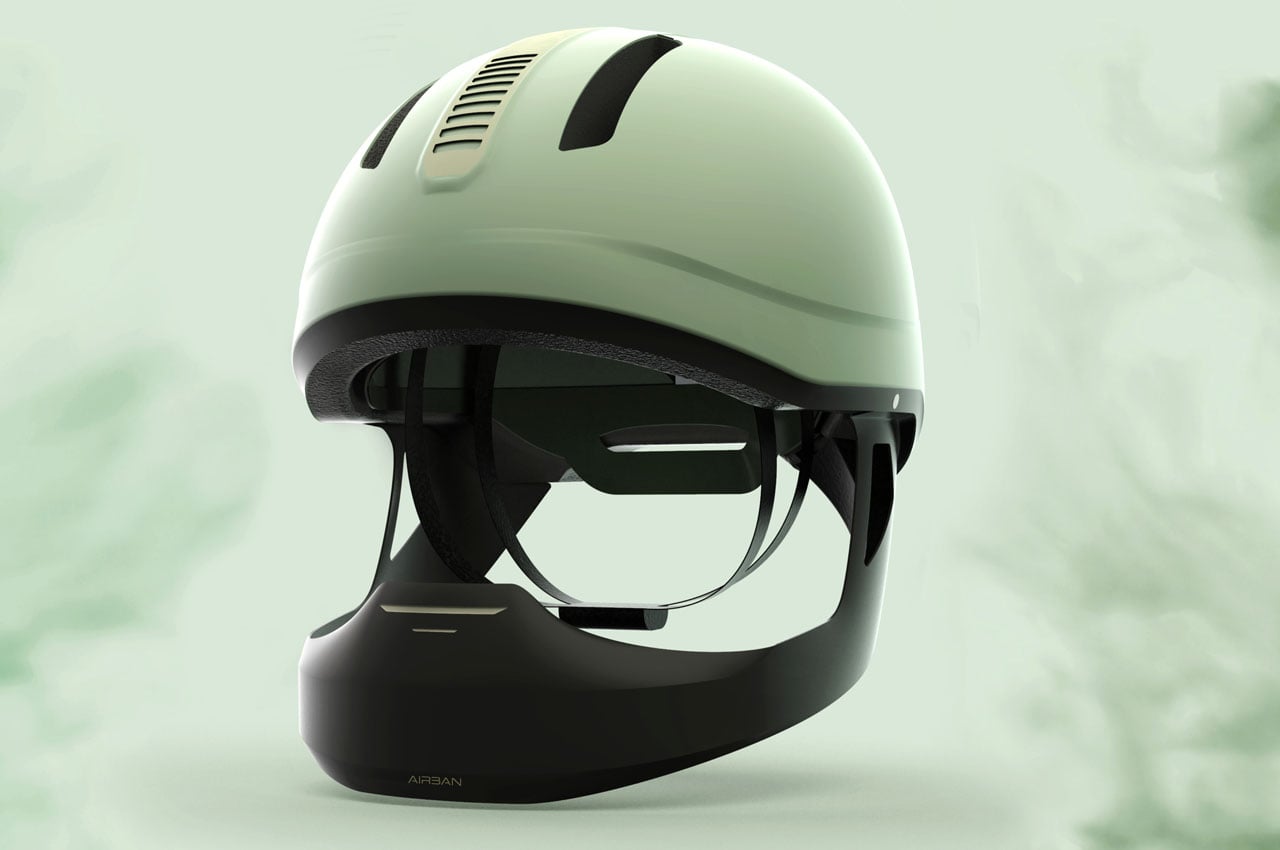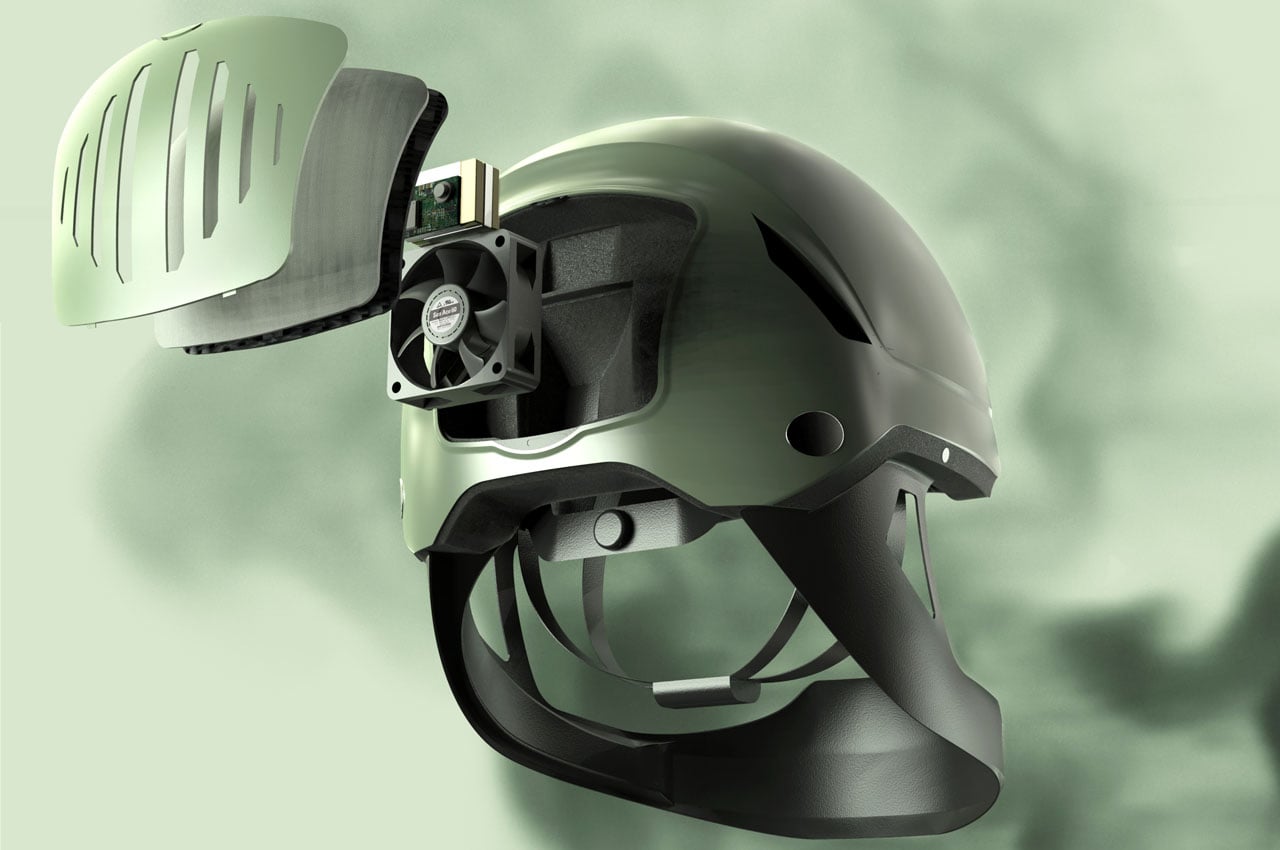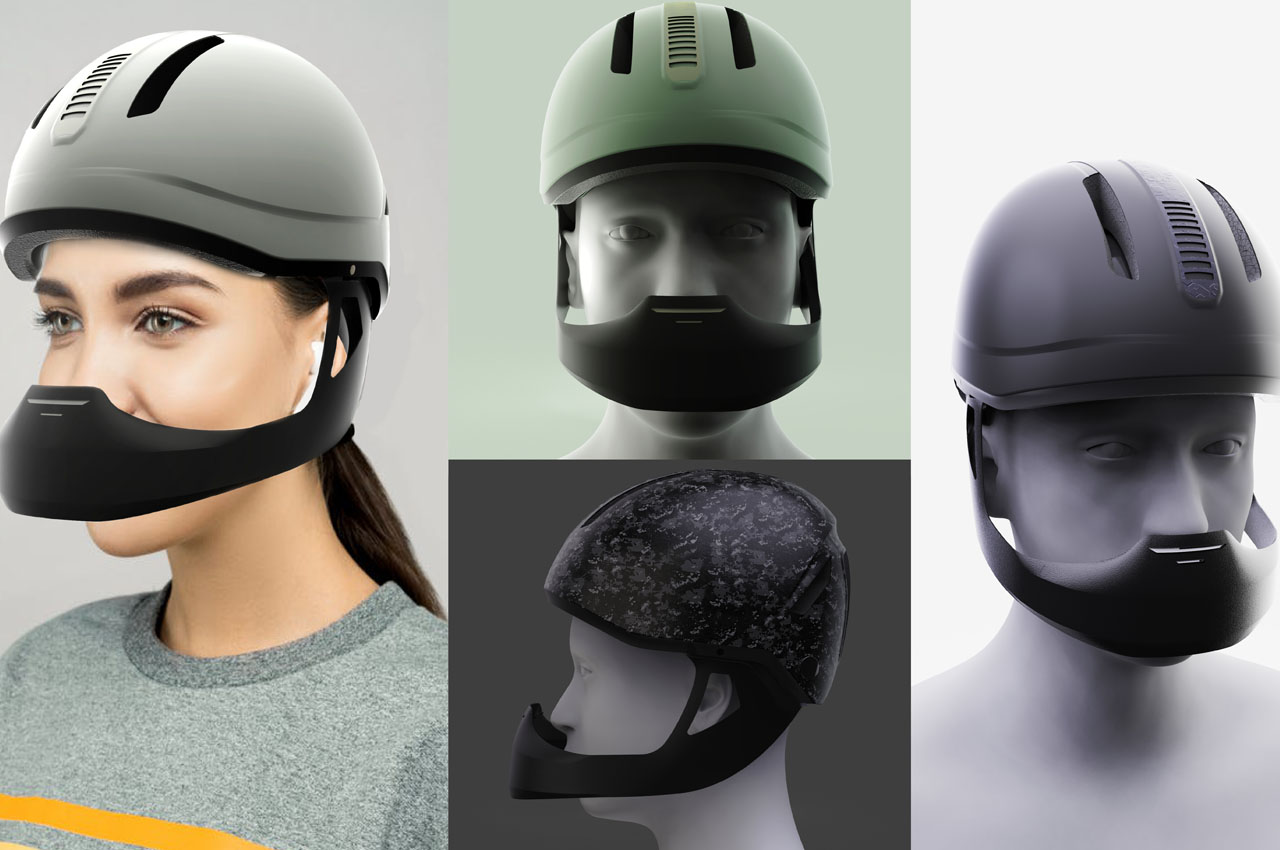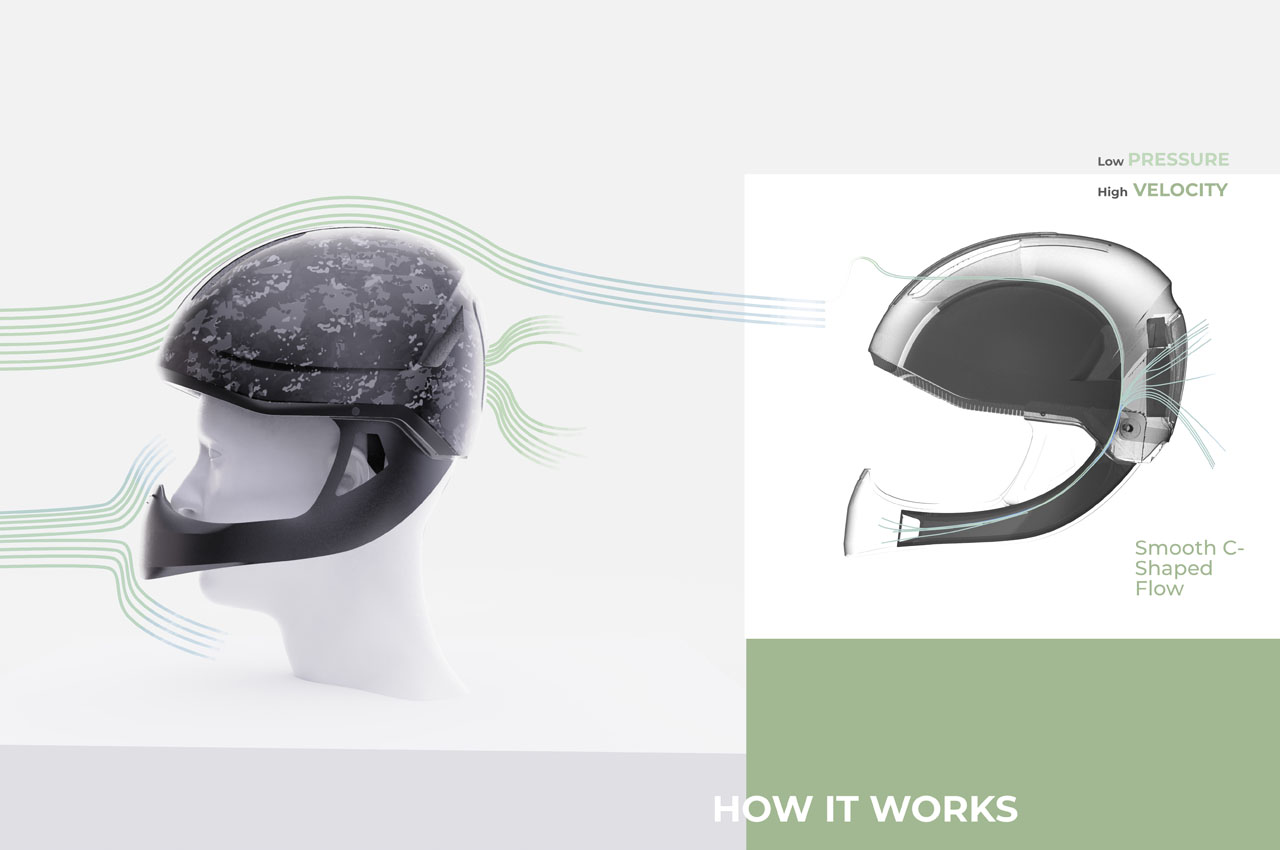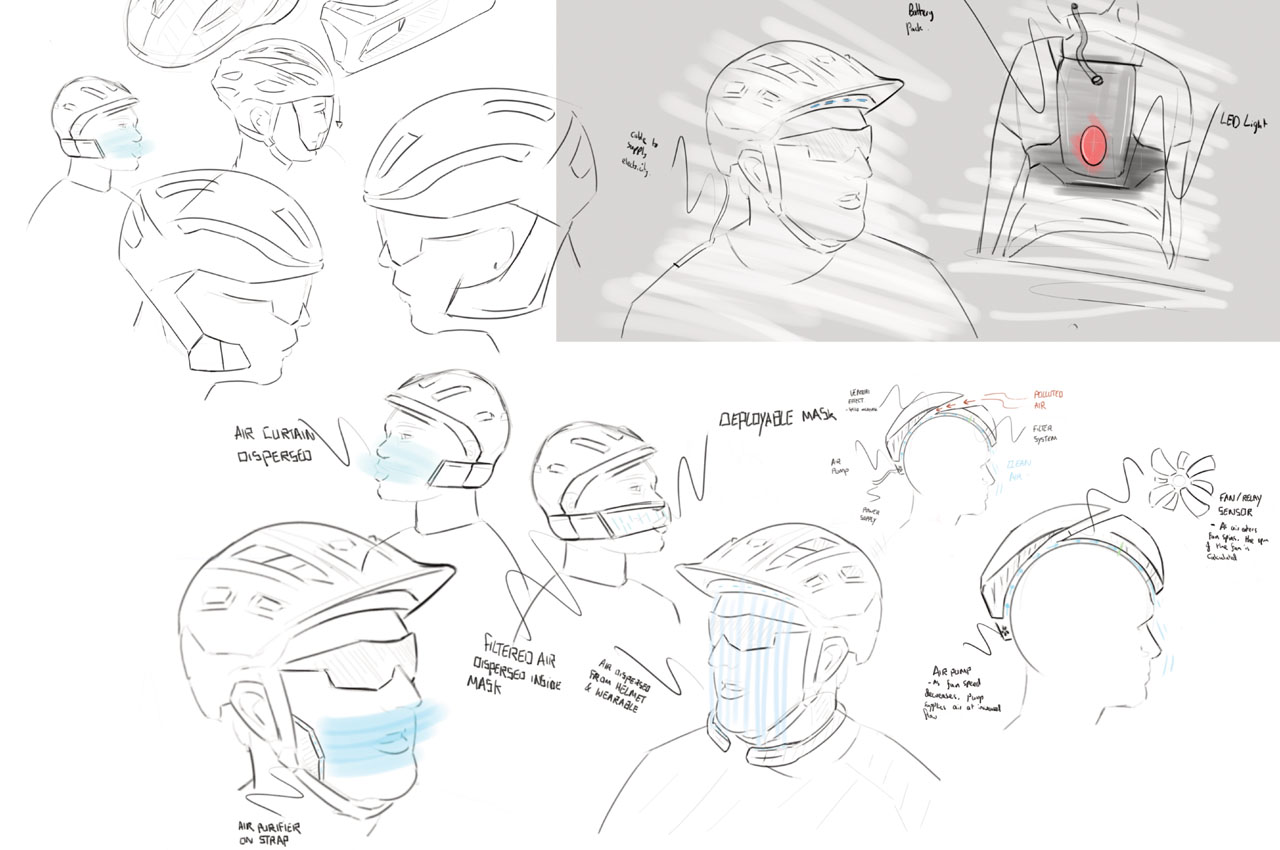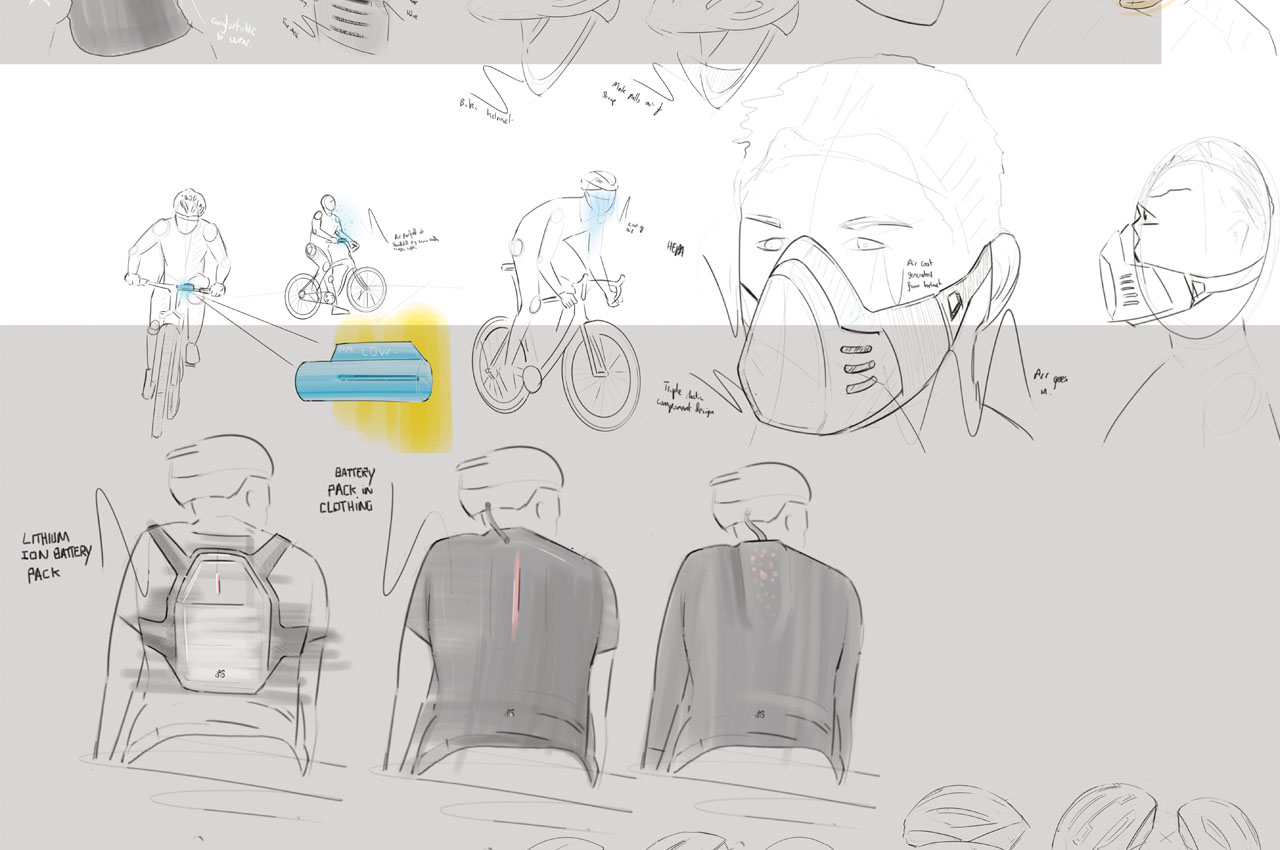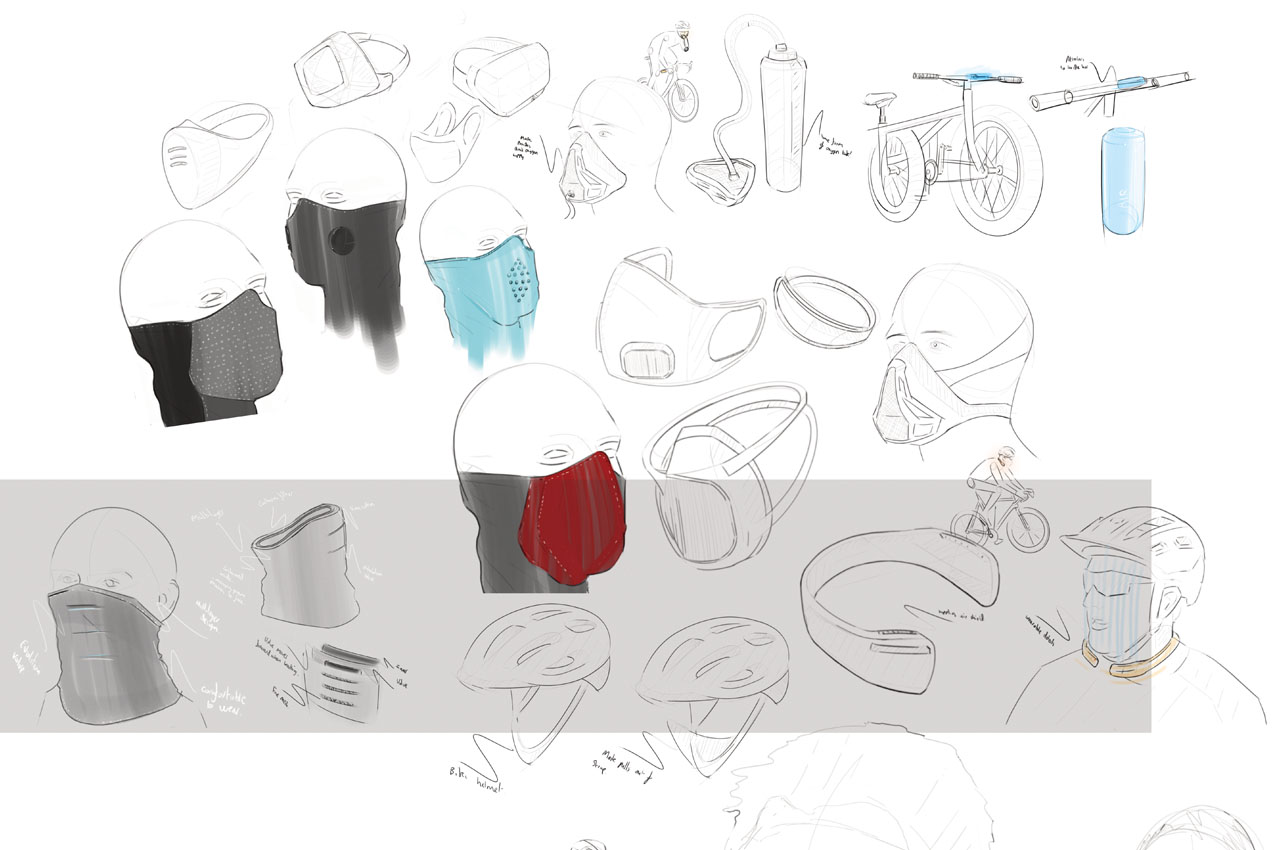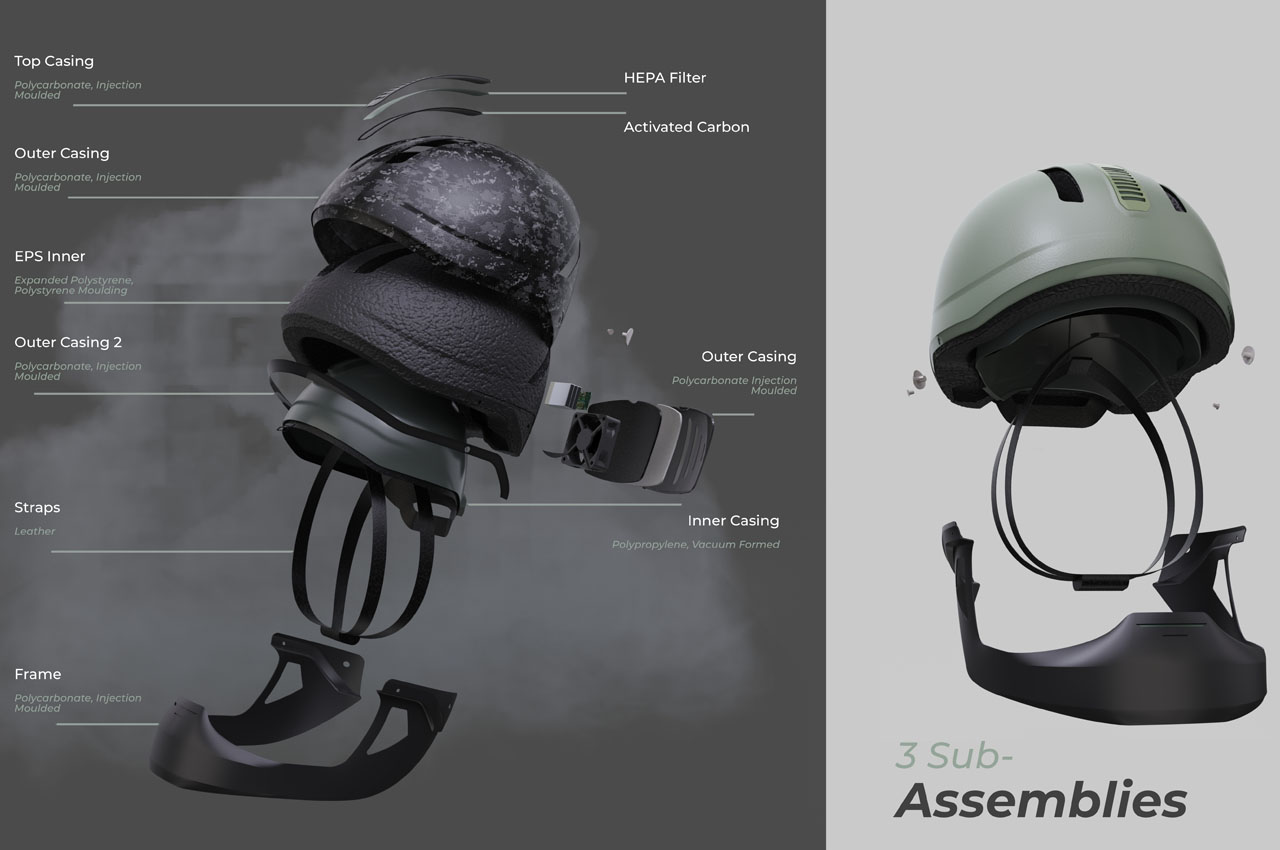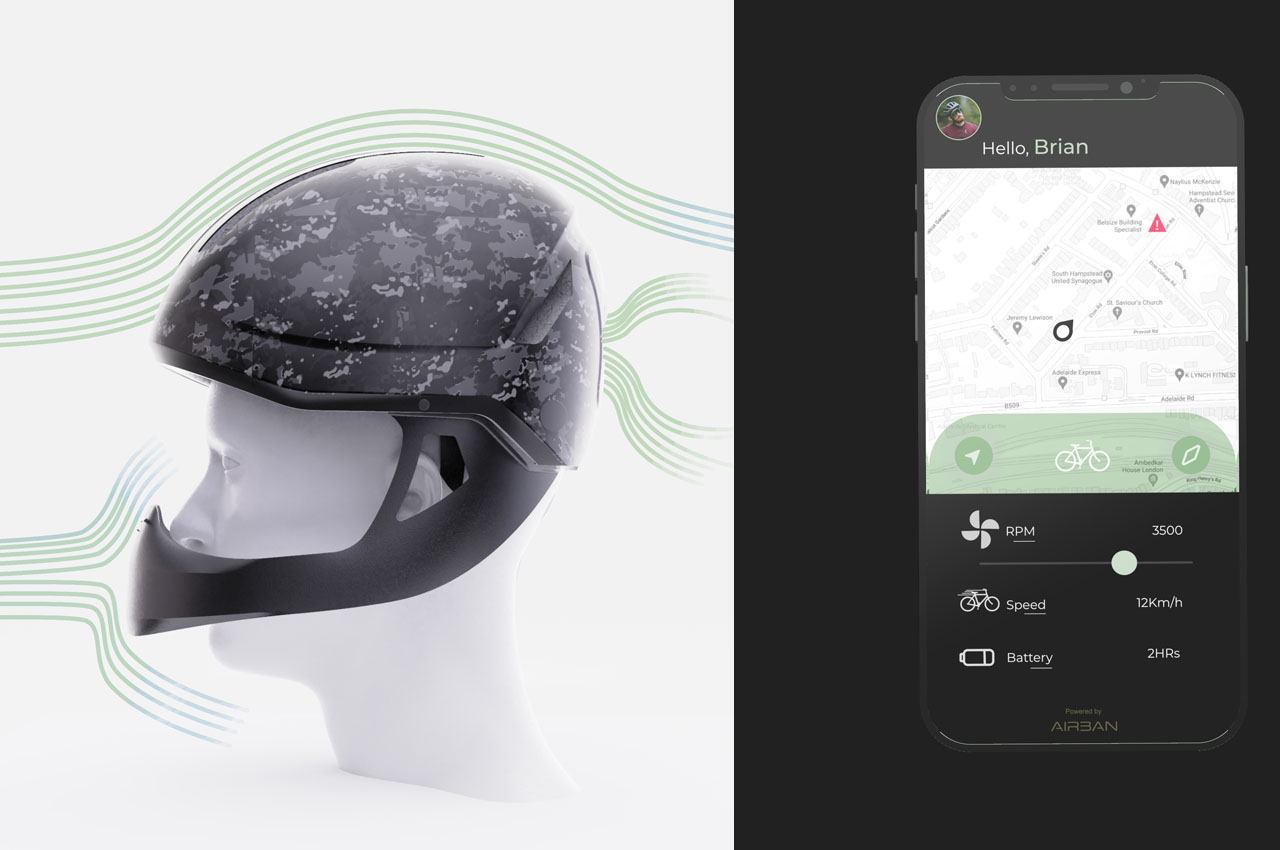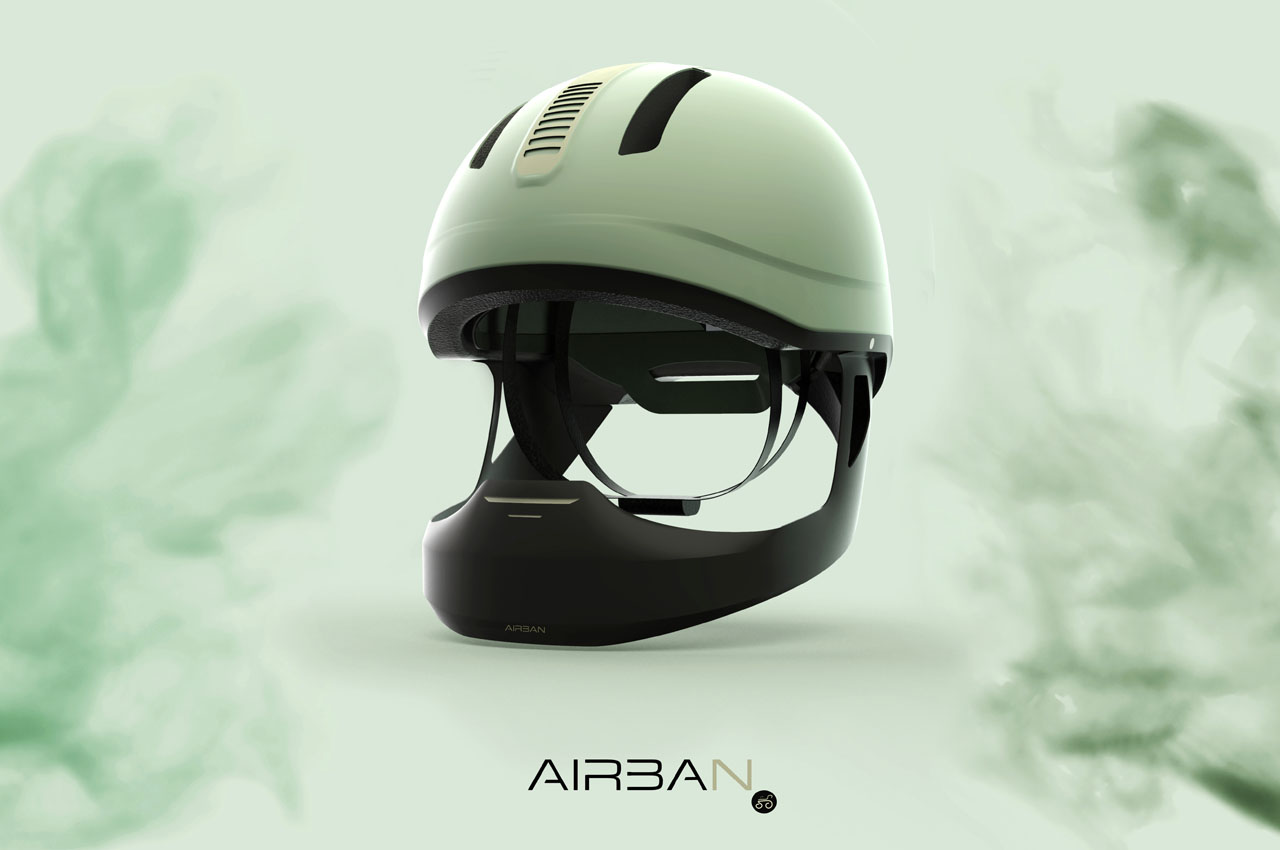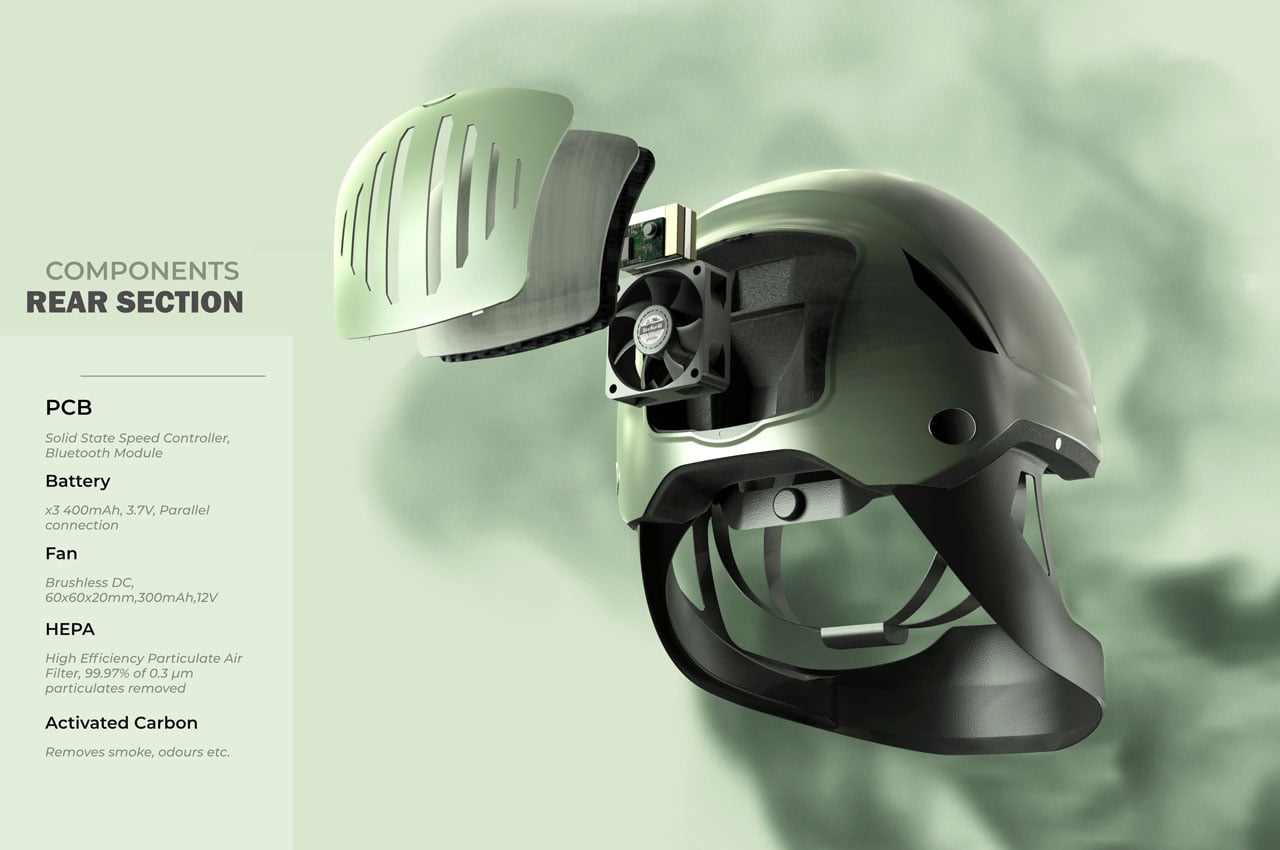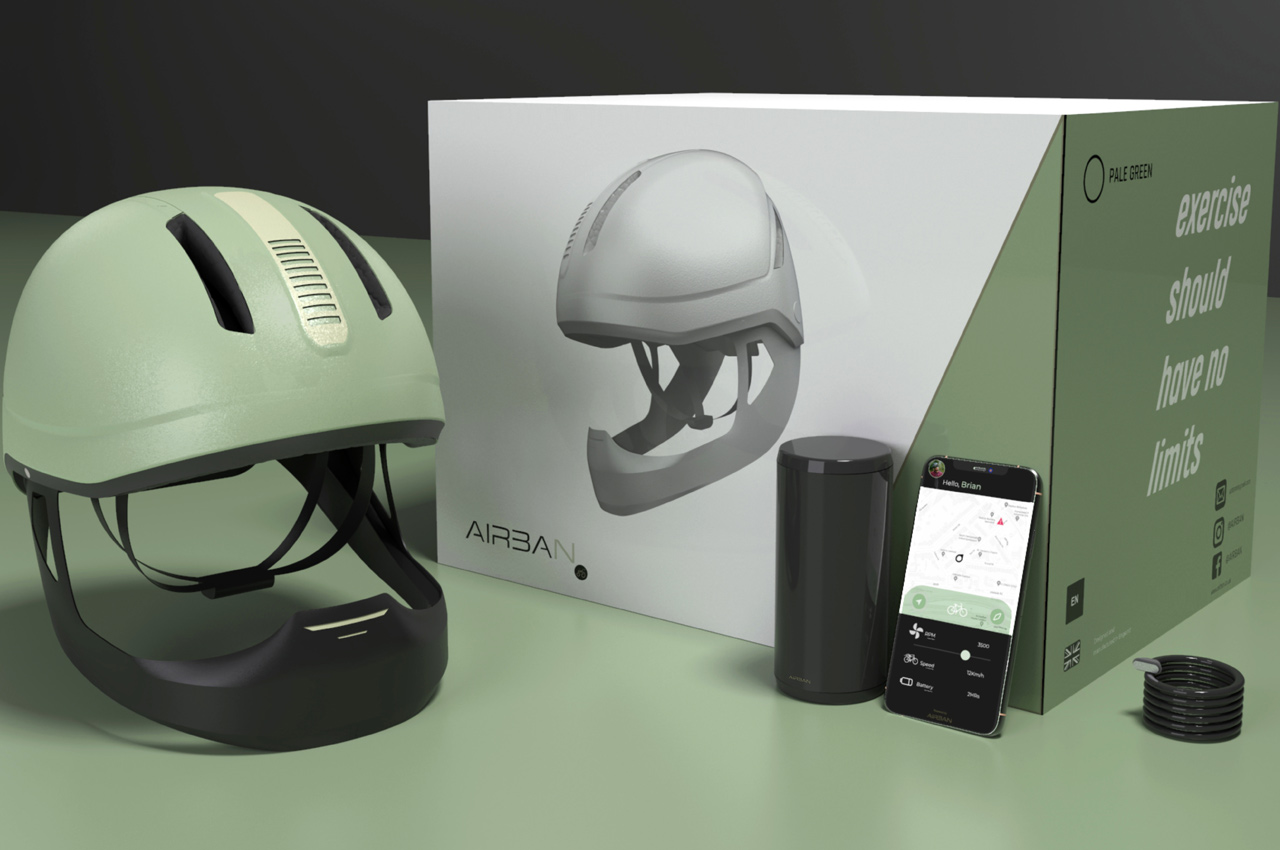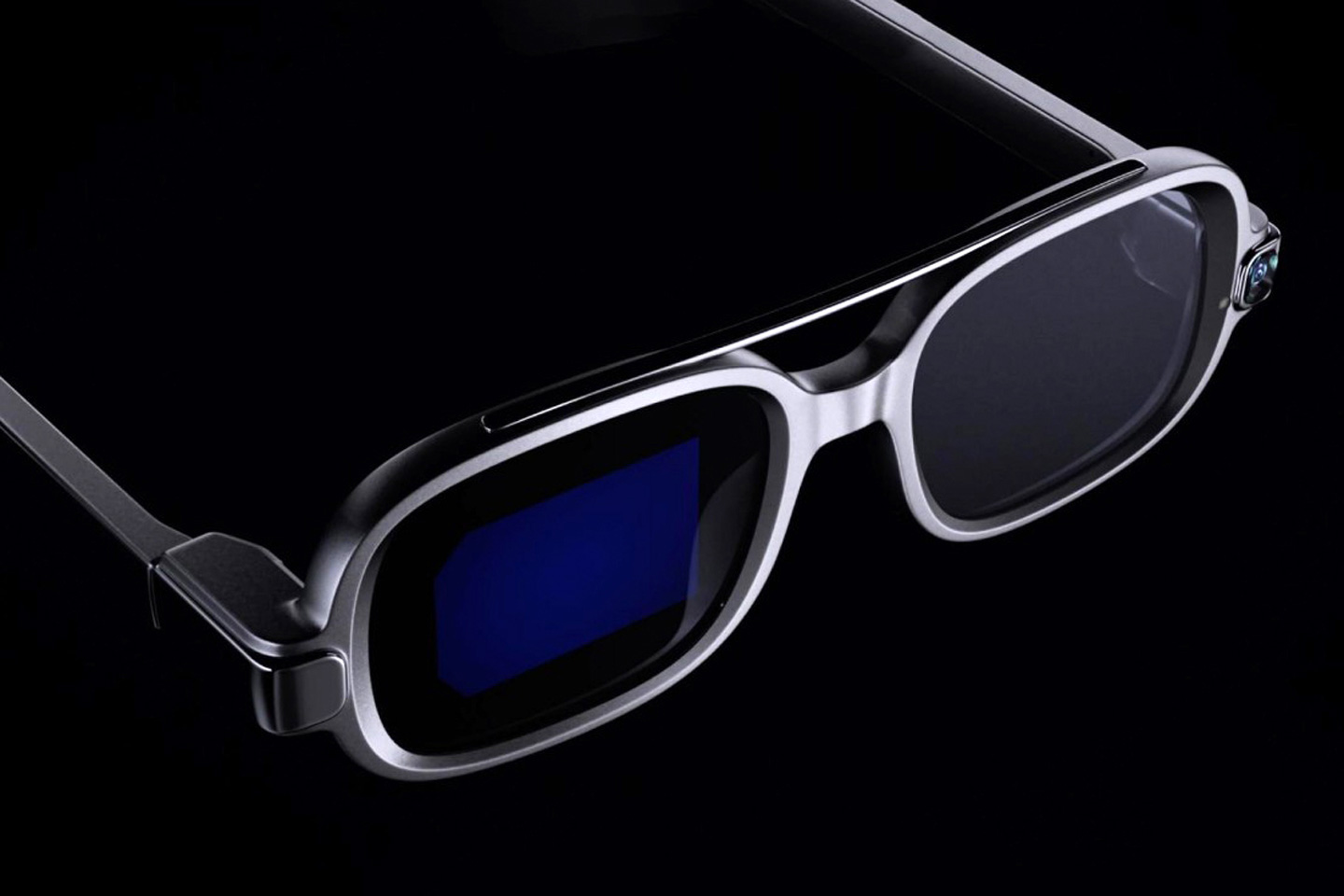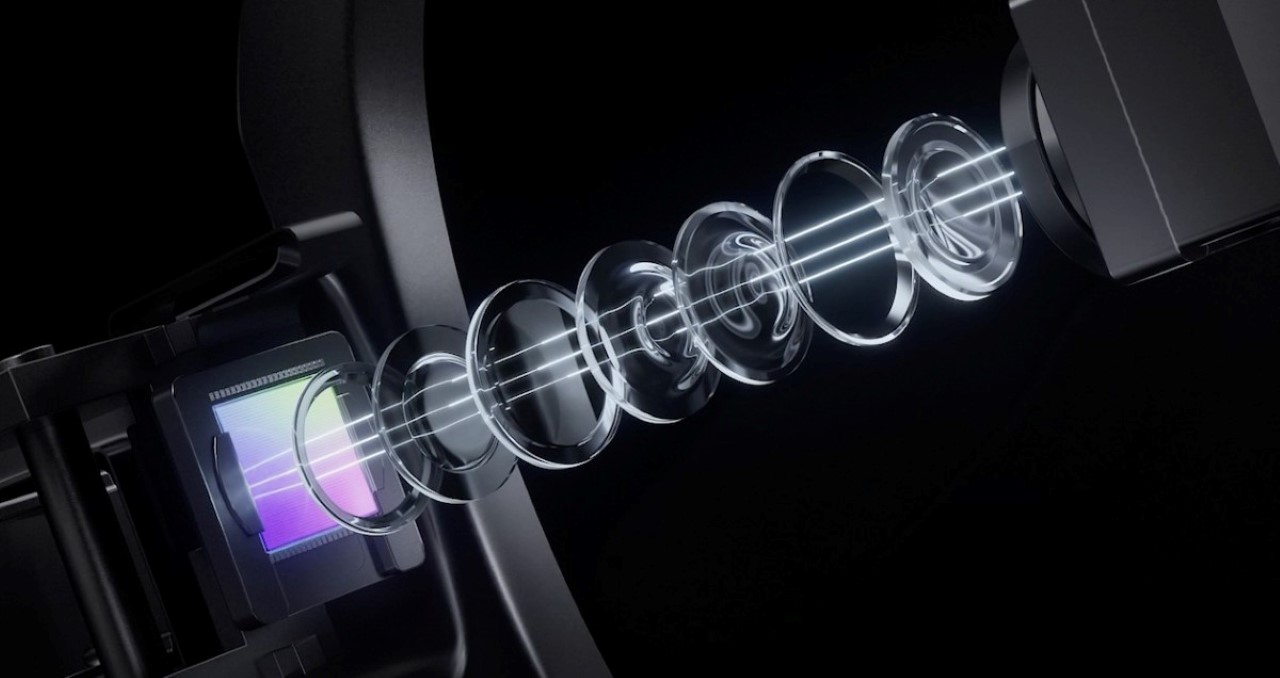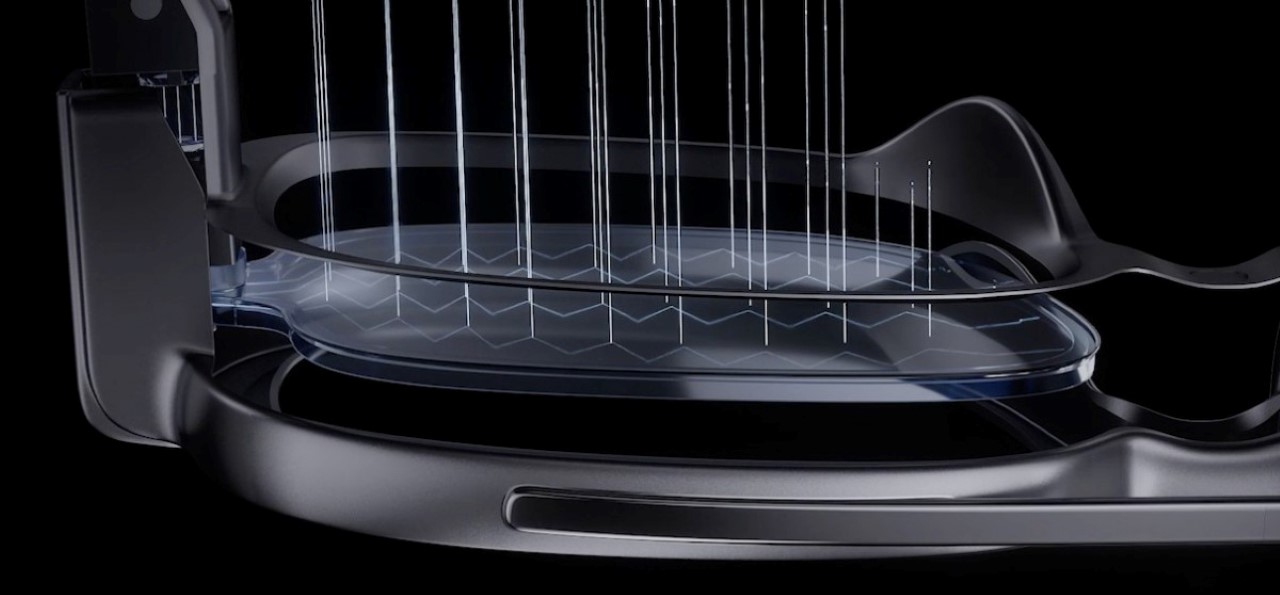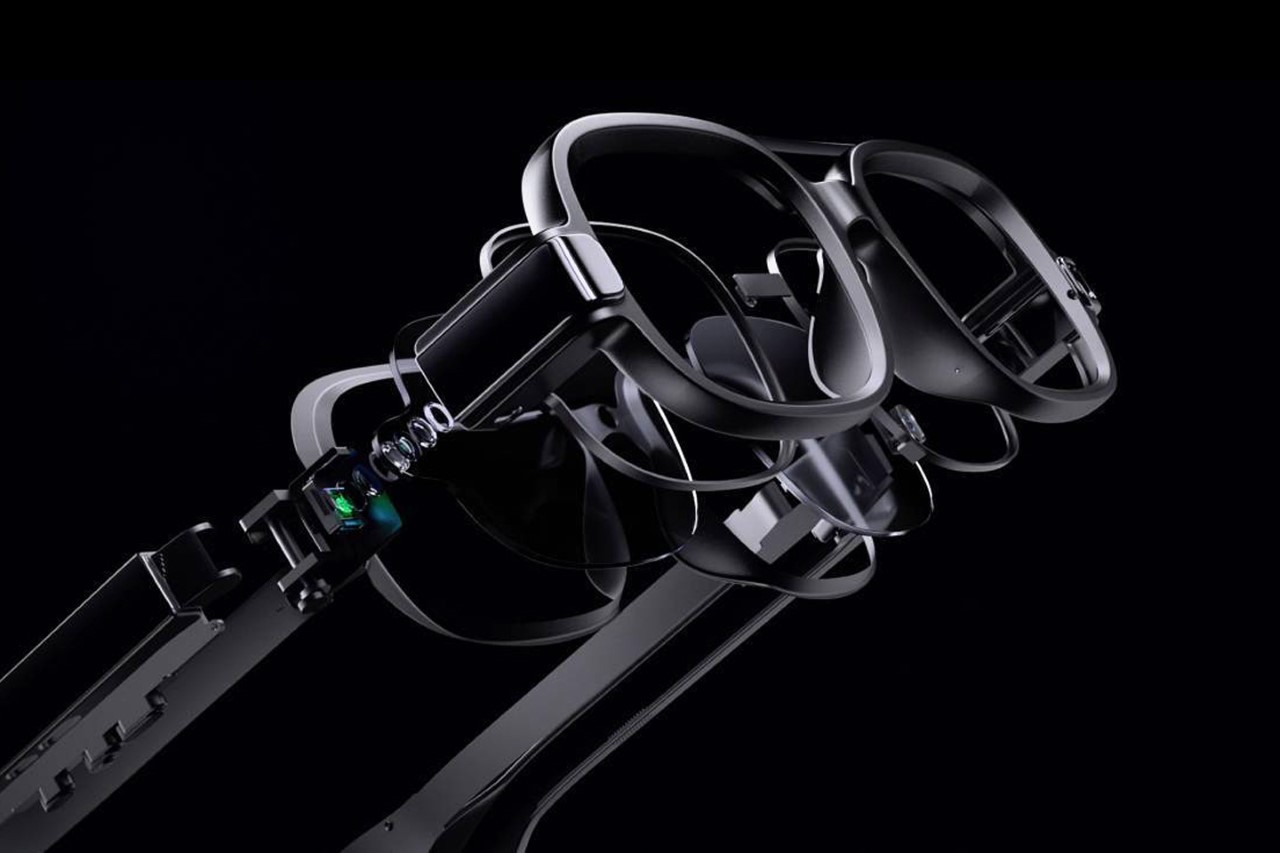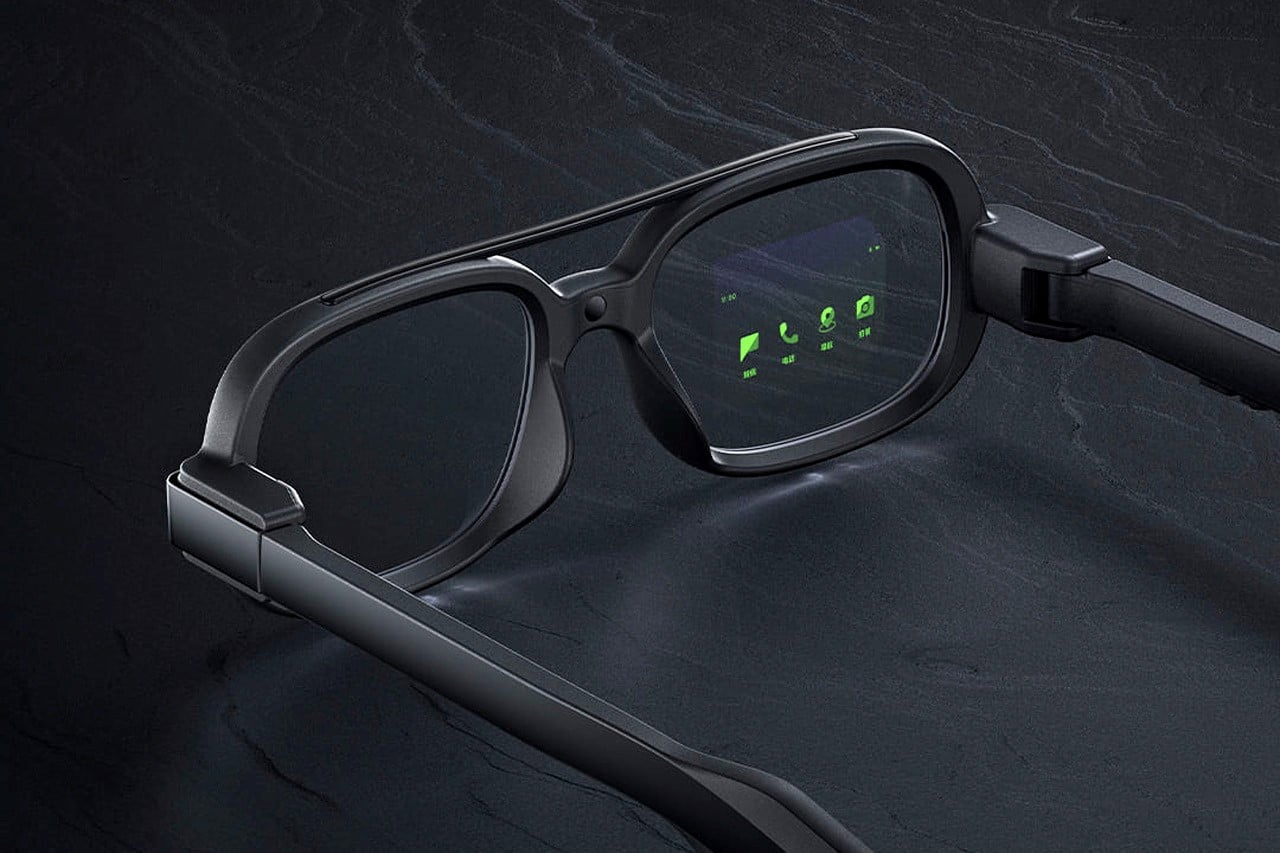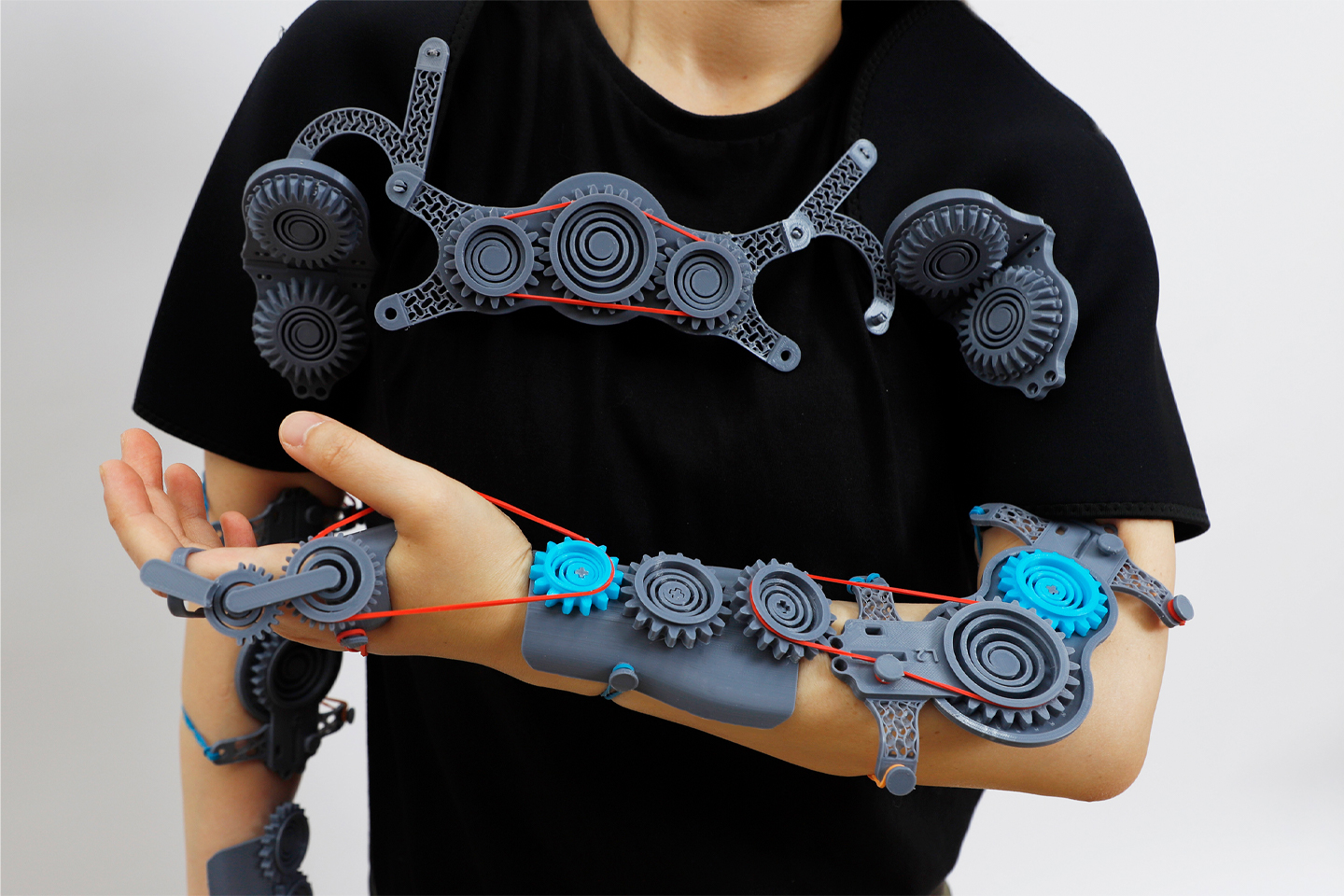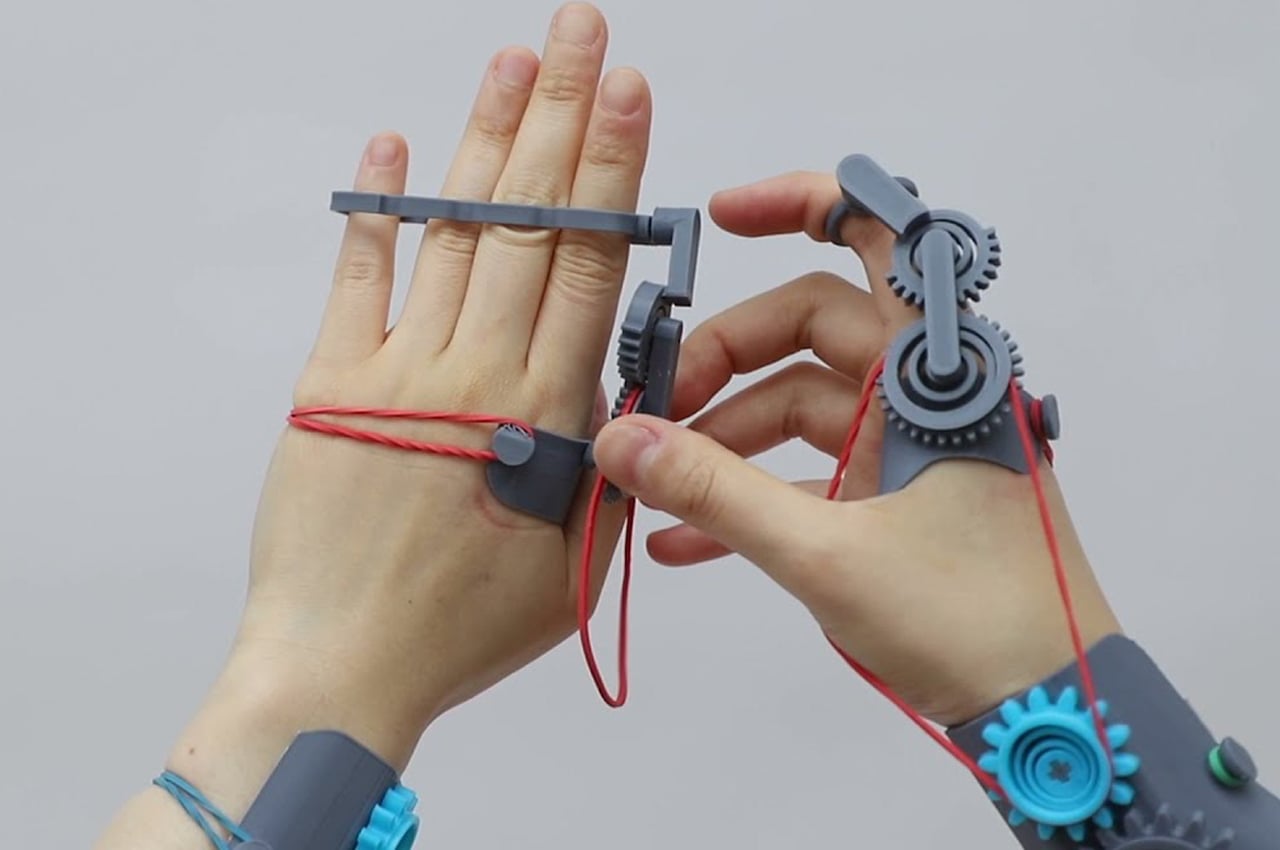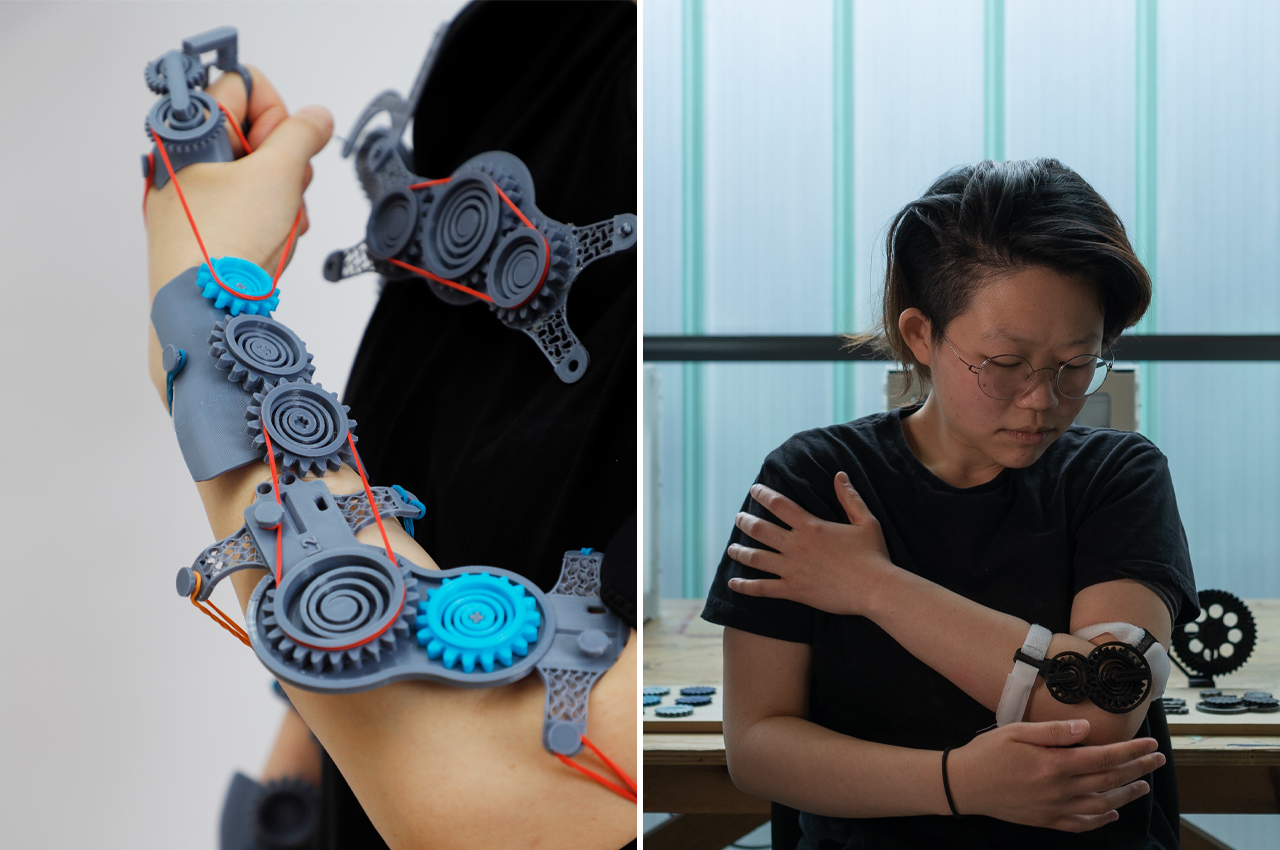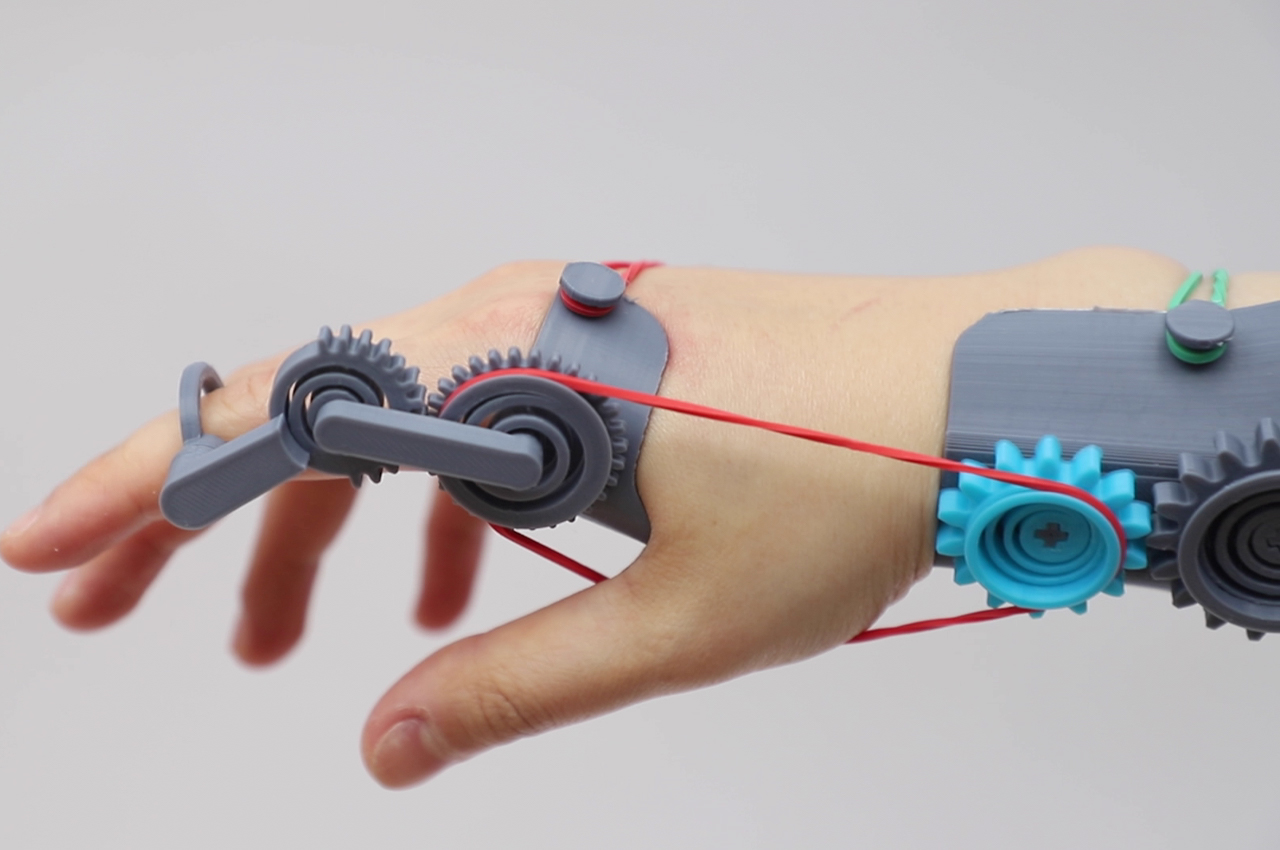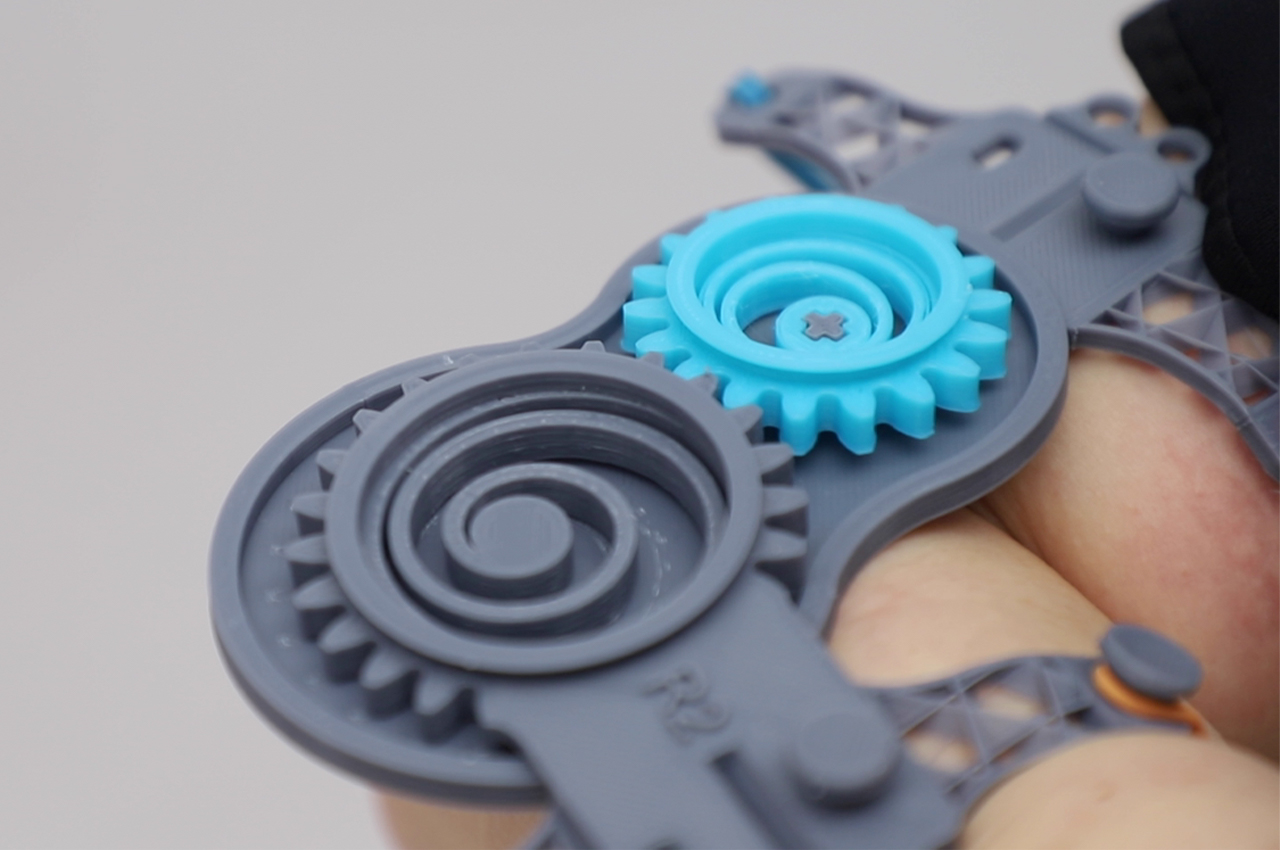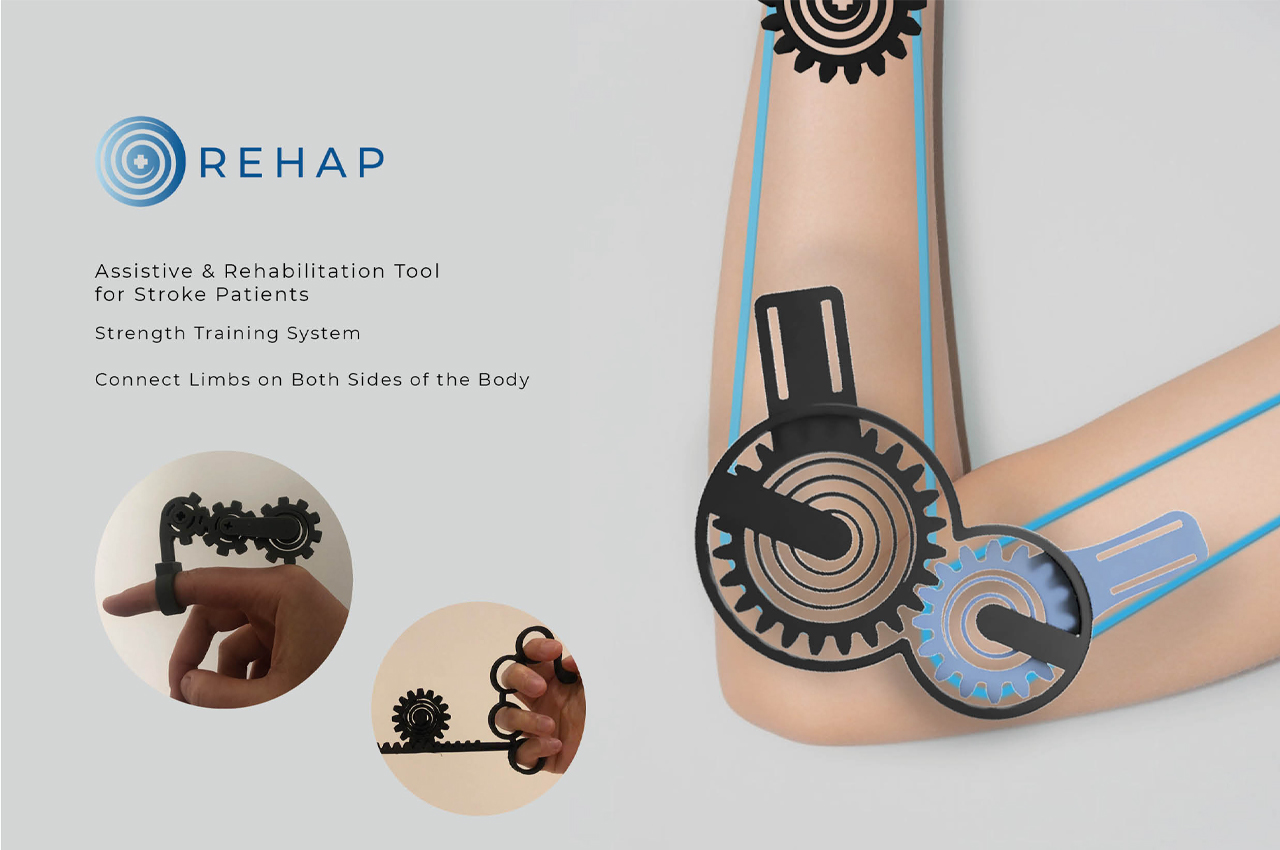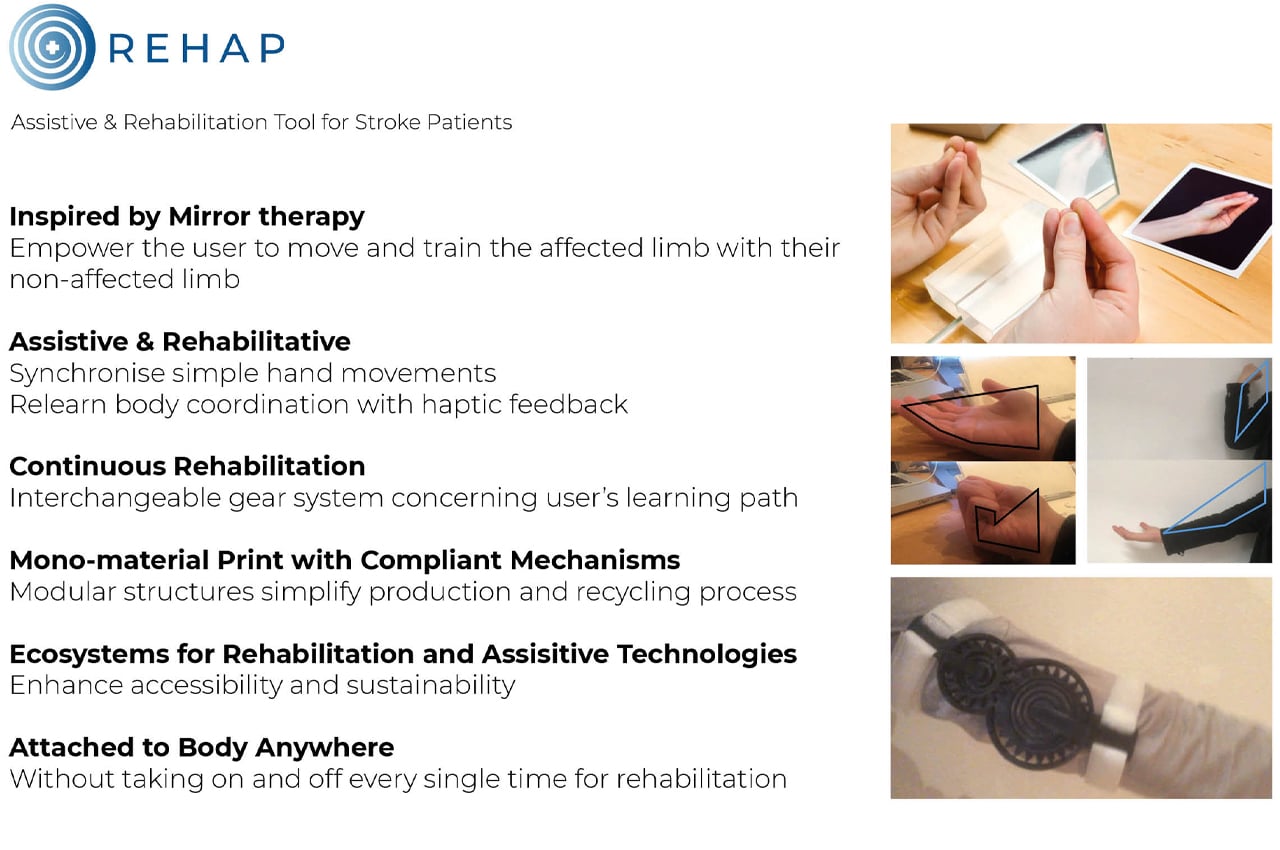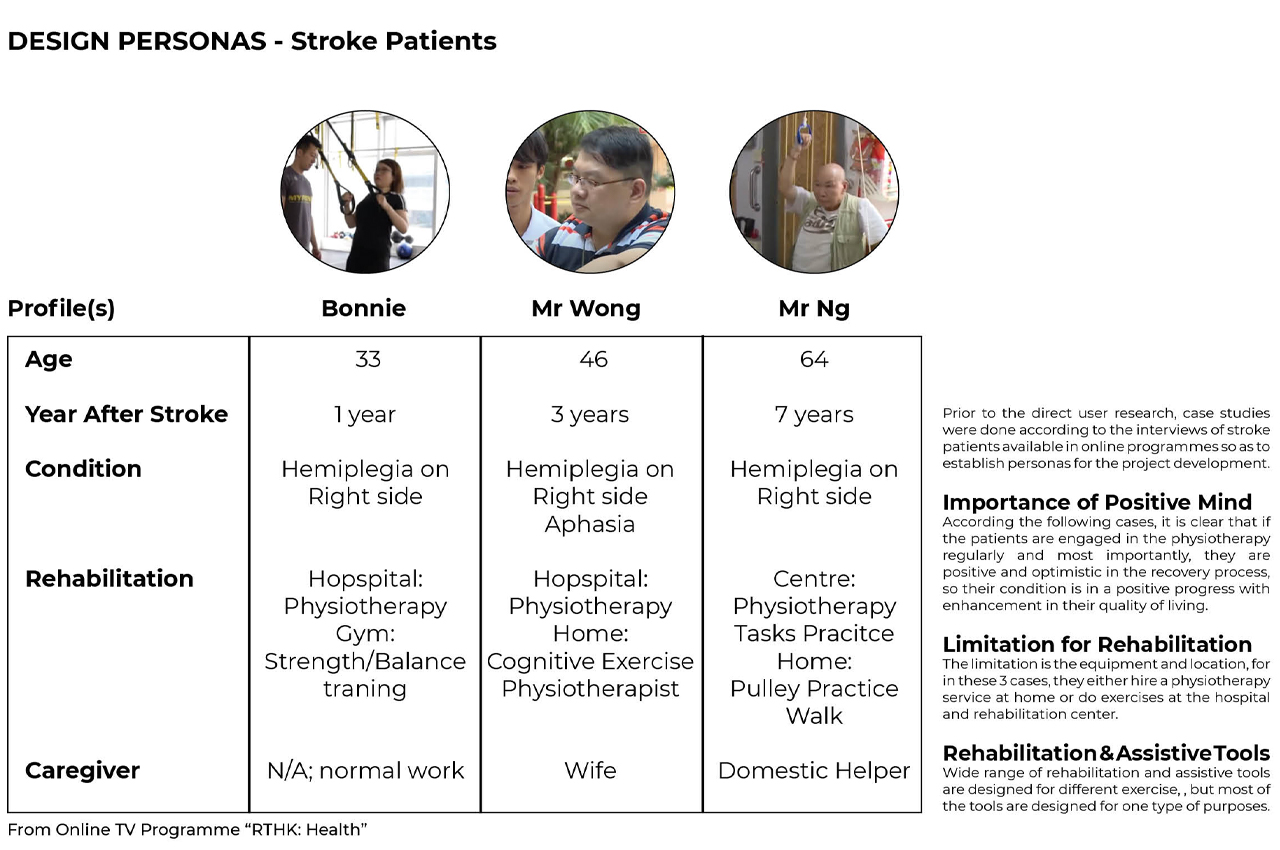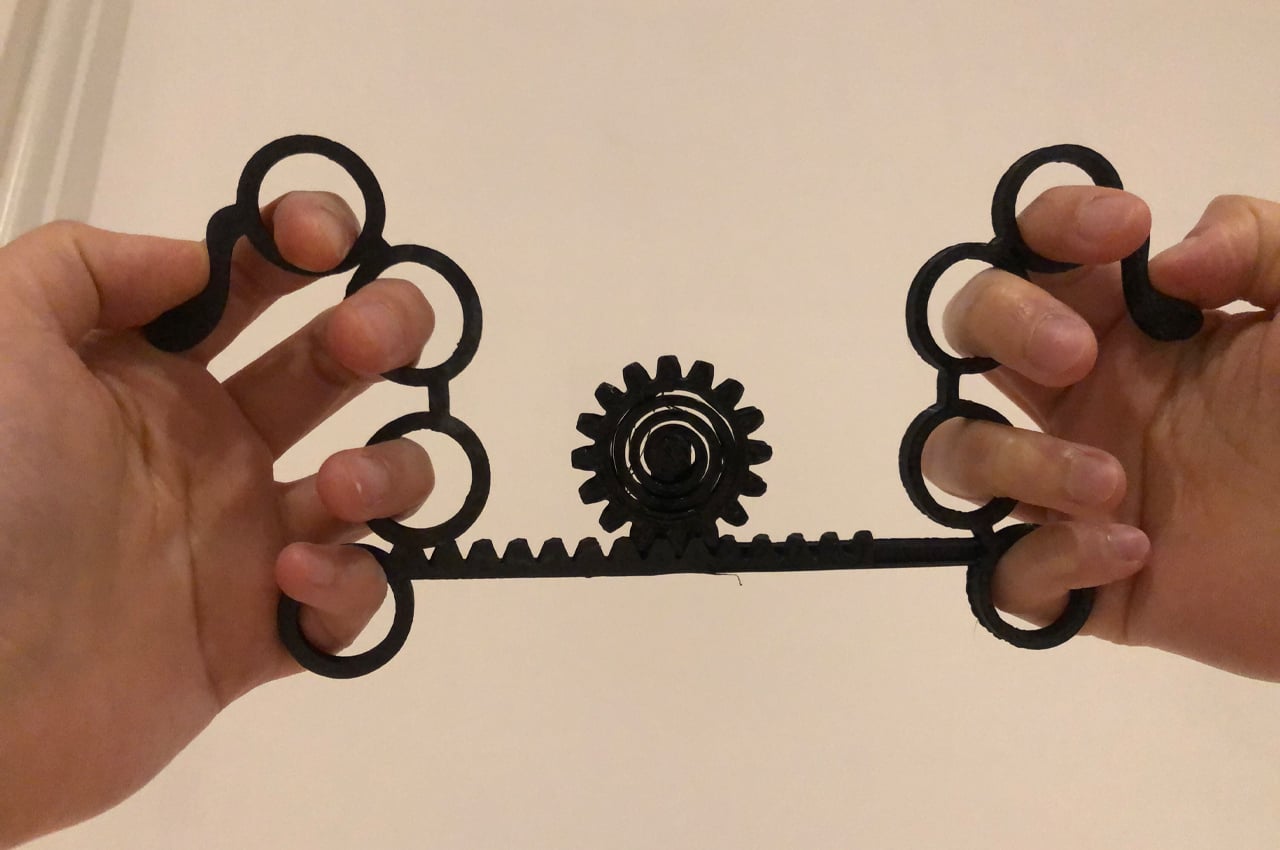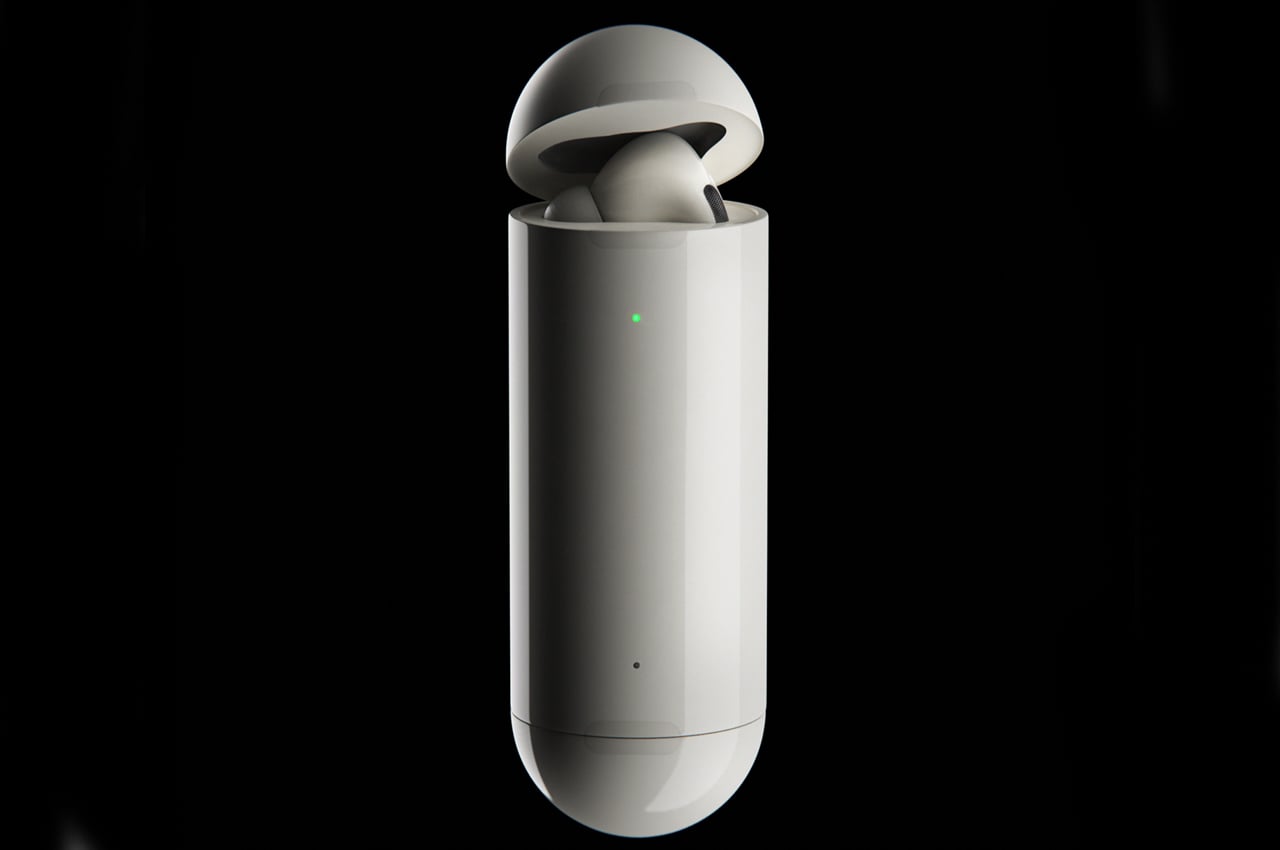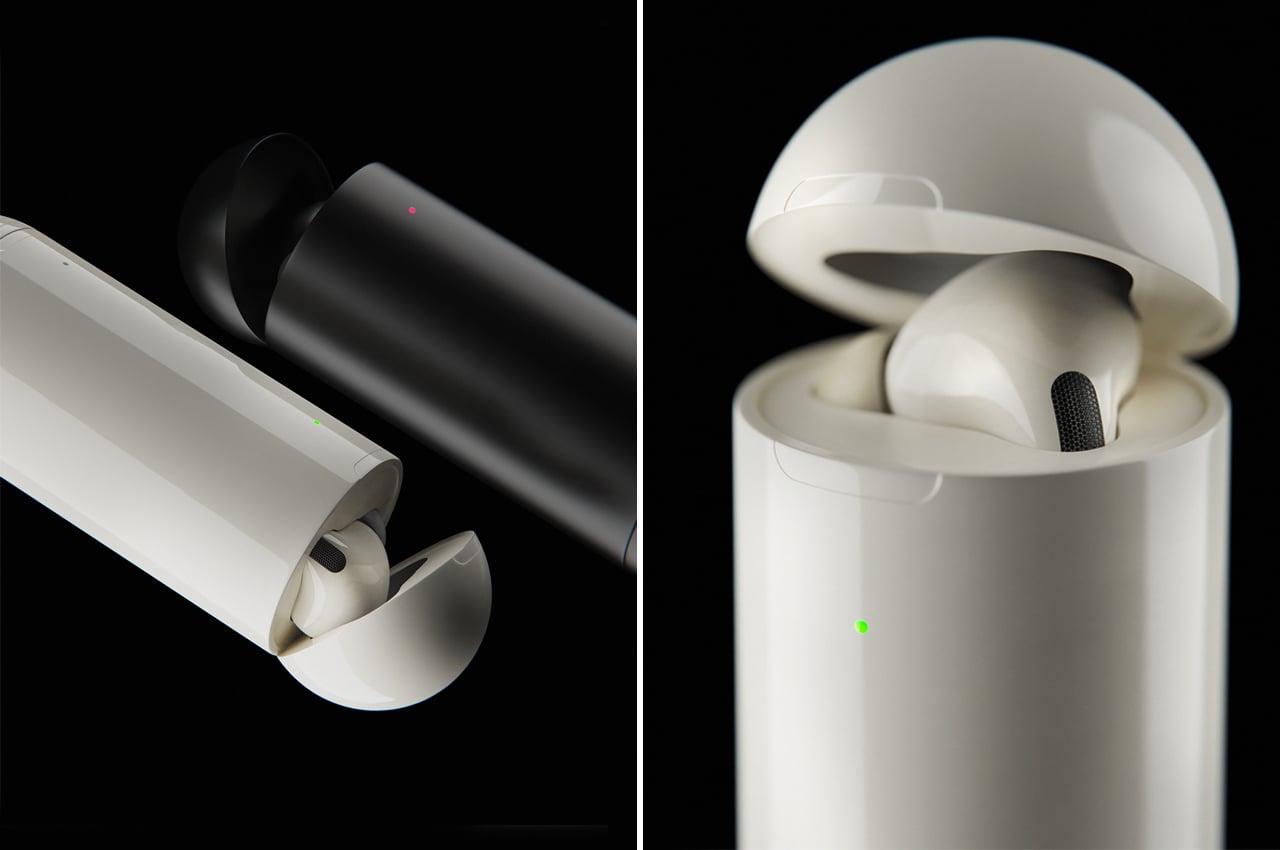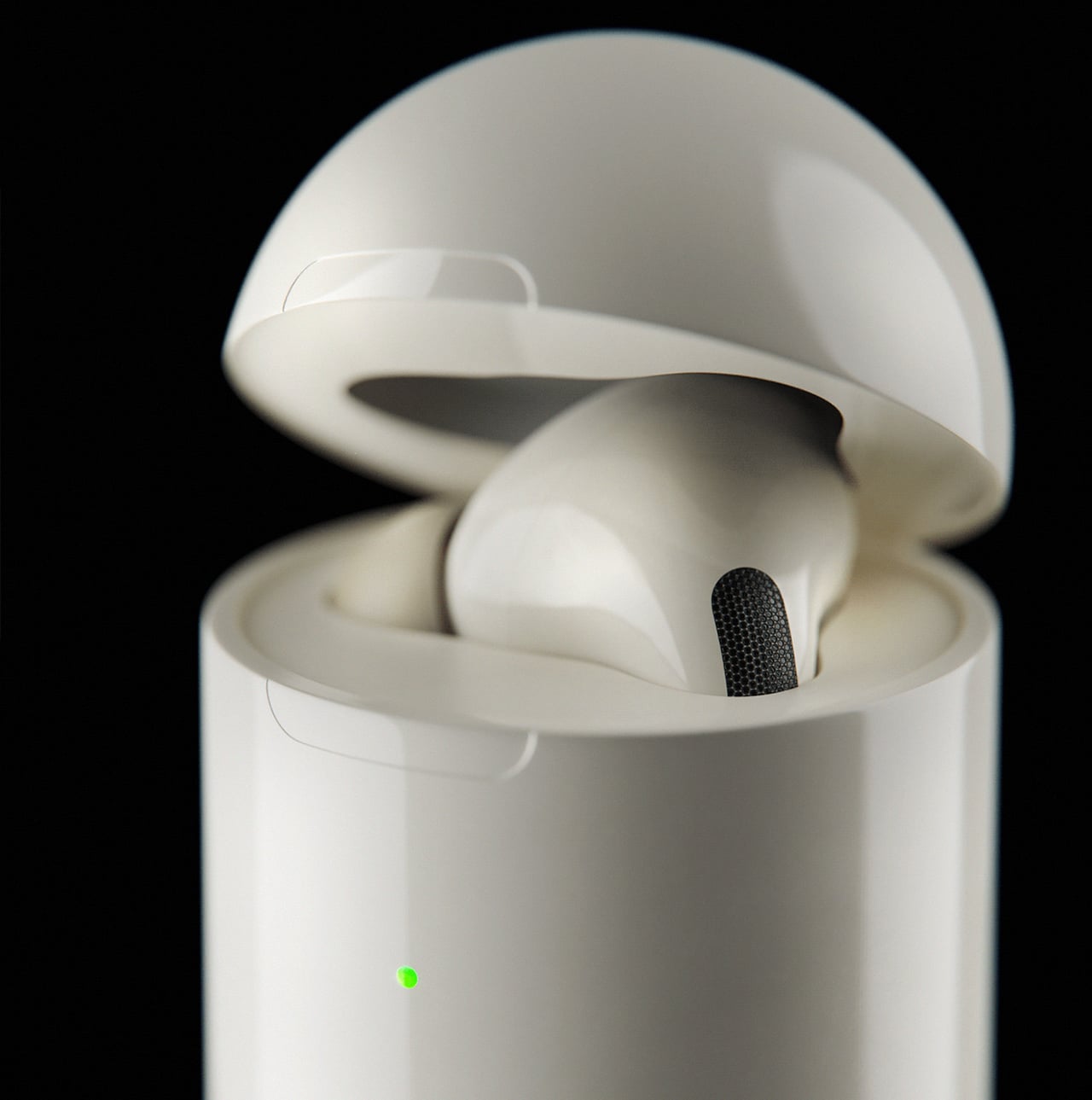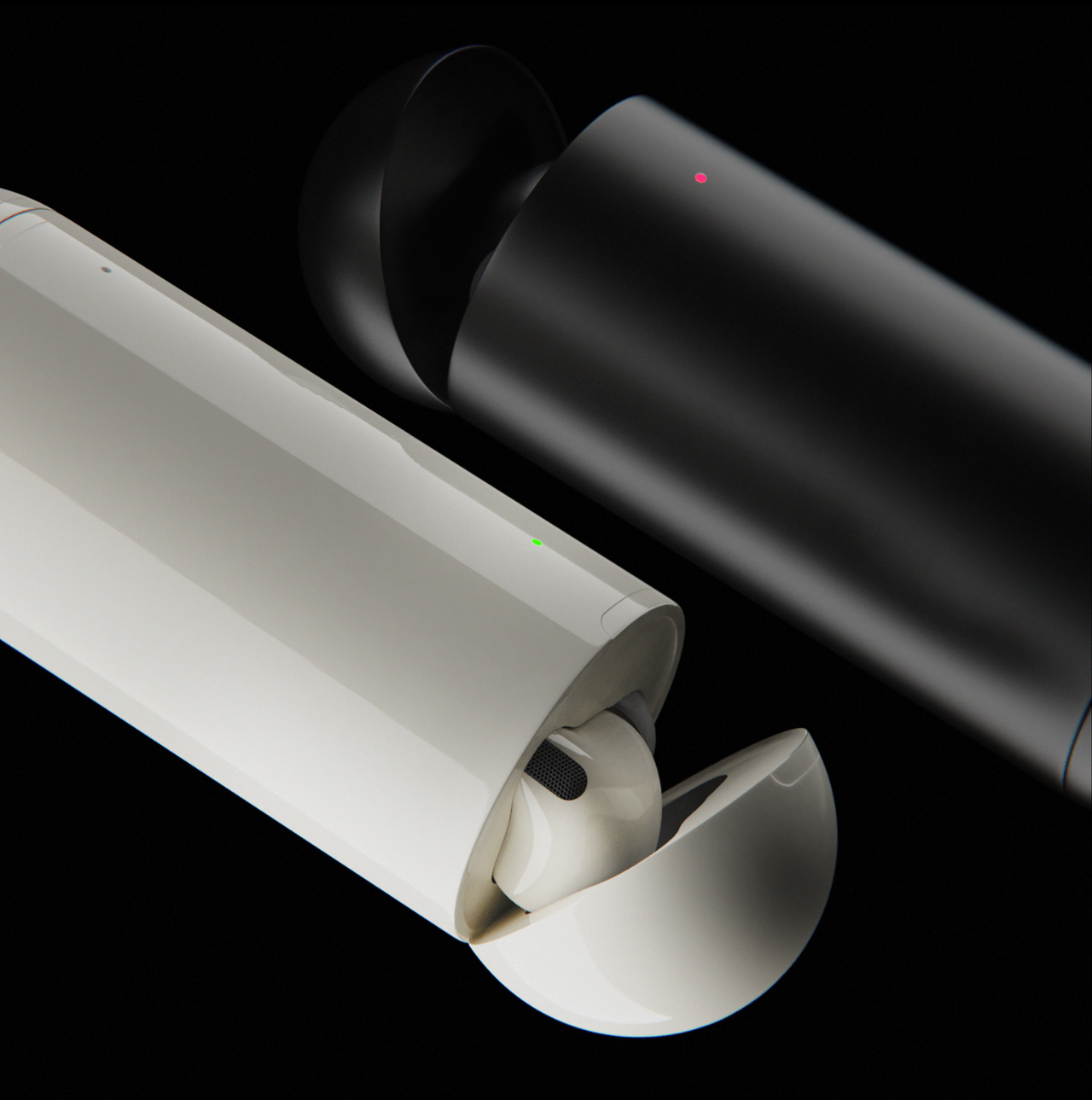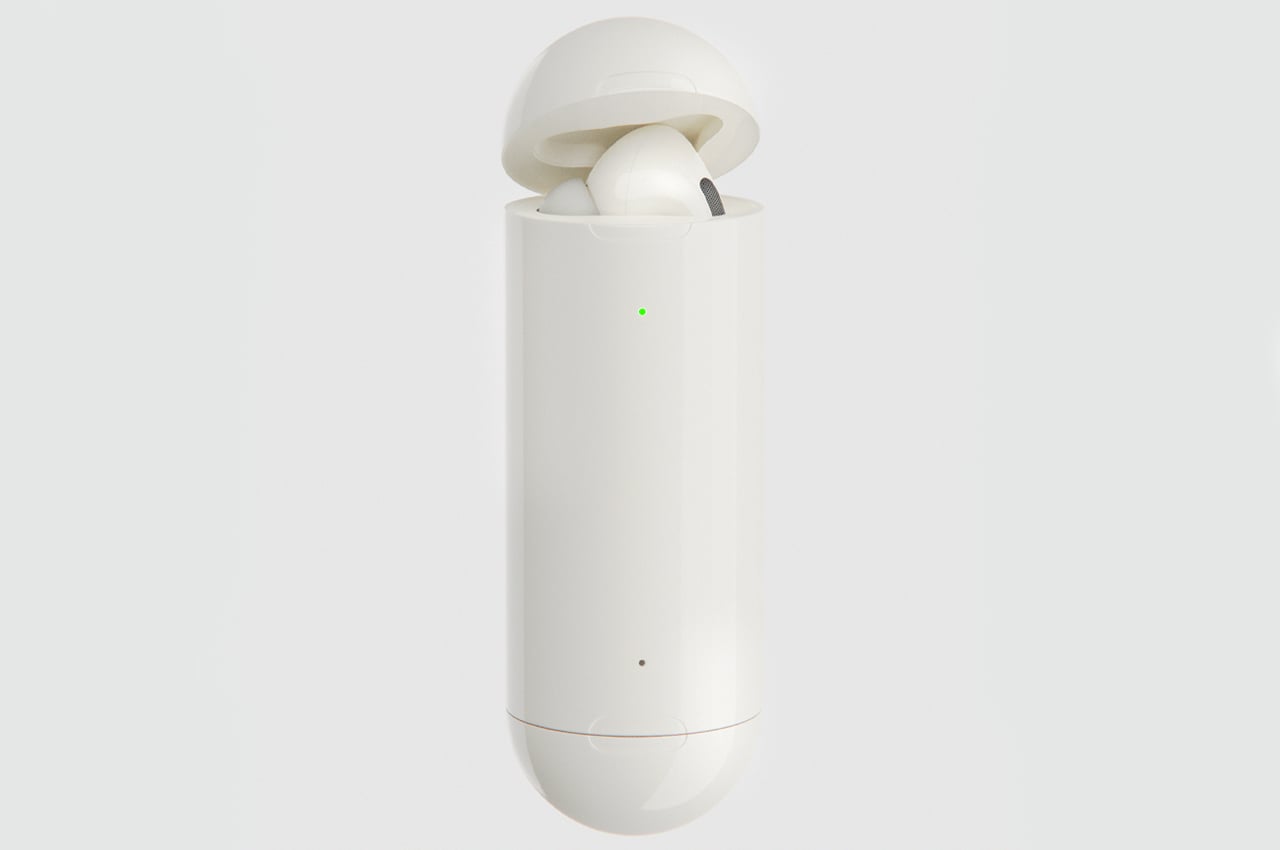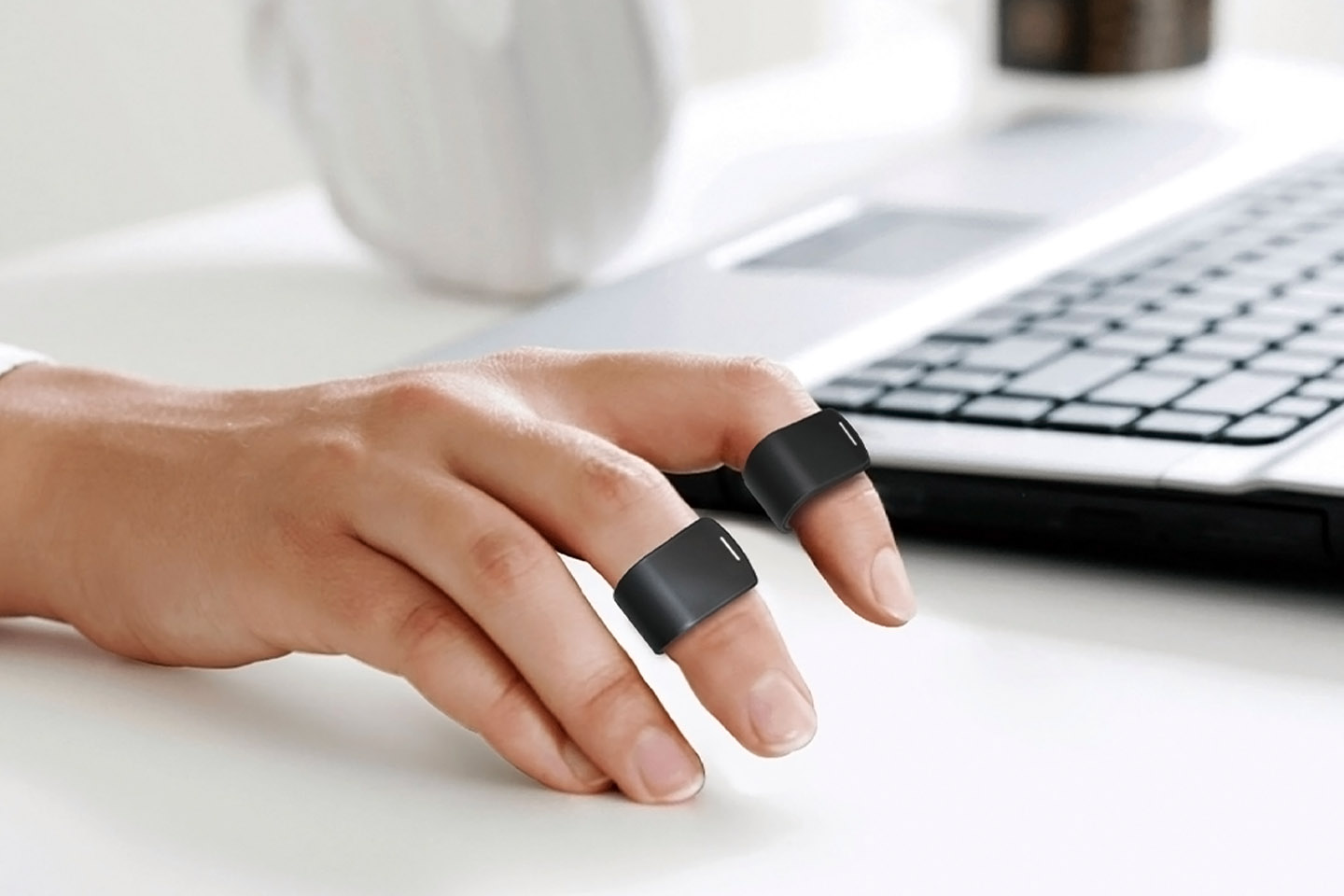
Wearable designs are currently in the limelight, with the Apple Watch Series 7 making the rounds almost everywhere. Everyone’s counting down the days until its release, and we thought it would be fun to explore some of the other cool wearable designs in the market! Wearable designs make our lives easier and more efficient in multiple ways! From smartwatches, Fitbits to even wearable furniture, innovative wearable designs can be valuable additions to our daily lifestyles. And, not to mention sometimes they’re really fun to use and trendy to wear as well! And, this collection of wearable designs are not only super easy to wear on your person, but also promise to make your everyday life easier, simpler, and effortless! From a wearable mouse ring designed to work at the tap of your fingers to a wearable assistive device designed to help stroke patients relearn muscle movements – these designs truly are the emerging tech trends of 2021!
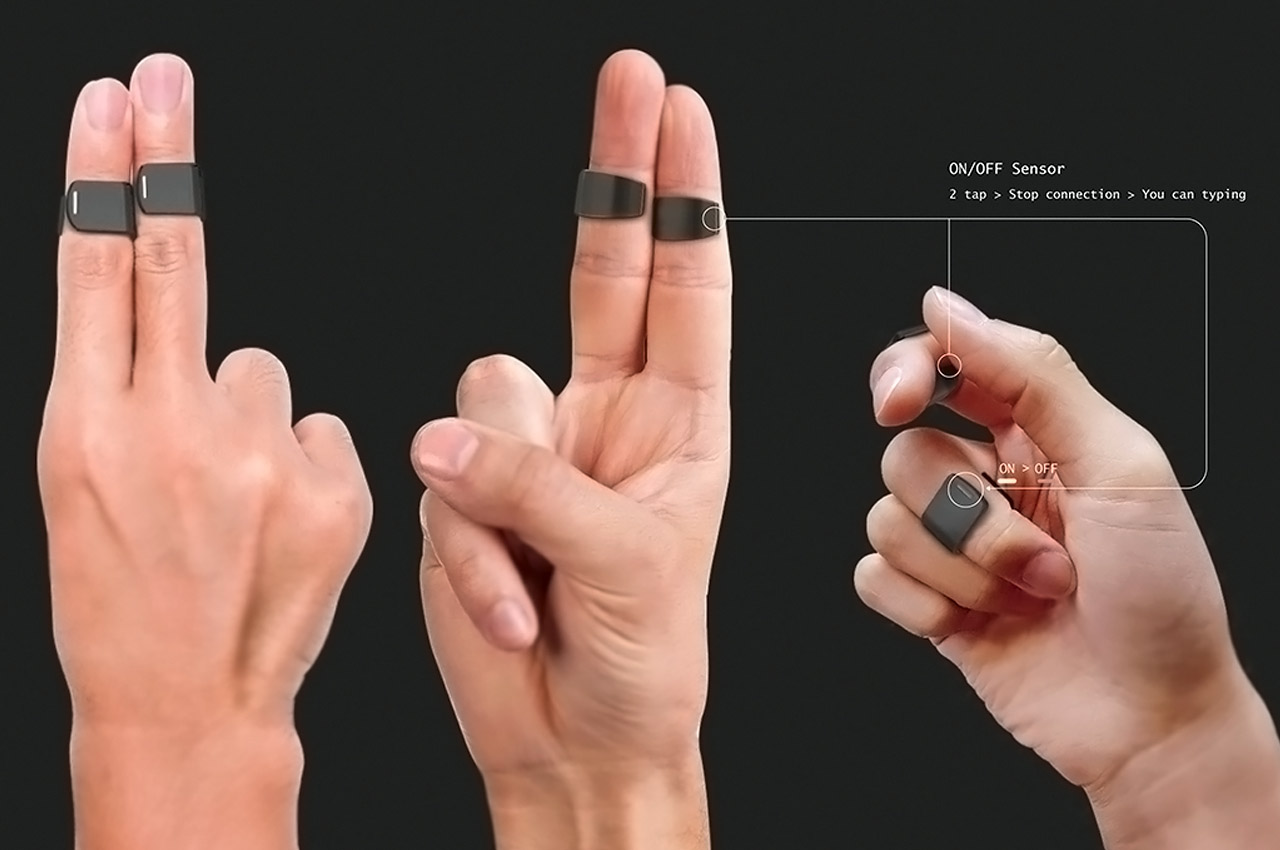
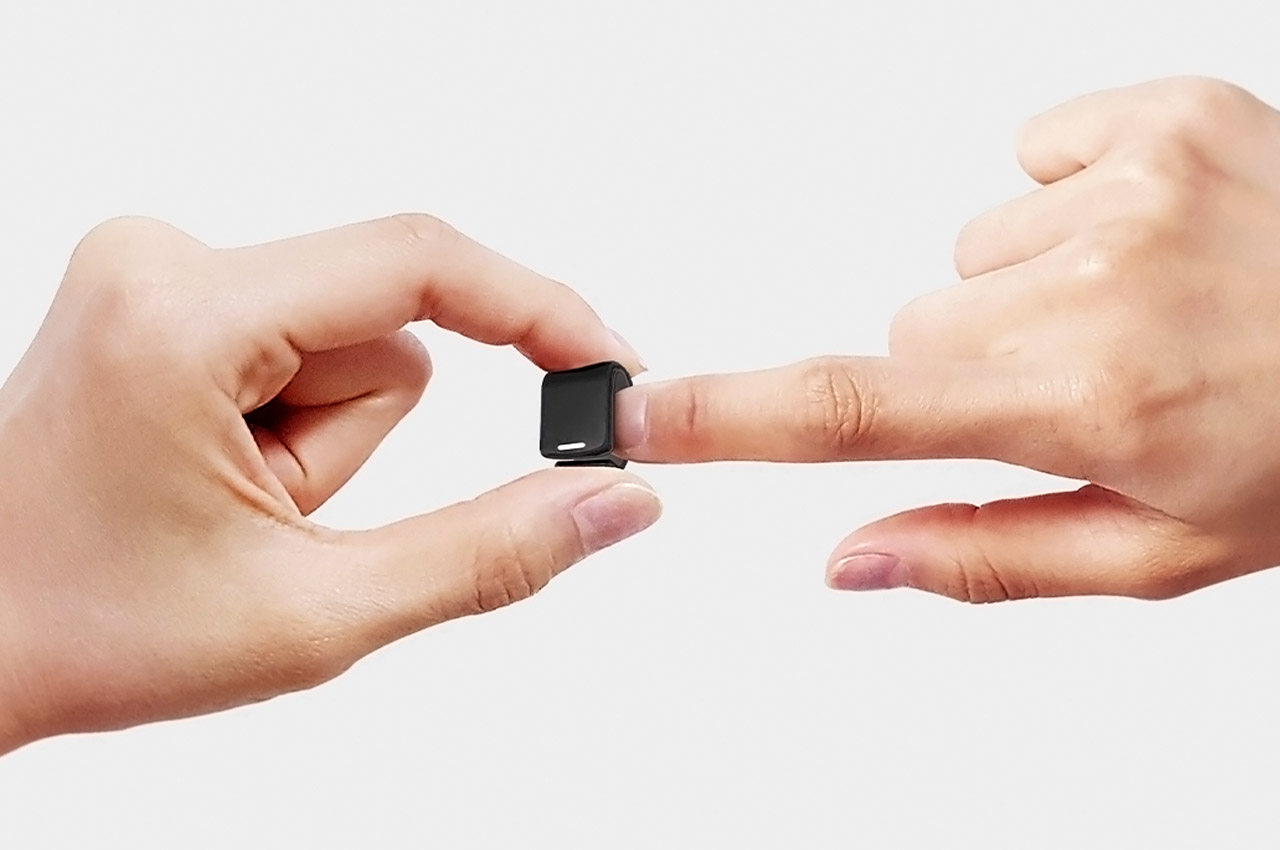
This wearable fitness tracker-looking ring is actually a mouse designed to be as lightweight as possible so there isn’t excess load on your joints. Usually, users experience the inconvenience of wrist pain, stiff fingers, or aching finger joints when using the traditional mouse. The weight and shape of the mouse initially don’t seem worth investing in for the user till these issues arise and that is what the designer wanted to address through the ring mouse. The PC market continues to grow and it means the need for an ergonomic lightweight mouse like this ring exists stronger than before as people take more notice of their health and well-being. The ring mouse’s design works intuitively, it reacts to the movements of the fingertips and does not interfere with the natural movement of the wrist since it is a wearable ring. Due to its unique shape for a mouse, it makes the experience smoother while reducing the stress on your wrists as it won’t be awkwardly bent at an angle for hours!
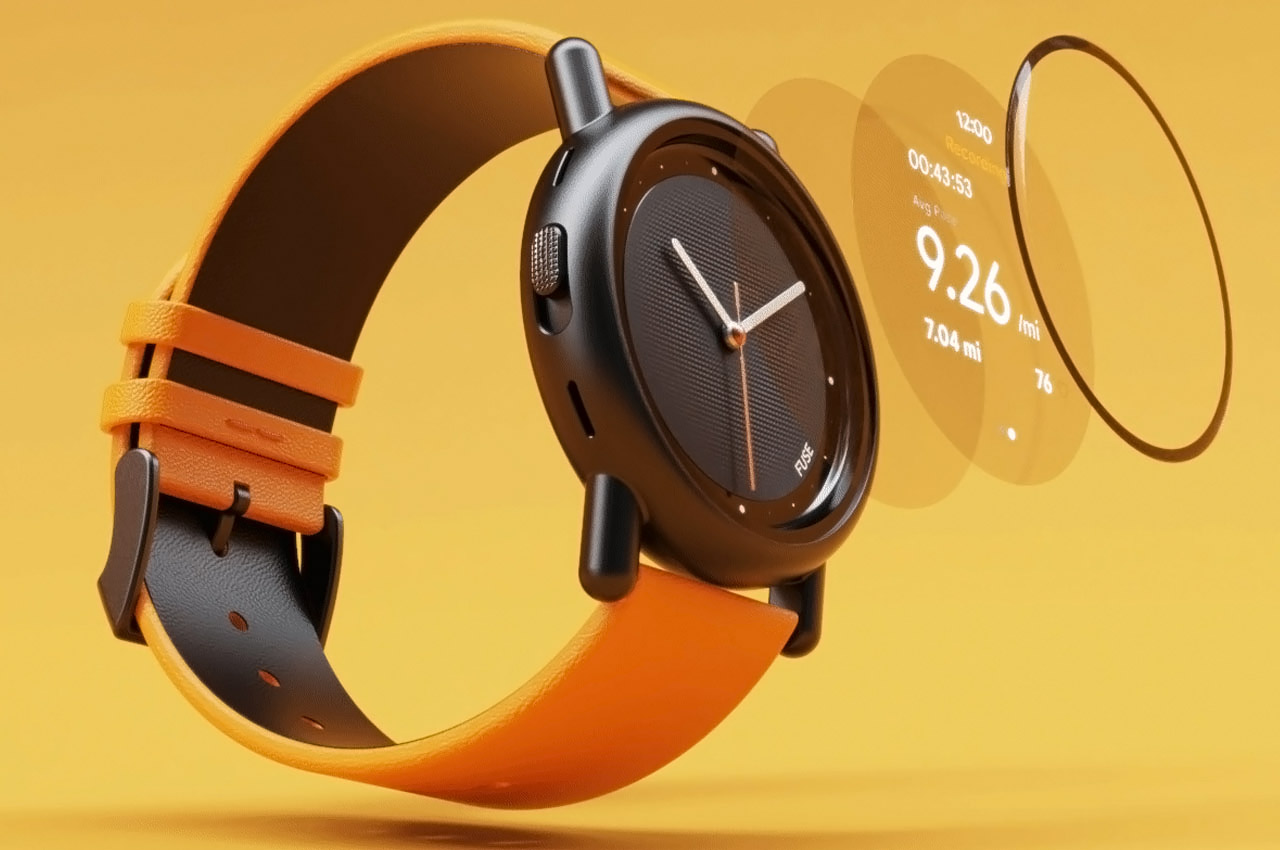
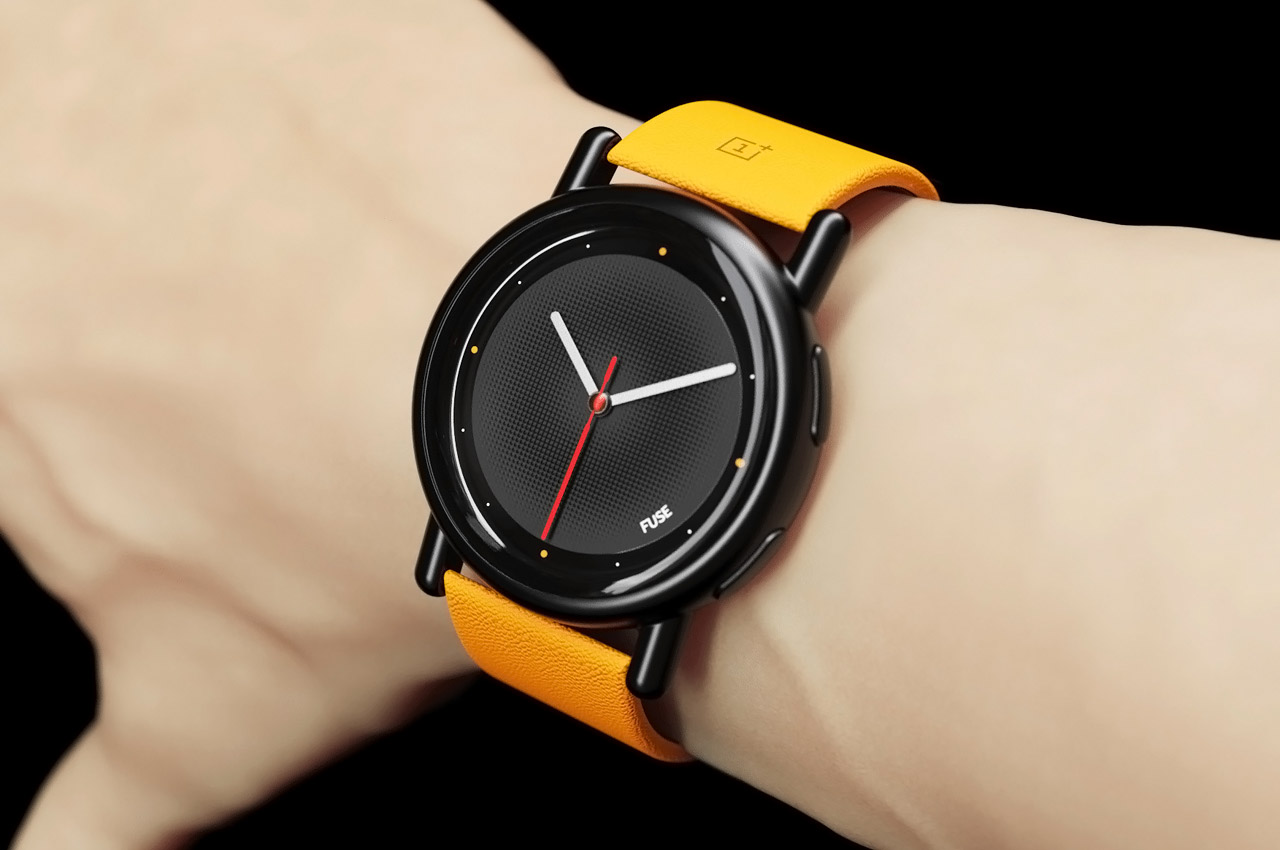
This OnePlus Concept One Watch could be the right direction for the brand to foray, if they want to dethrone the best ones like Apple Watch Series 6, Galaxy Watch 3, or Fitbit Sense. While on first look it might seem like any other smartwatch, there’s one thing that makes it stand out from the crowd. When the camera app is activated, the glass magically turns transparent to reveal the sensors otherwise hidden from plain sight. The Concept One Watch employs this technology to blur the lines between a classic analog watch with kinetic movement and modern-day smartwatch functionality. The Android WearOS watch is a perfect hybrid capable of satisfying proponents of classic watches and ones who like the more modern approach of the connected ecosystem of smartwatches.
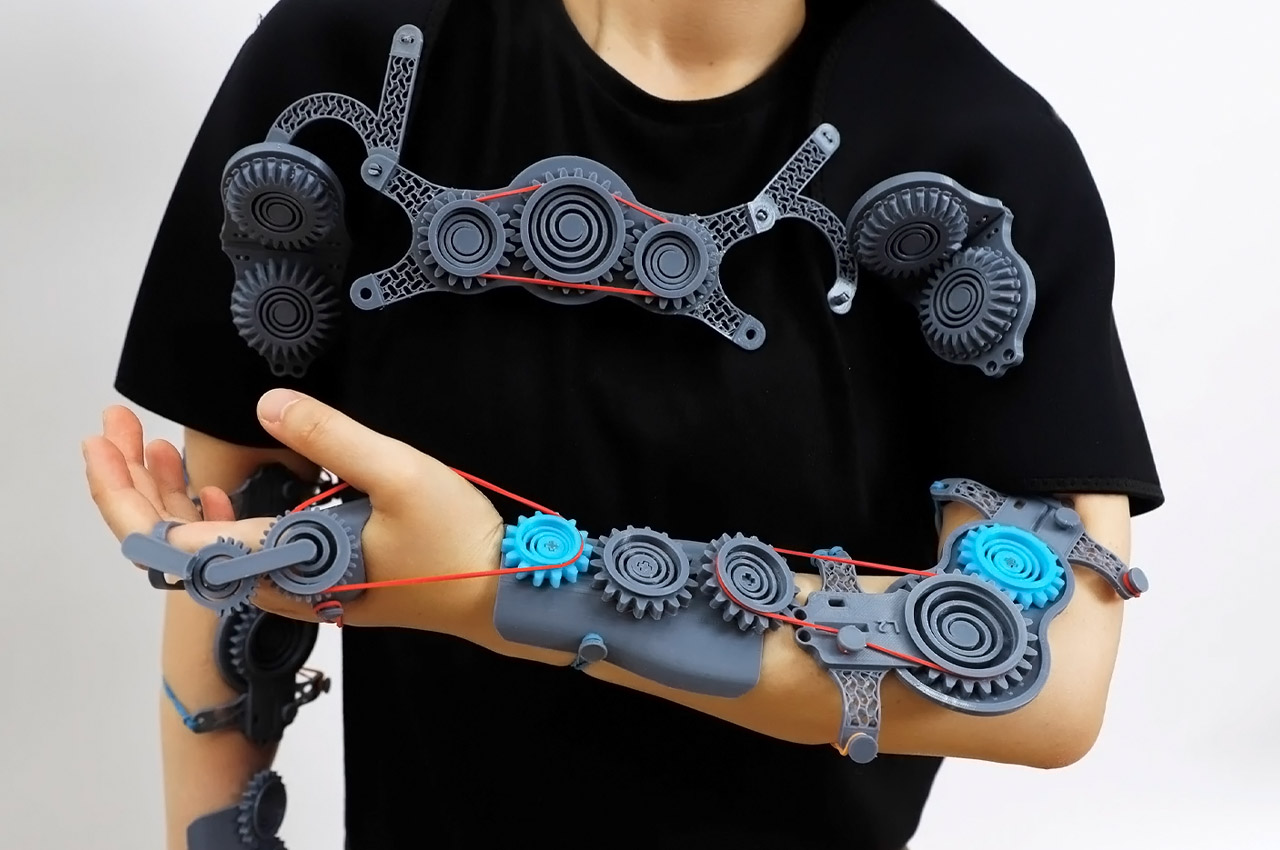
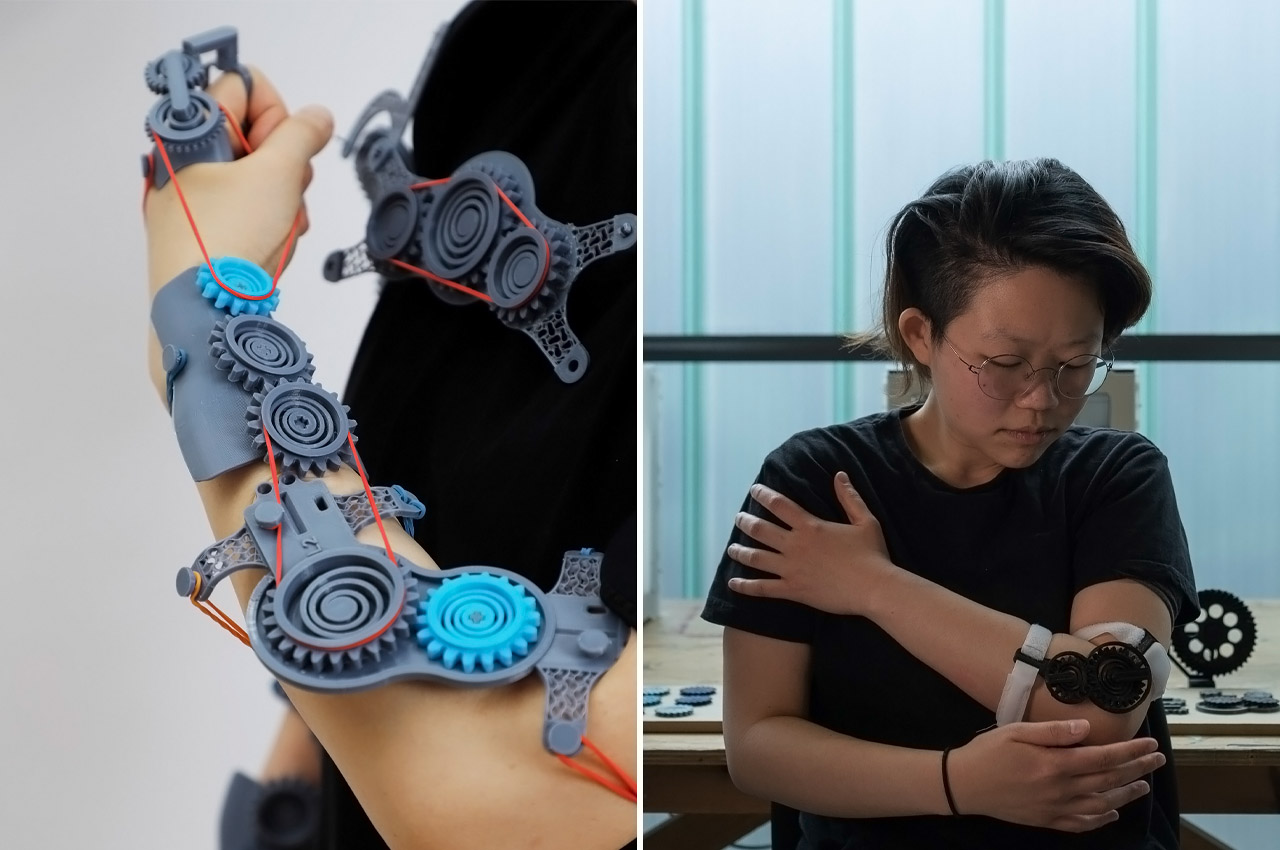
Rehap from Ka Man Choi is a wearable rehabilitative tool designed to aid stroke survivors in relearning basic muscle movements even in the comfort of their own homes. Choi integrated physical therapeutic exercises in Rehap like mirror movements and joint exercises to help stimulate the muscle memory of stroke patients. Stroke survivors wear Rehap as a sleeve or glove and configure the product’s modular gears with rubber bands to meet their level of recovery. Conceived to make rehabilitation more accessible, Rehap is also a less costly recovery option for stroke patients.
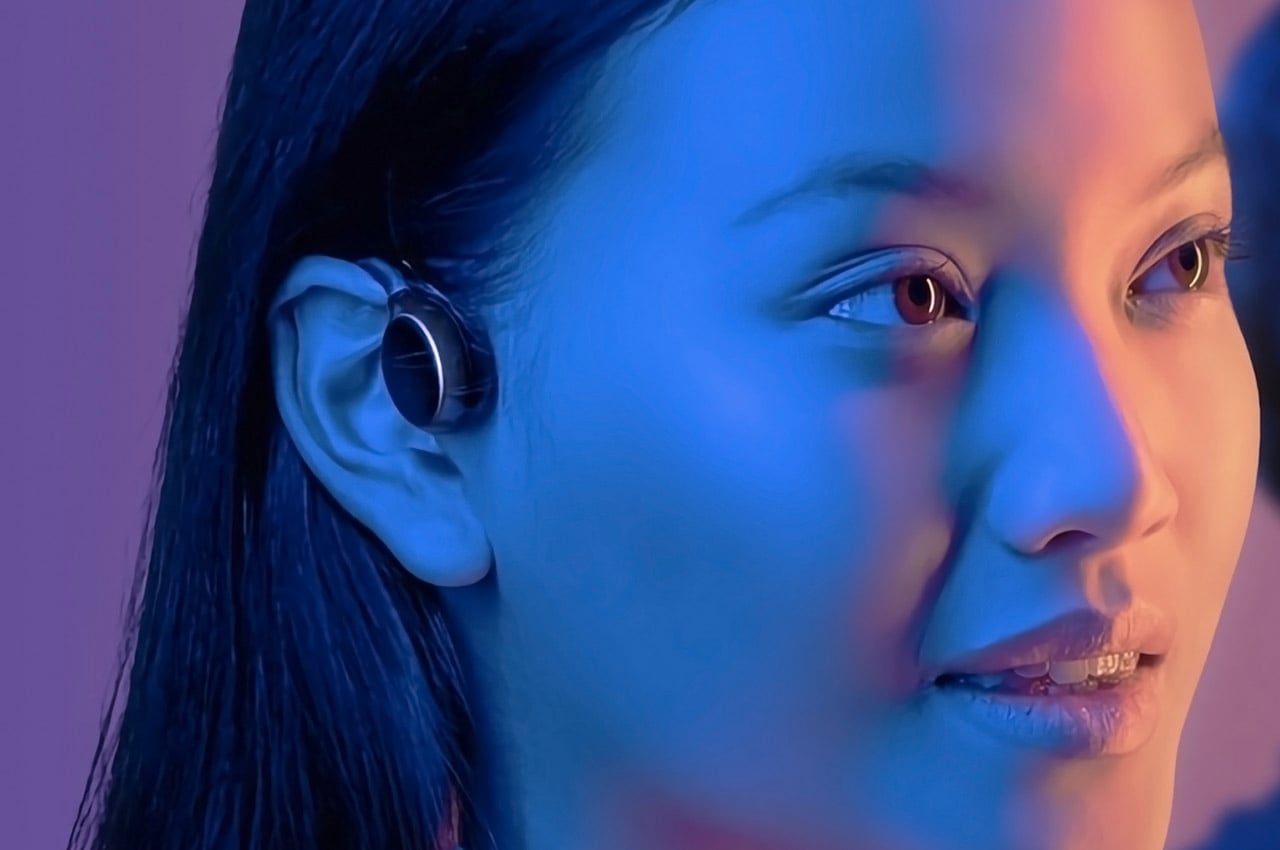
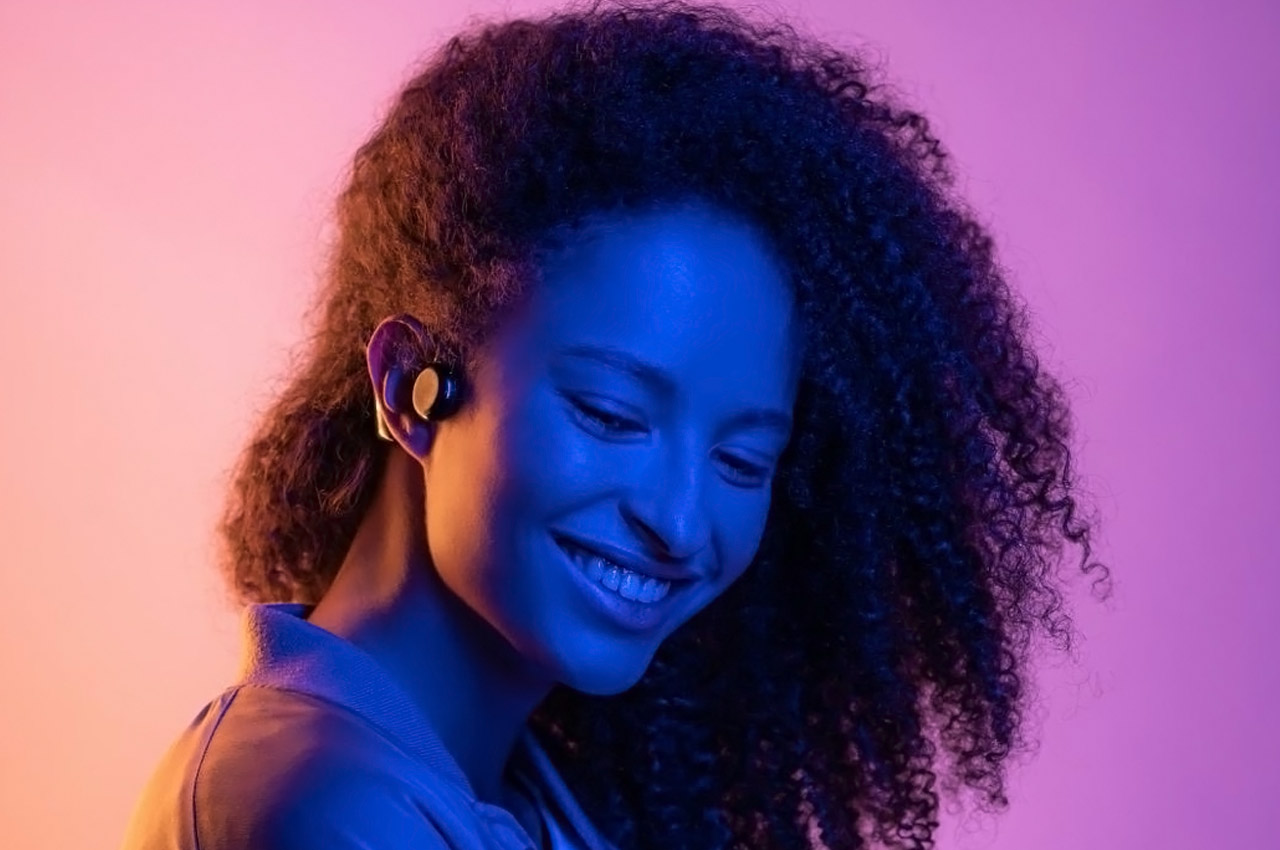
The Sentien Audio is probably one of the world’s first smart open-ear headsets. Relying on bone-conducting technology, the headset really doesn’t sit in your ear… instead, it rests on your sideburns, sending music directly into your inner ear by relaying audio vibrations to your temporal bone. The result is an audio experience that feels like sounds “are playing inside your mind”, according to one reviewer. The obvious benefit is that you don’t have to place physical earphones inside your ear and block out external sounds. Moreover, prolonged listening won’t cause any ear fatigue or eardrum damage, since the audio bypasses your eardrum and travels directly into your inner ear! In some instances, bone conducting technology even allows people with certain hearing disabilities to hear again. It’s sort of like having a brain implant that plays audio directly inside your brain…
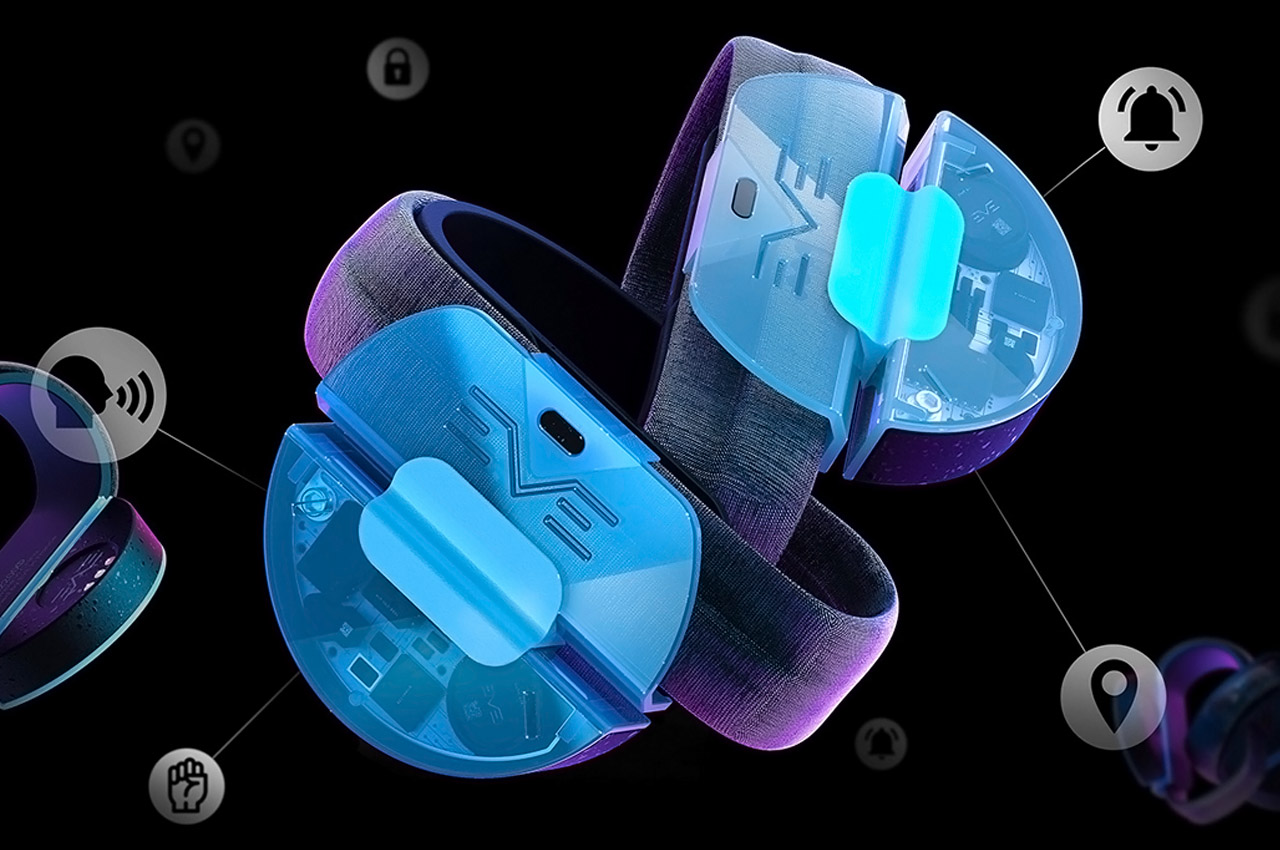
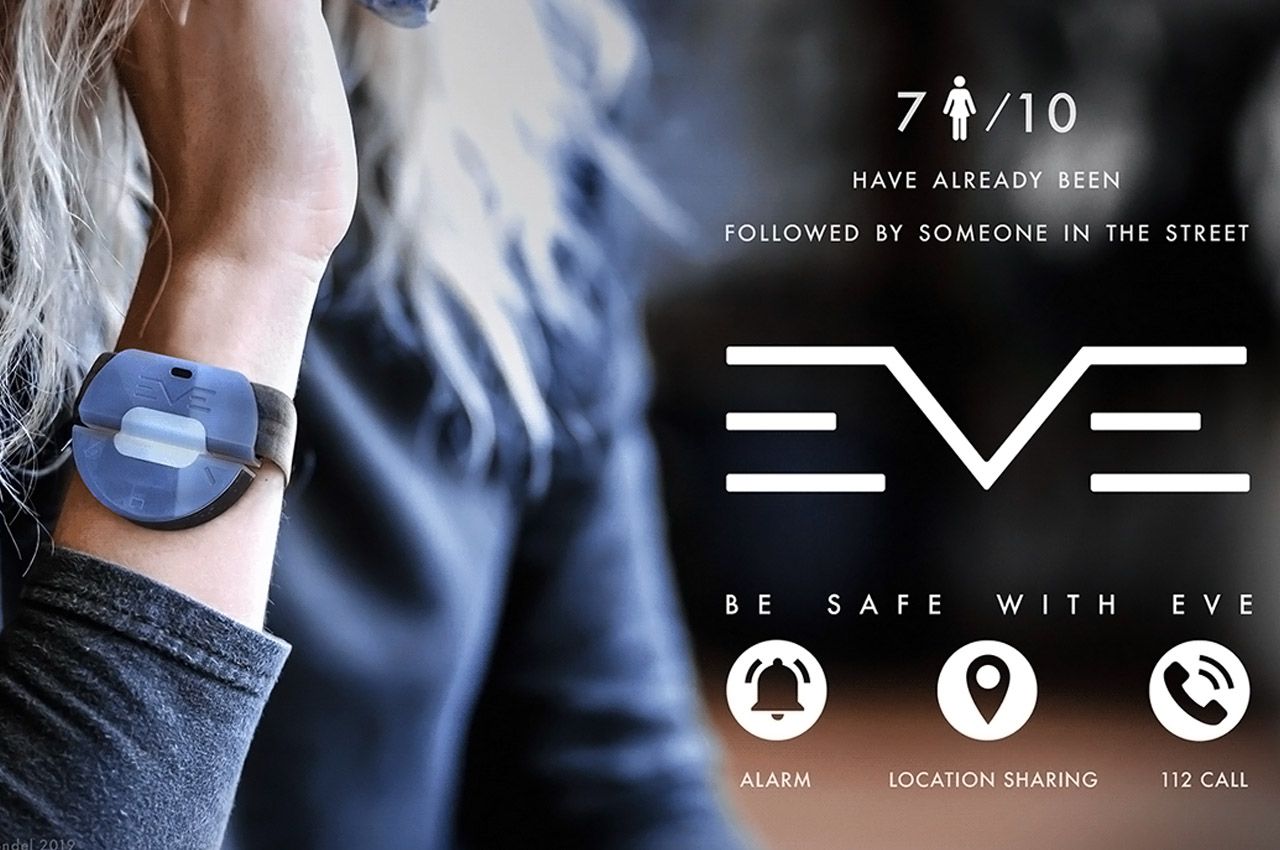
Mathilde Blondel, a student of France’s Université de Technologie de Compiègne created EVE, personal security and anti-aggression bracelet, after experiencing an assault on the streets of France. Once activated, EVE launches a 10-second alarm meant to discourage the attacker from continuing their assault and instantly calls the local police station, sending operators the location and live audio recordings of the attack. EVE follows a two-step activation process to launch the wristband’s emergency features. First, to unlock EVE and prepare it for activation, the user simply shakes their wrist repeatedly three to five times. Embedded inside the wristband, an accelerometer and gyroscope detect the shaking and rotation of the wrist, awakening the device and gearing it up for activation. Then, either by announcing previously recorded voice triggers or by placing pressure on the wristband’s sensors, the 110dB alarm sounds, and the police are called, sending live recordings of the assault to an emergency operator, along with the GPS location of the EVE user.
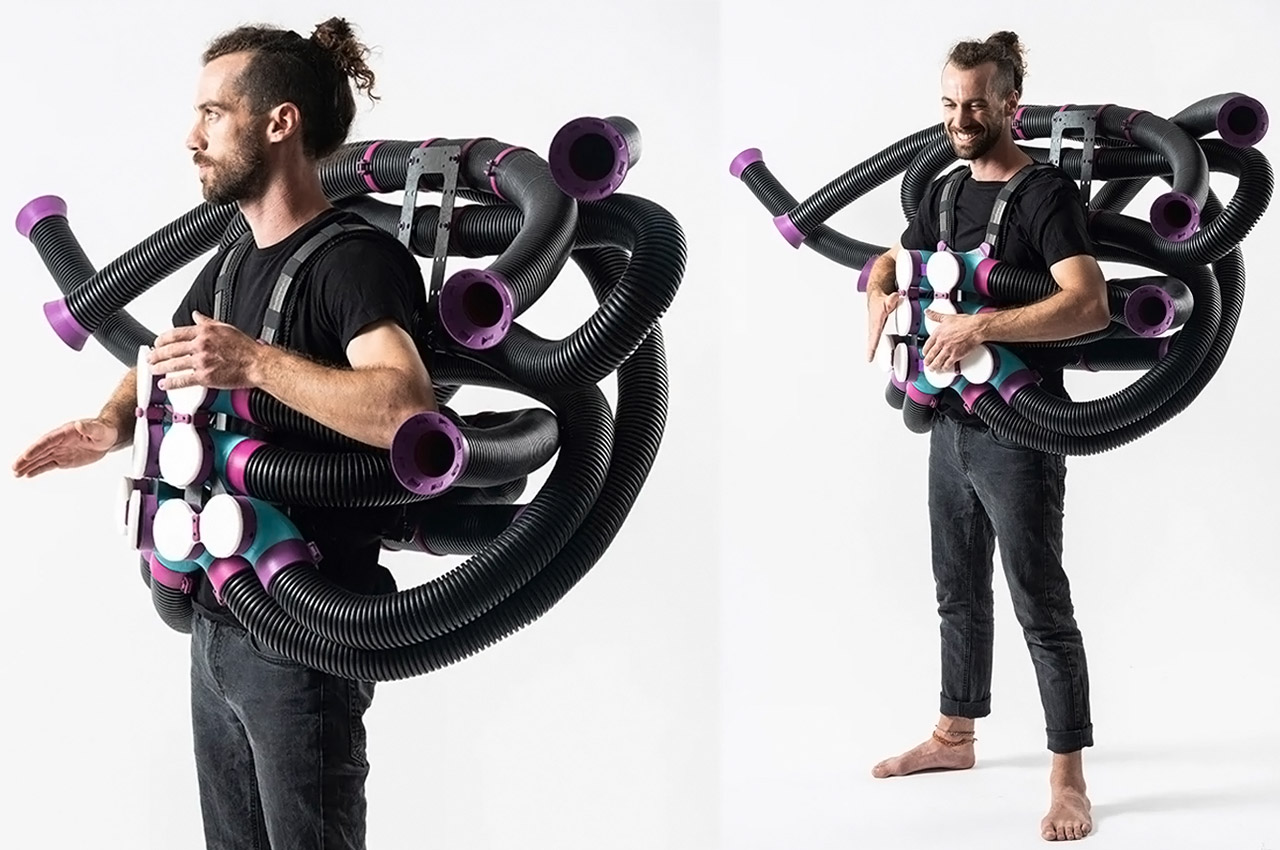
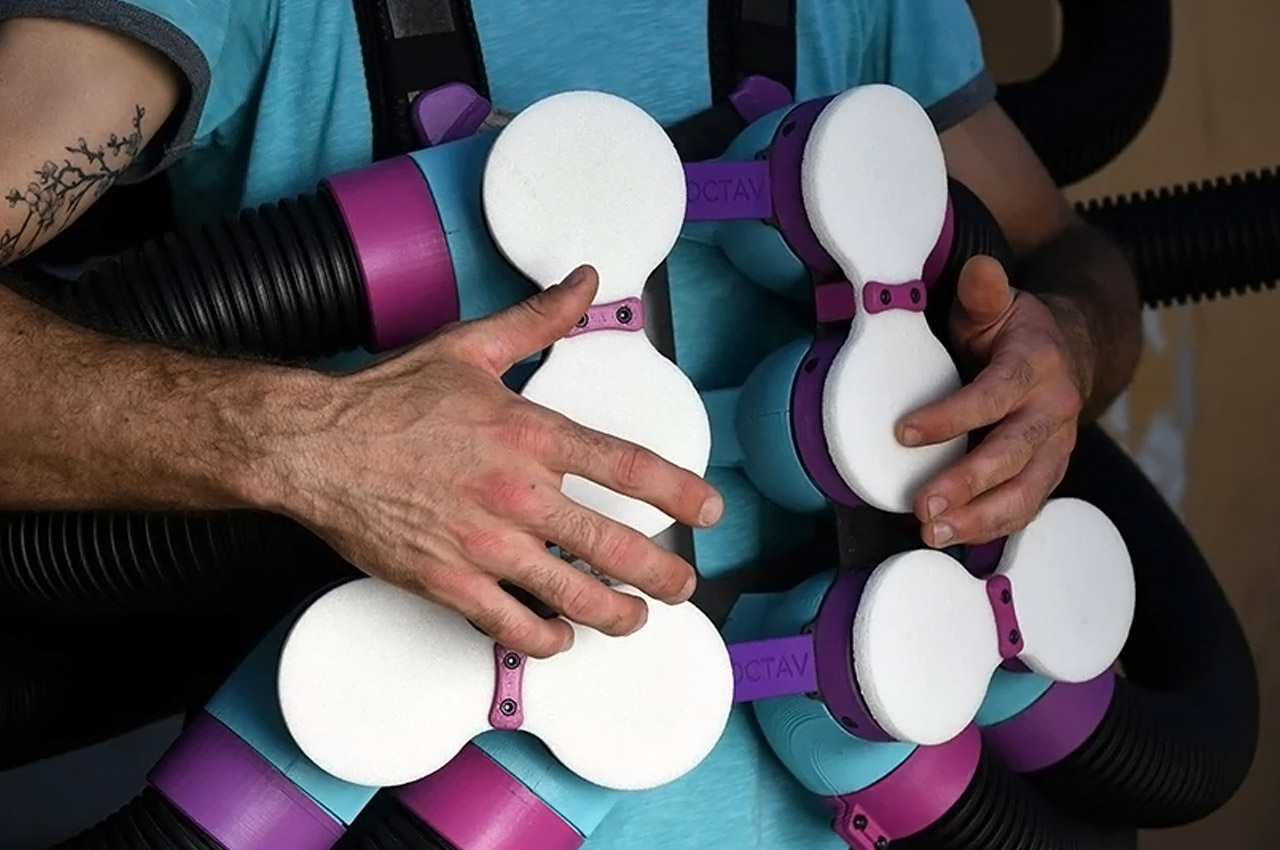
If you’ve ever come across a Tubulum, you know how cool it sounds, and the way it is made is nothing short of imaginative! Made out of a collection of tubes or PVC pipes, the DIY musical instrument’s sound is determined by the length of each pipe. So how could a Tubulum be bettered to look even more badass? It could take the shape of an OCTAV – a musical instrument that can be worn like a harness and give us those cool Dr. Otto Octavious vibes! Designed by Asaf Wainberg, the one-off musical instrument is purely out of the realms of cool DIY stuff that you can’t give a miss. Like the Tubulum, the OCTAV is made out of PVC pipes leading to six pads (like drums) that create sound. The principle here is that the sound generated by tapping on the pads depends on the length and circumference of the pipes attached to it. And the whole thing is fixed onto a harness so you can move around with it.
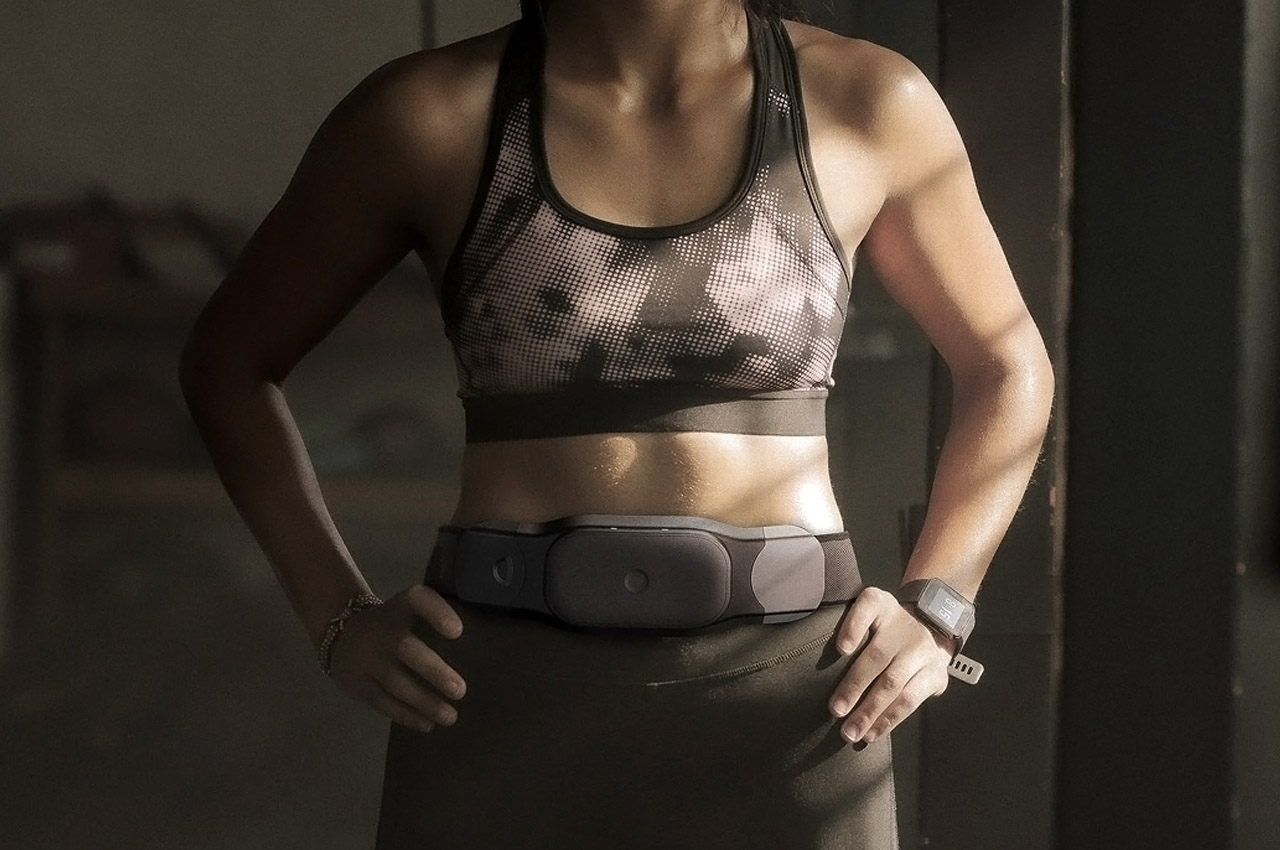
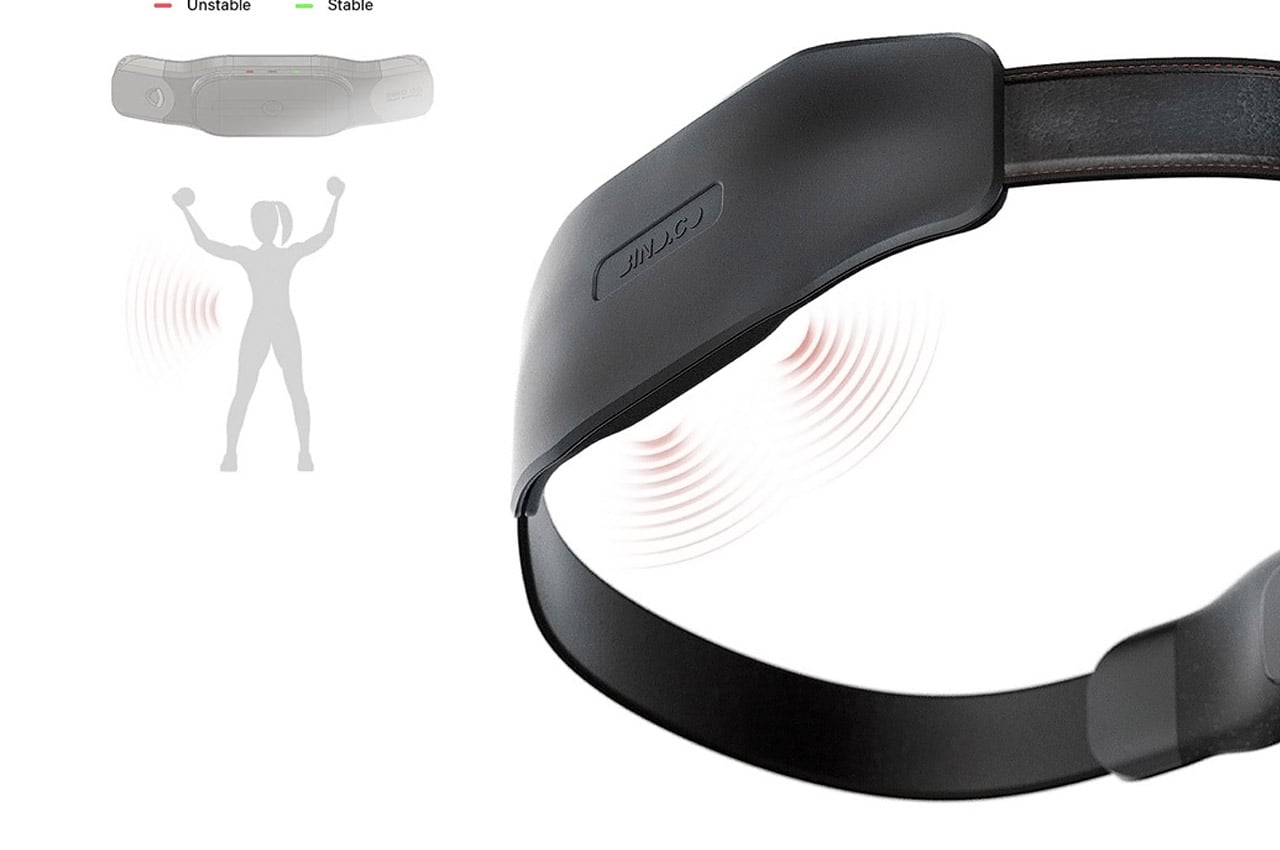
Industrial designer SangWoon Kim has reimagined the traditional waist support belt as a smart wearable to protect the lumbar spine better. Basically, it functions like any standard belt to compress the waist and isolate our breathing patterns. The striking difference is the ability to tighten the belt automatically, depending on the intensity of the workout and the user’s breathing pattern. Kim calls it the BIND.CO belt and this workout accessory come in handy for any exercise mode and intensity. The innovation will be godsent for beginners who are still learning about the exact tightening of the belt needed for their workout. Thanks to the embedded sensors, the smart belt tightens during exercise and loosens at the time of rest between activities.
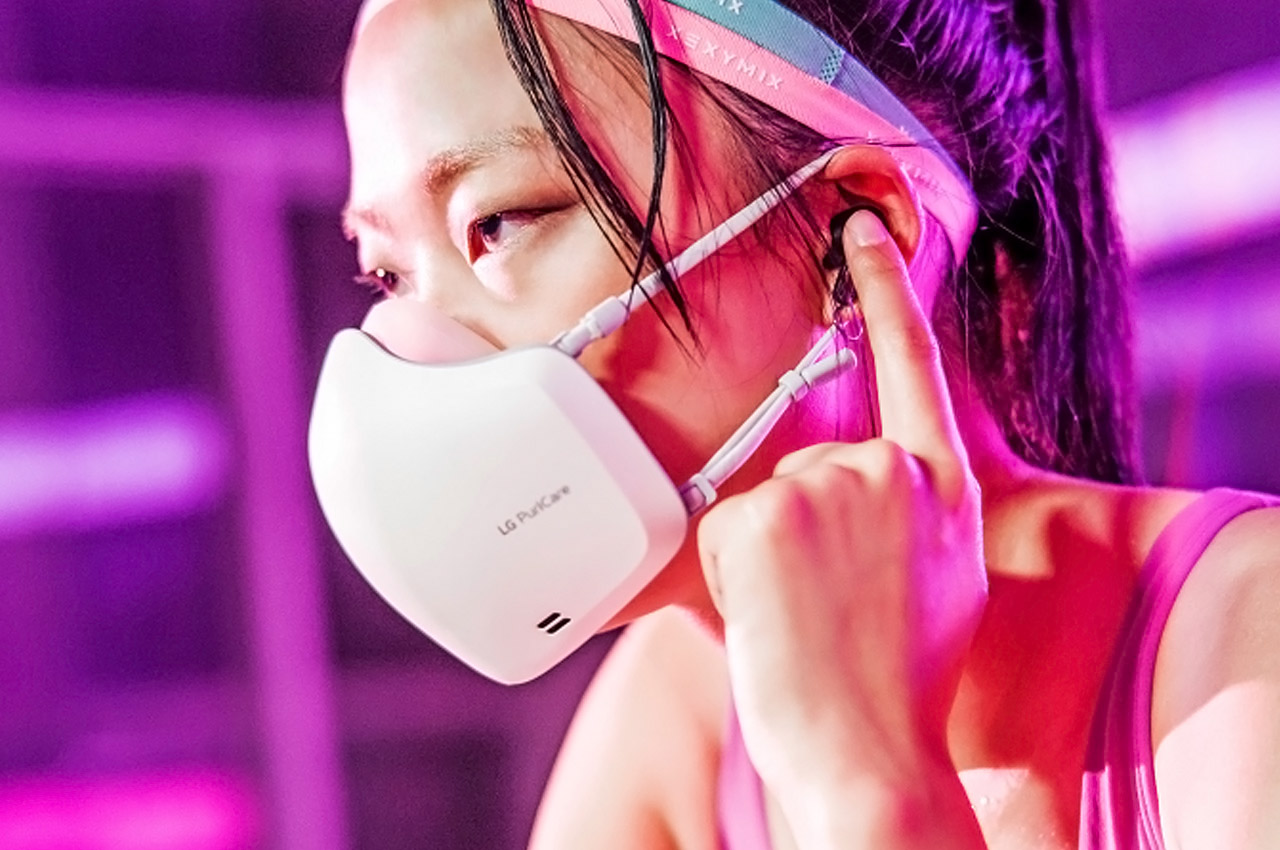
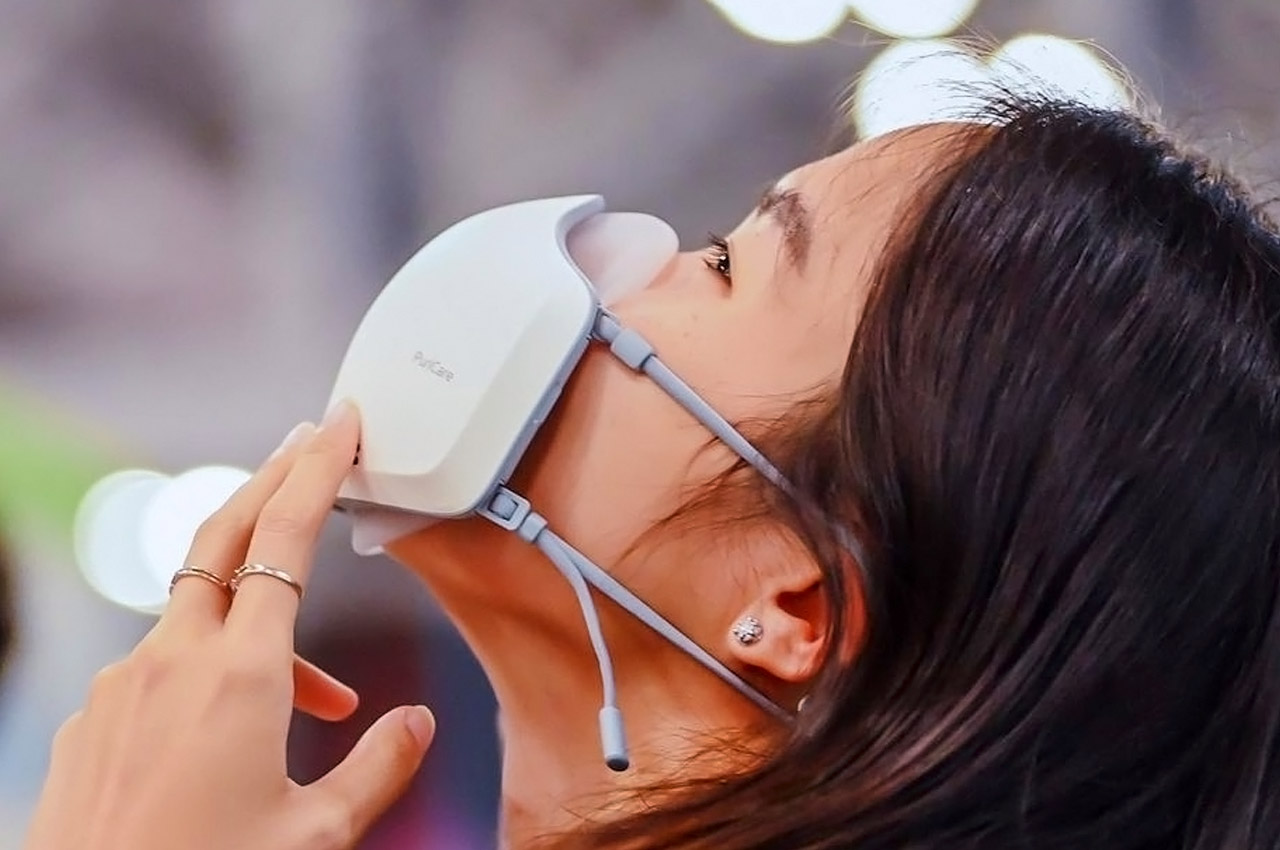
LG is another big name that forayed into developing a high-tech face mask last year and has been improving the design and function of the beta model ever since. Now they’ve announced the latest version of the PuriCare Wearable Air Purifier (that’s an odd naming convention) that had three fans and a couple of HEPTA filters to keep most pathogens out. The new face mask has a smaller and lighter motor and built-in microphones and speakers. The latter helps in automatically amplifying the wearer’s voice when talking, courtesy of the VoiceON technology. For that matter, the techno Razer Project Hazel face mask has a similar tech to make communication easier. The improvements on the LG PuriCare don’t stop there as it weighs just 94 grams now and has a 1,000mAh battery with a recharge time of two hours.
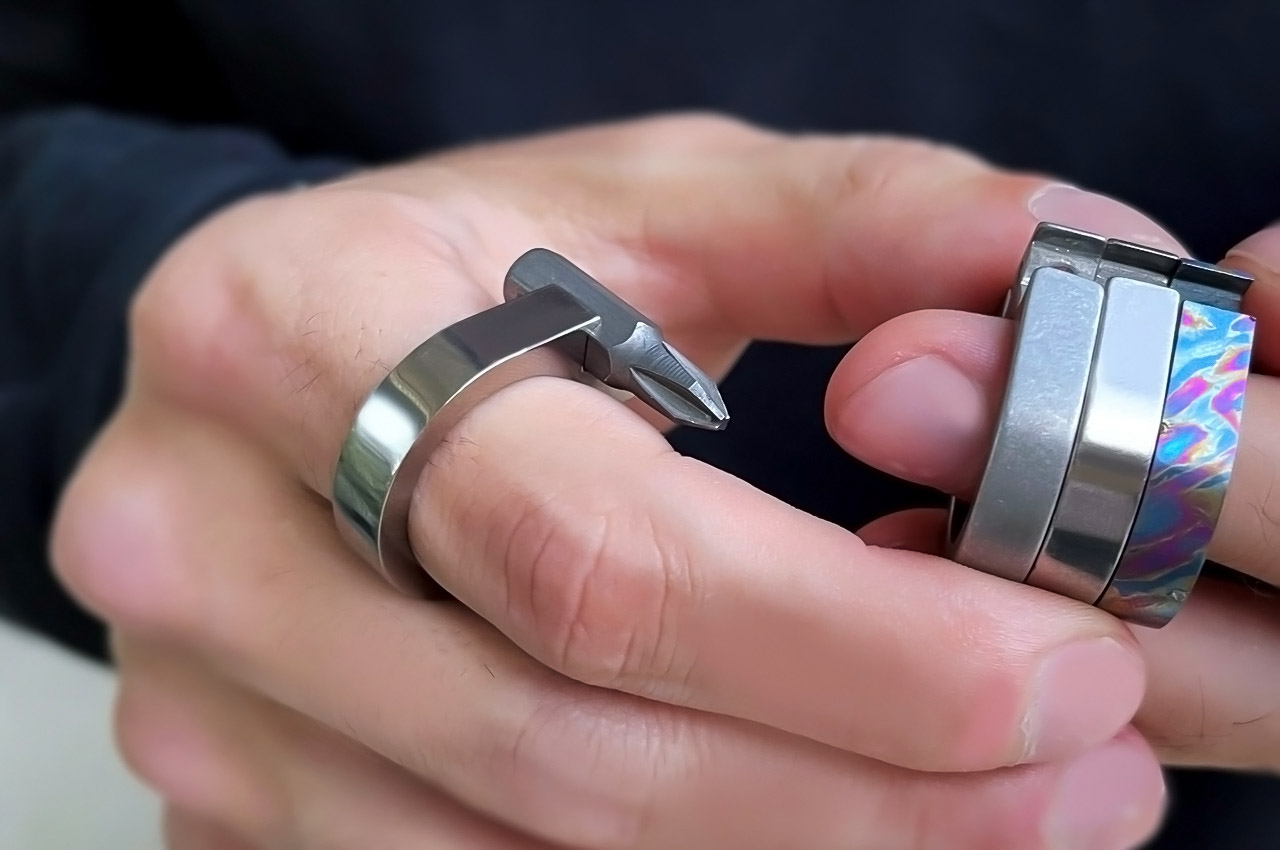

The Tool Ring is a nifty EDC that you slip onto your fingers, and instantly gain all sorts of superpowers – from opening bottles to tightening screws, and even signing documents! Built from Titanium, you can fit a whole set of hex-bits into the Tool Ring (they come along with it). These hex-bits include a Philips-head screwdriver, a ballpoint pen, a box-cutter, and a flashlight. Three hexagonal slots in the ring allow you to slide the various hex-bits into it, enabling you to use the instrument of your choice! The top slot offers the most functionality, allowing you to do things like twist screws, point the flashlight, or even cut open boxes with a fair deal of dexterity. The Tool Ring is an amazing piece of EDC, incorporated into the form of jewelry, allowing you to utilize a variety of tools, without having to handle the actual instruments. How cool is that?
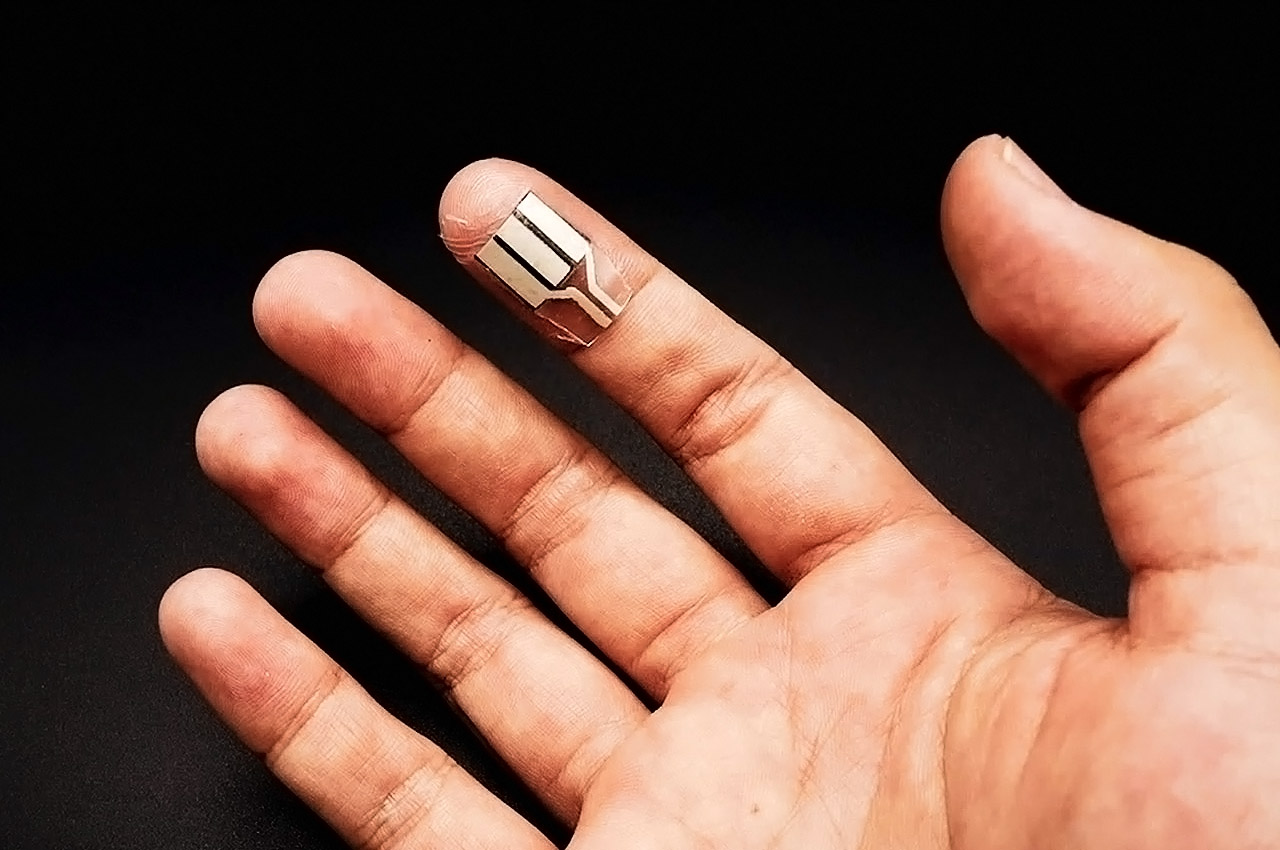
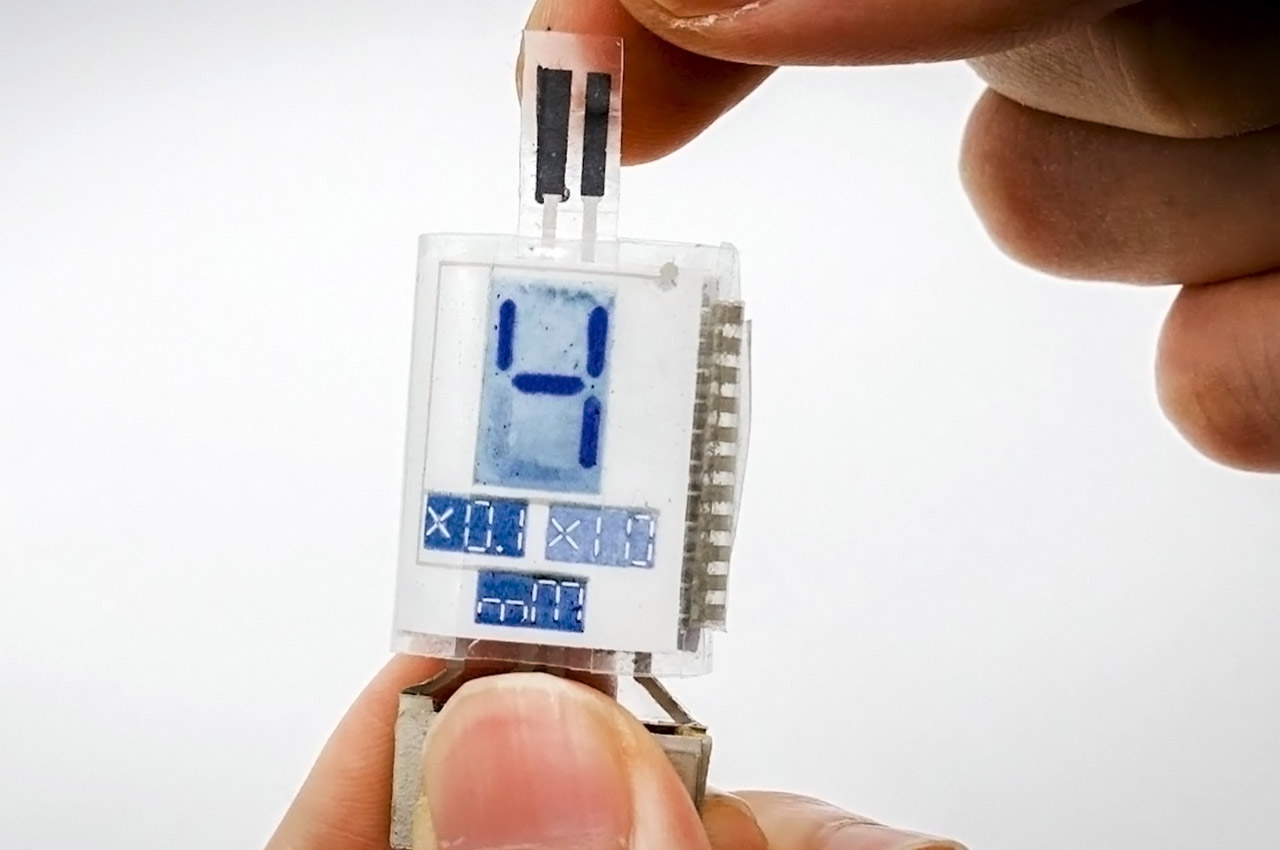
This thin Band-Aid-like energy harvester developed by the team of engineers at the University of California, San Diego, could be the answer to powering our gadgets in the future. Of course, there are other similar prototype wearables we’ve seen in the past, including some by the UC San Diego team itself, but this one is different. The thin, flexible strip worn on the finger can generate energy when you are sleeping or simply doing nothing since the sweat from your body powers it. As the fingertips produce exponentially more sweat than any other body part, they are virtually an abundant source to put to good use. The strip has carbon foam electrodes that absorb the sweat, and a chemical reaction is initiated between the lactate and oxygen molecules. The result is electricity generation that’s stored in capacitors to power our modern power-hungry wearables.

